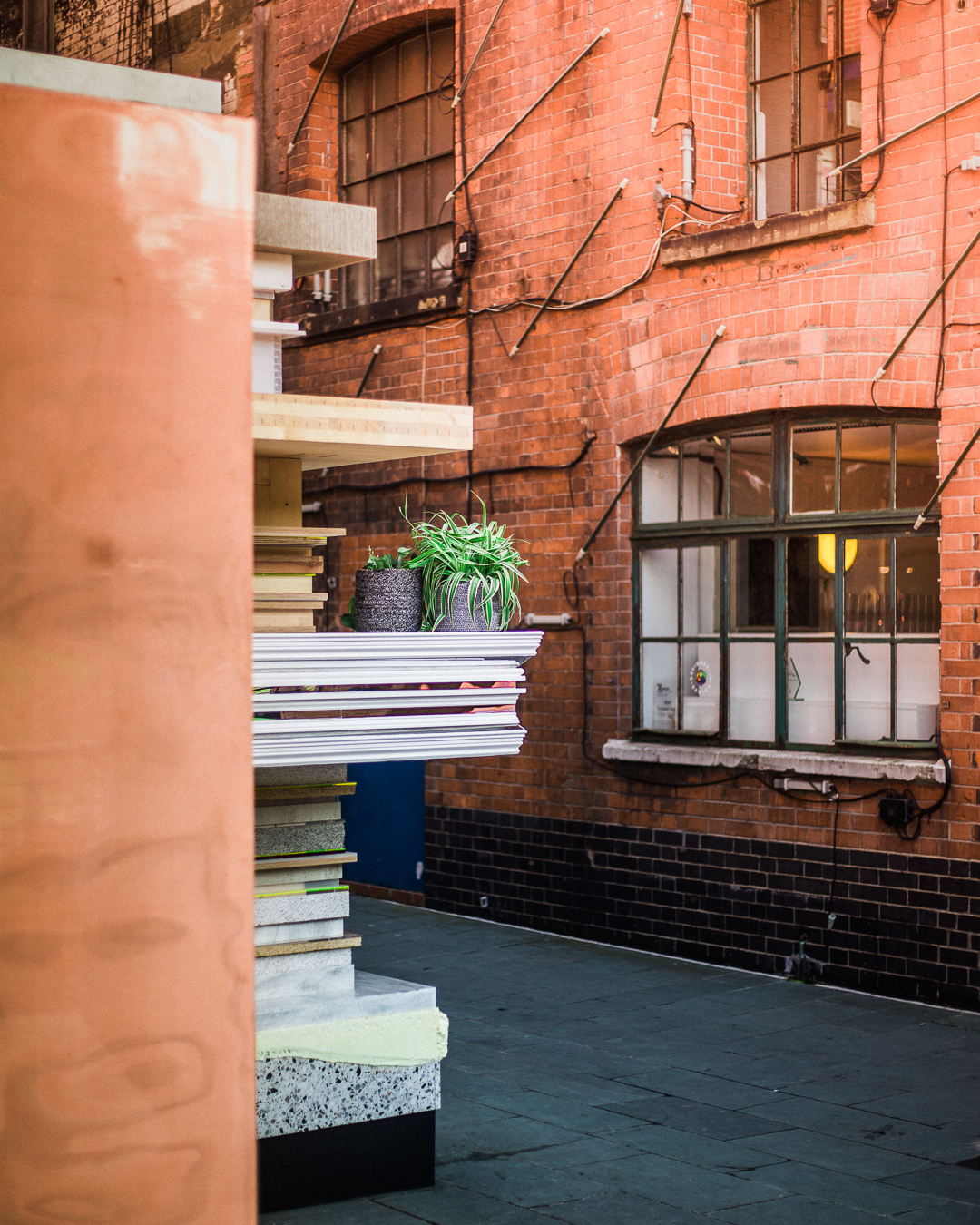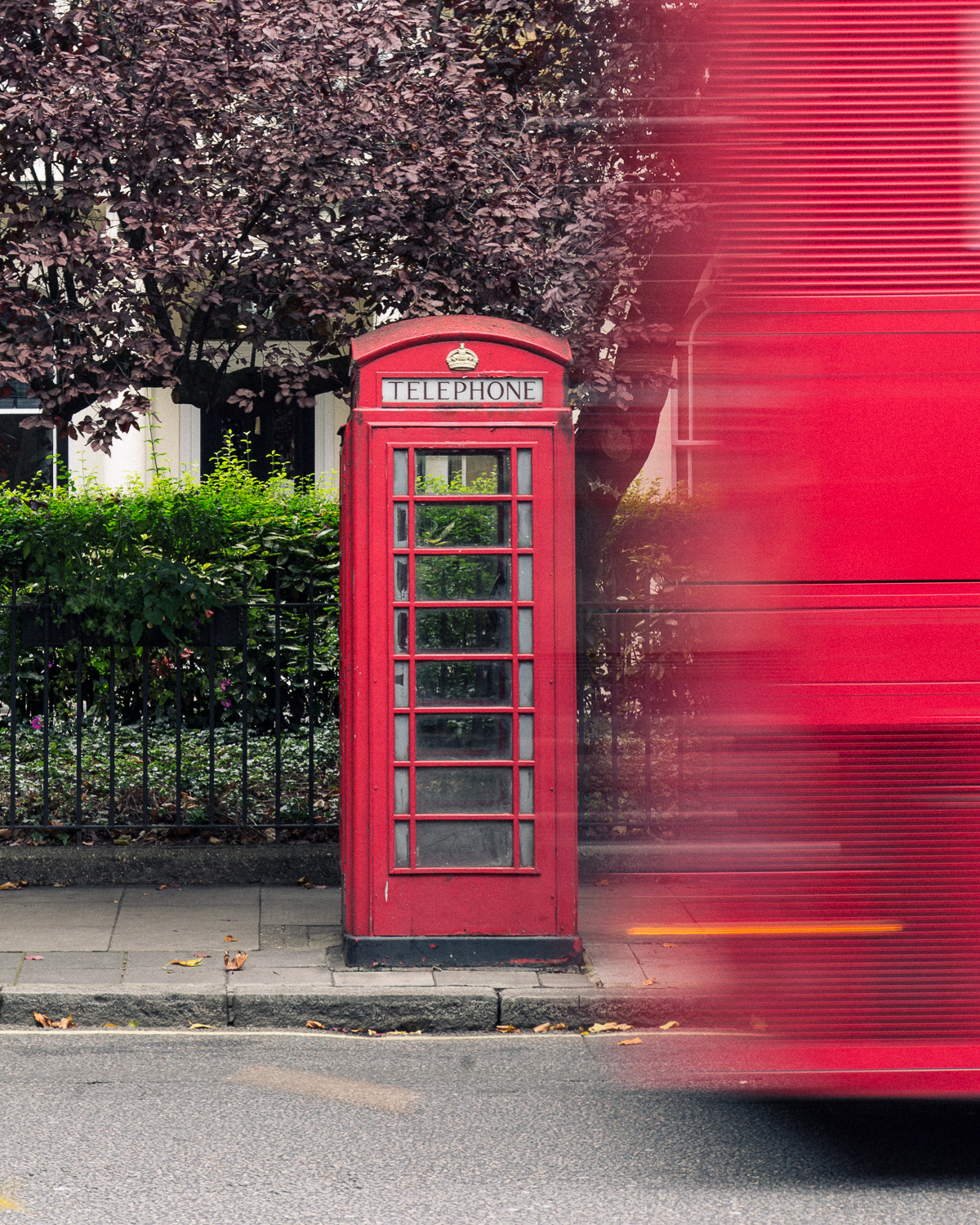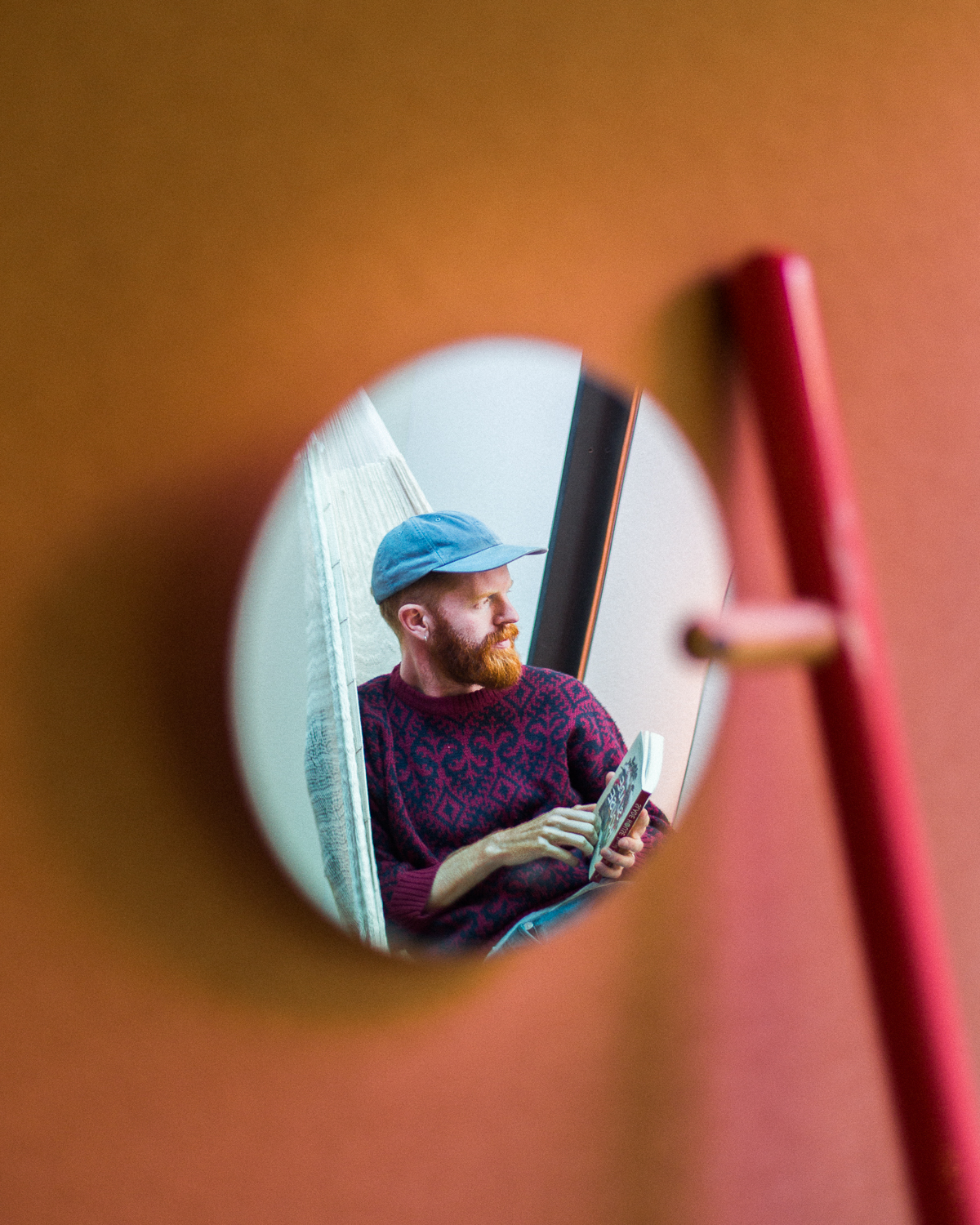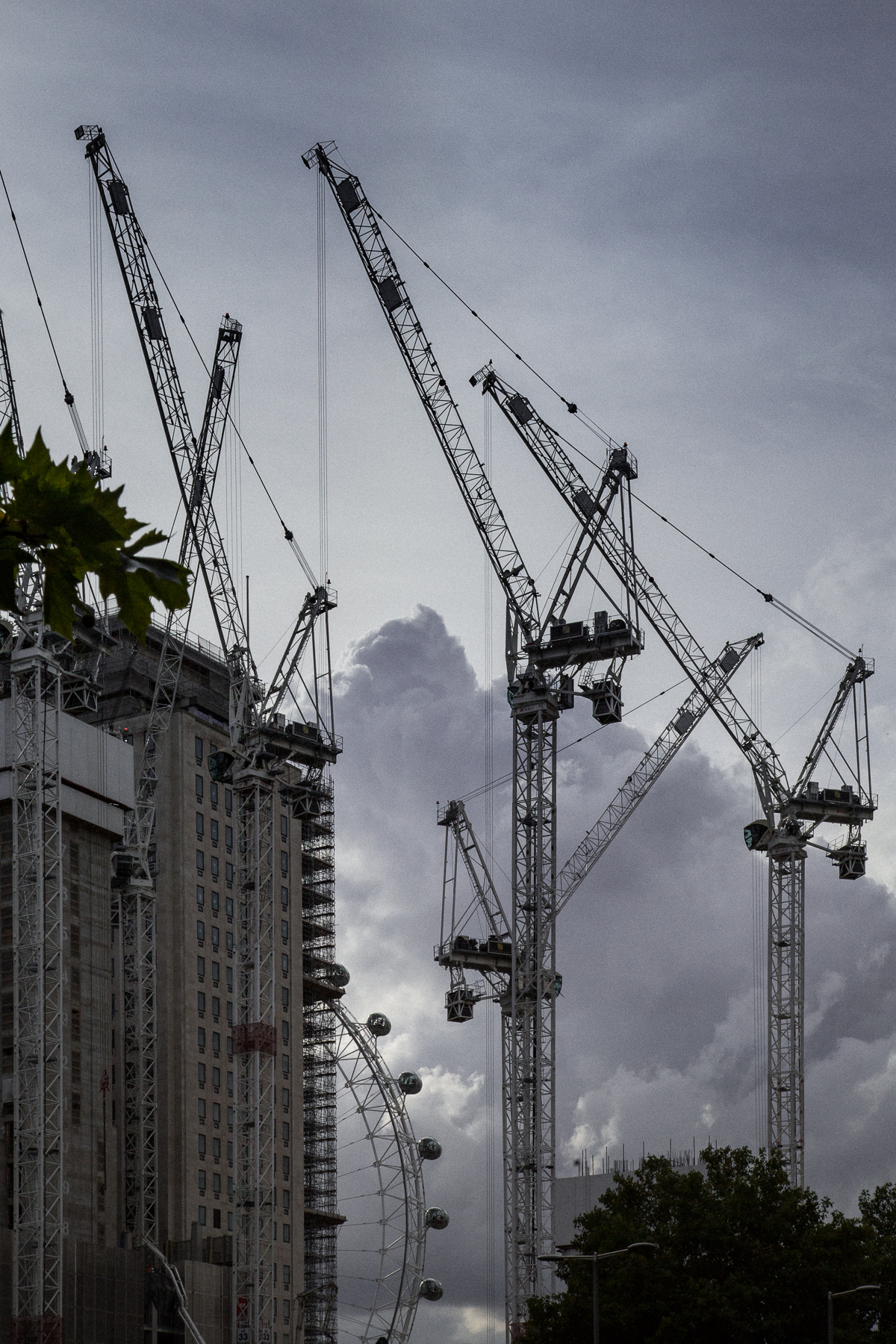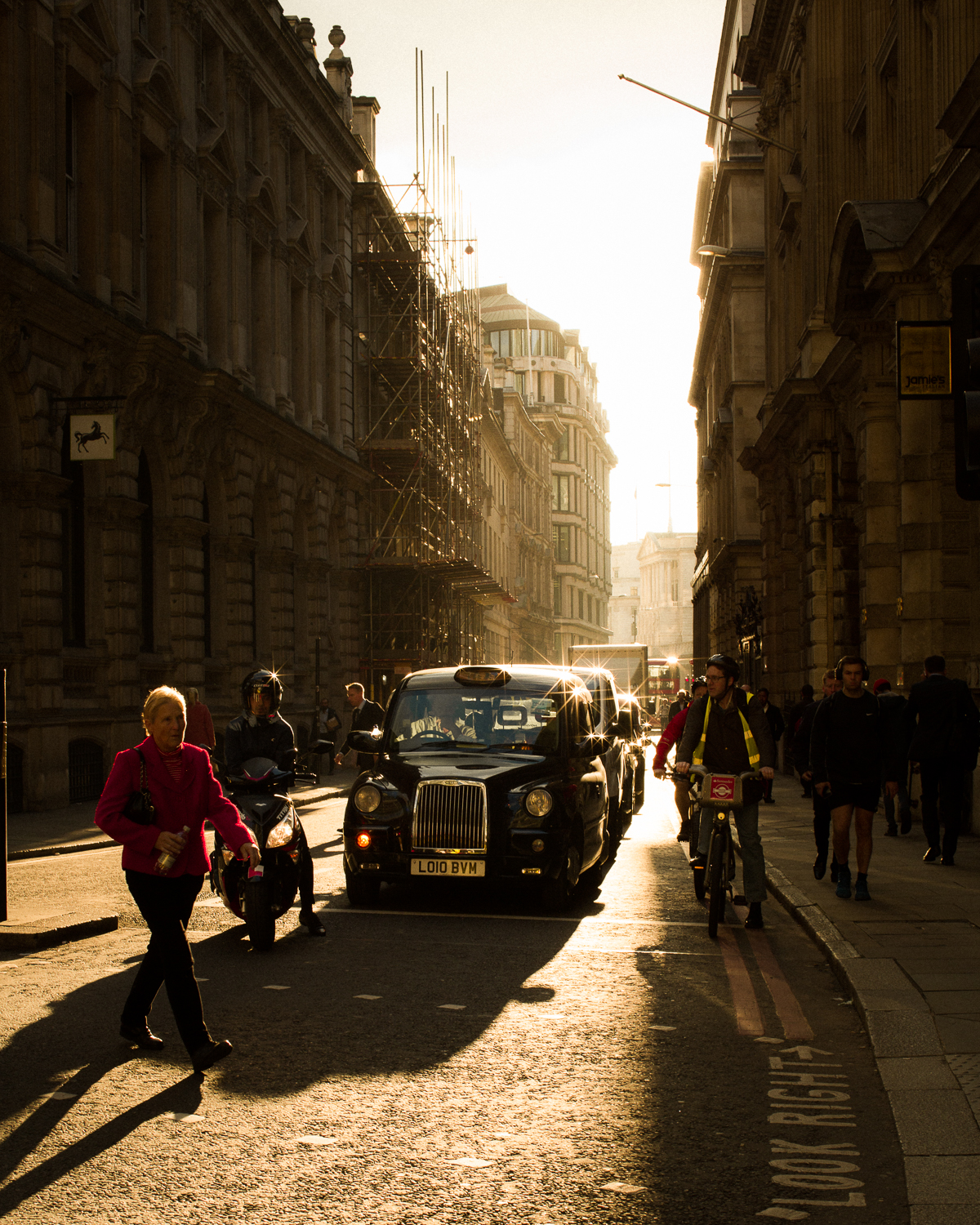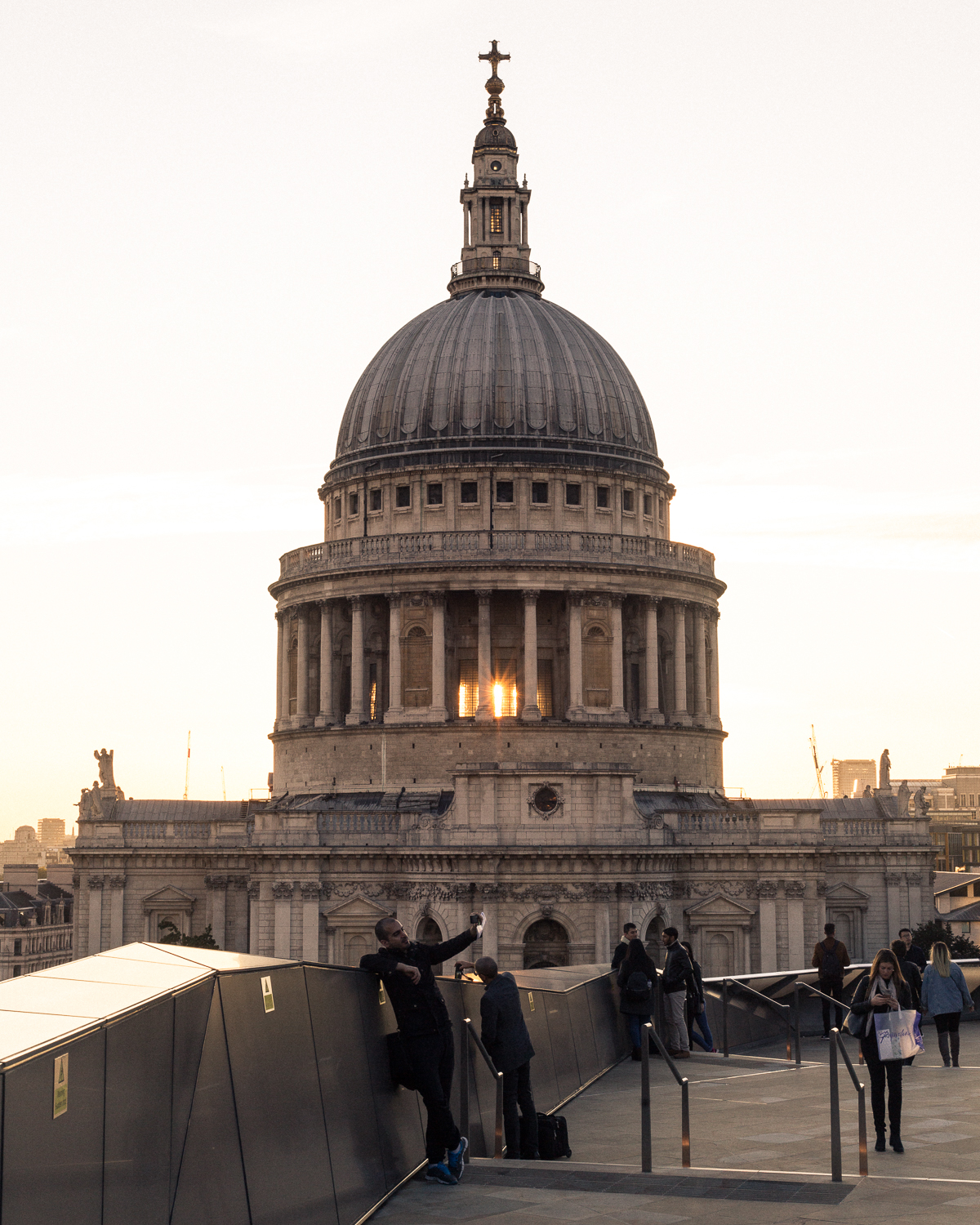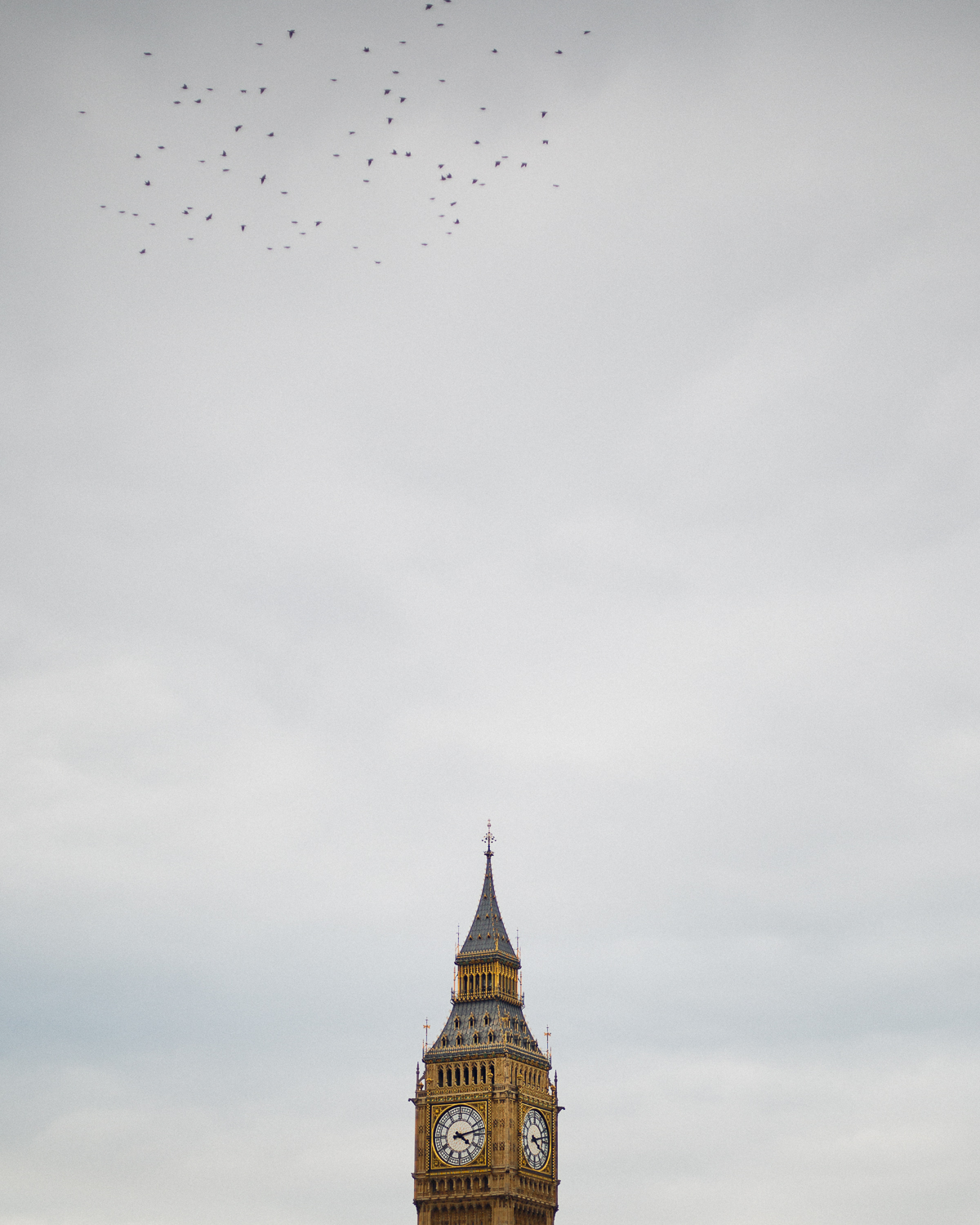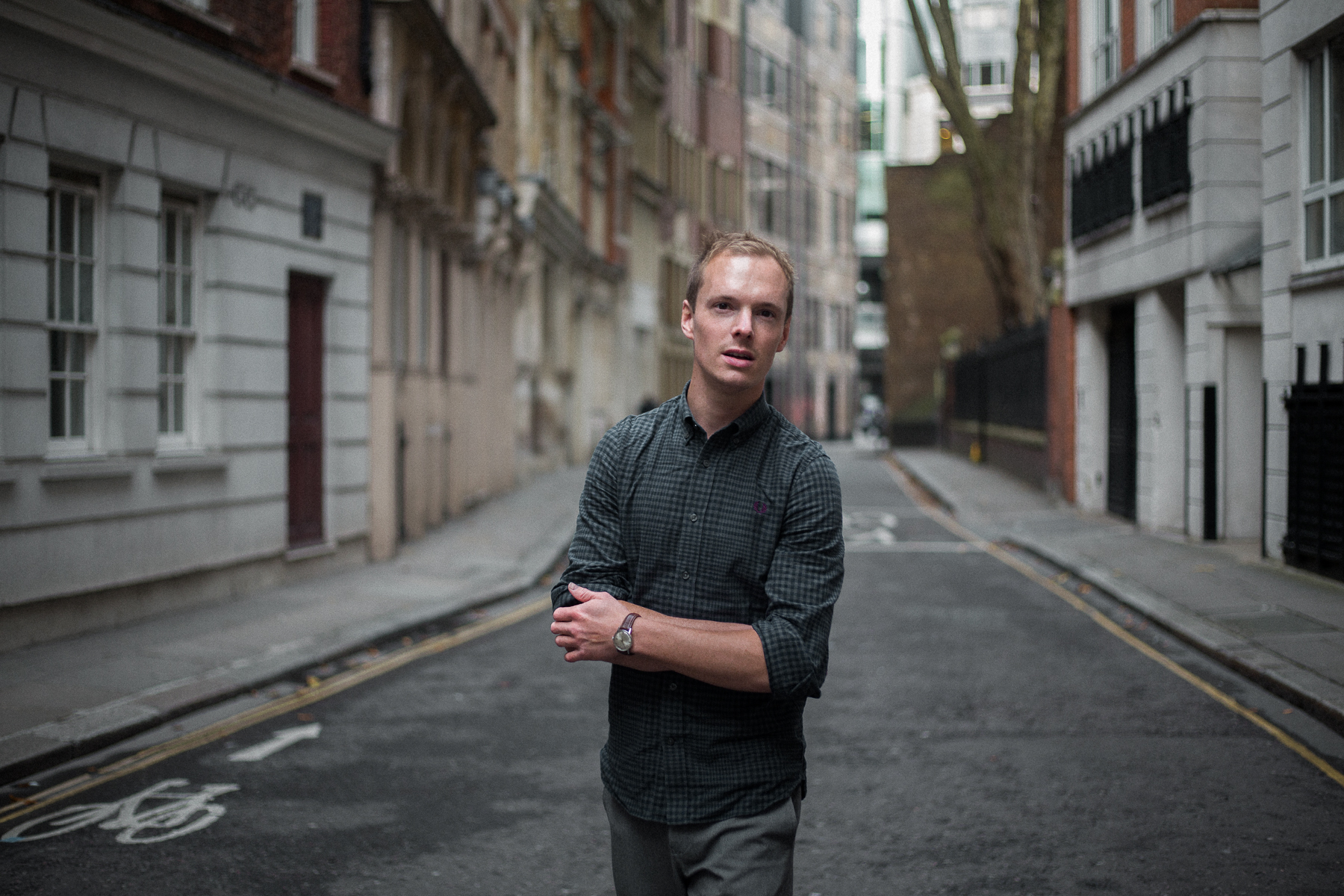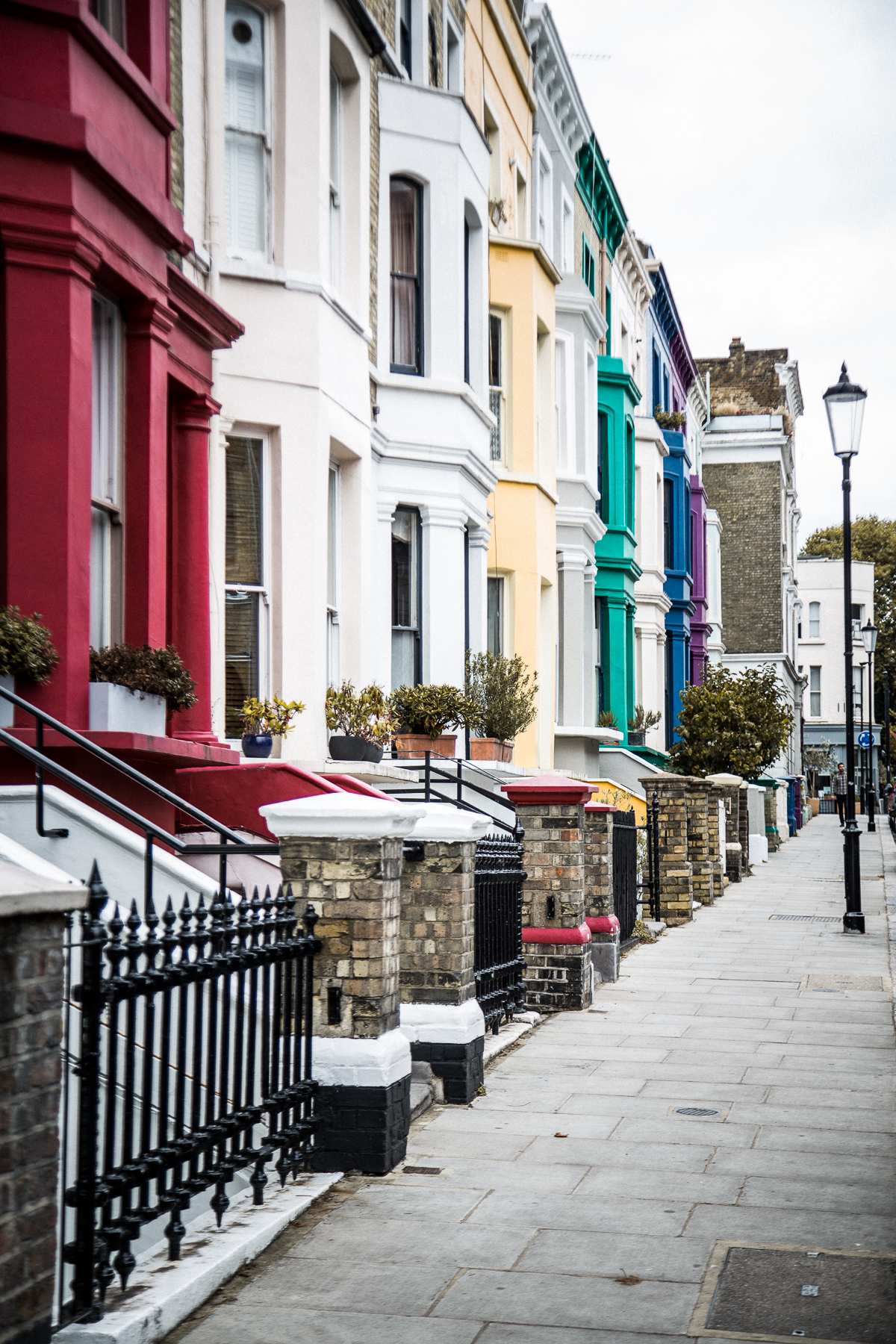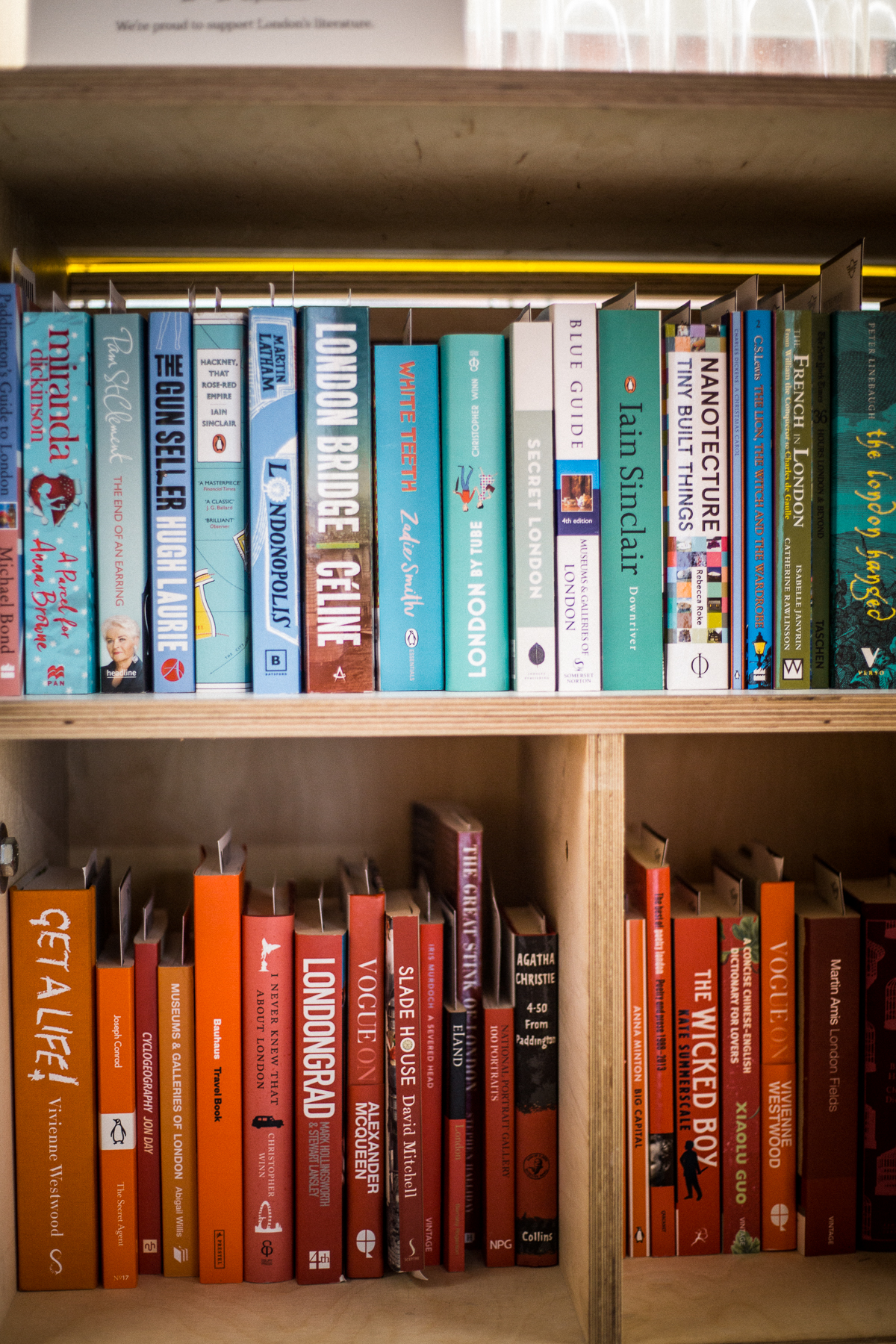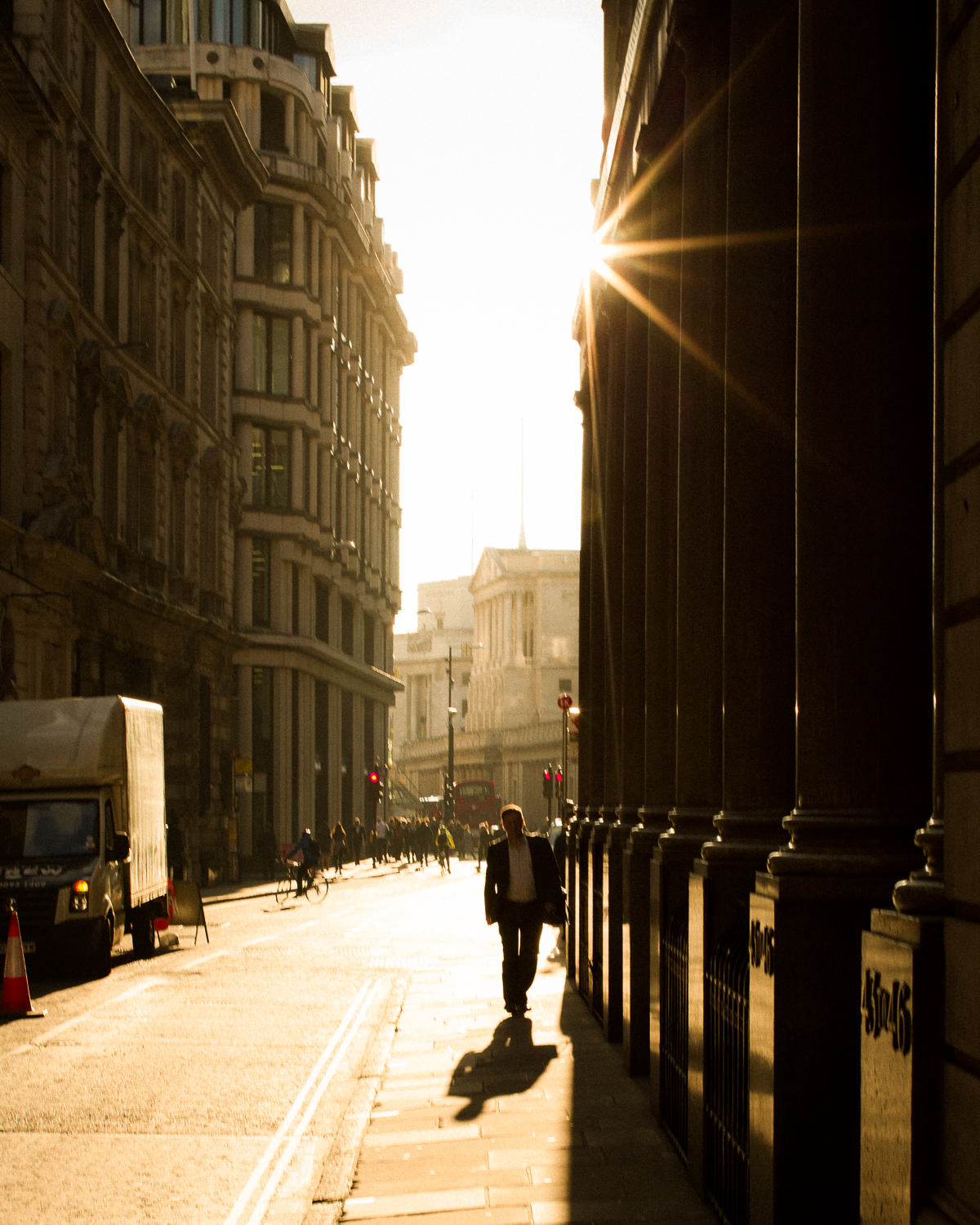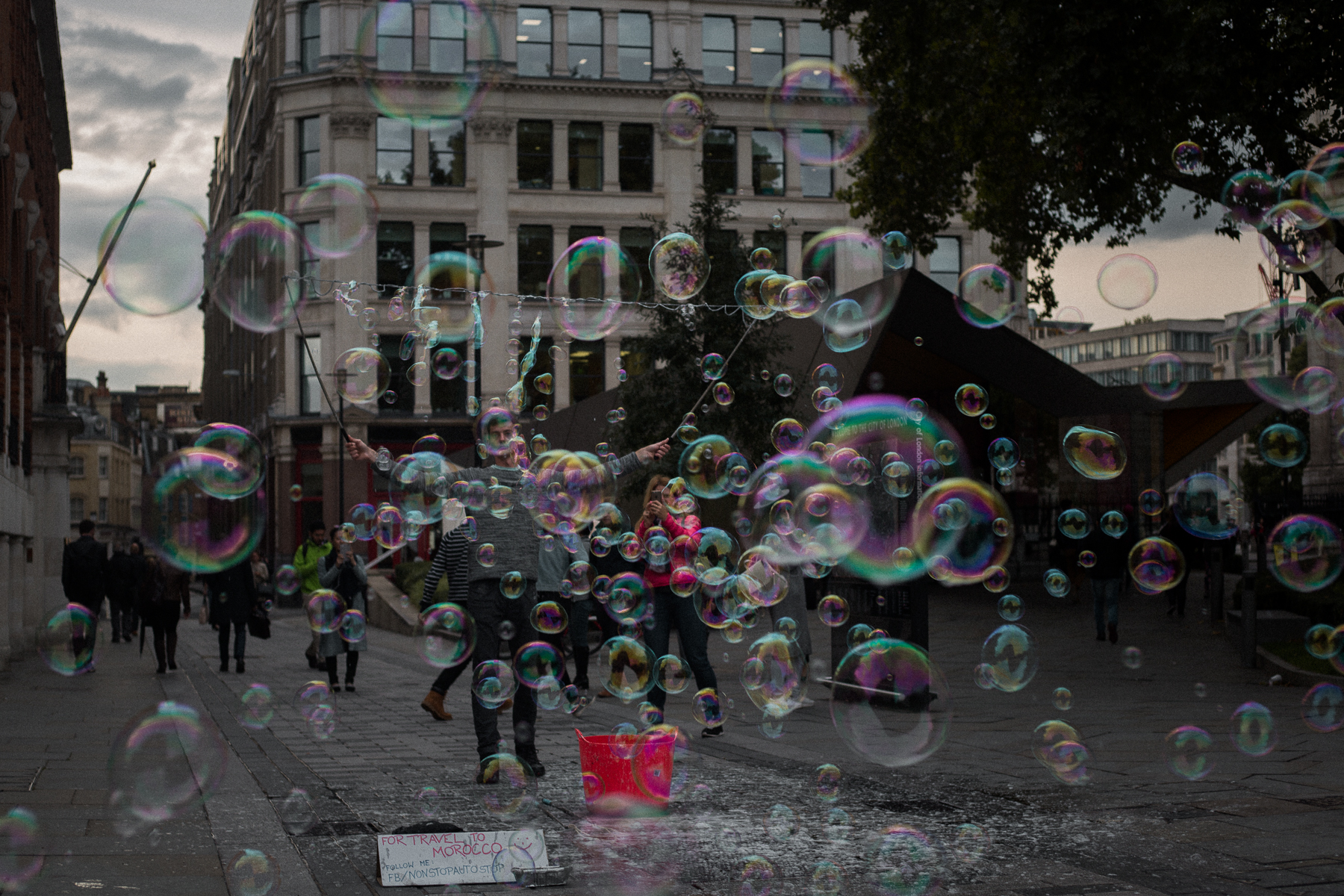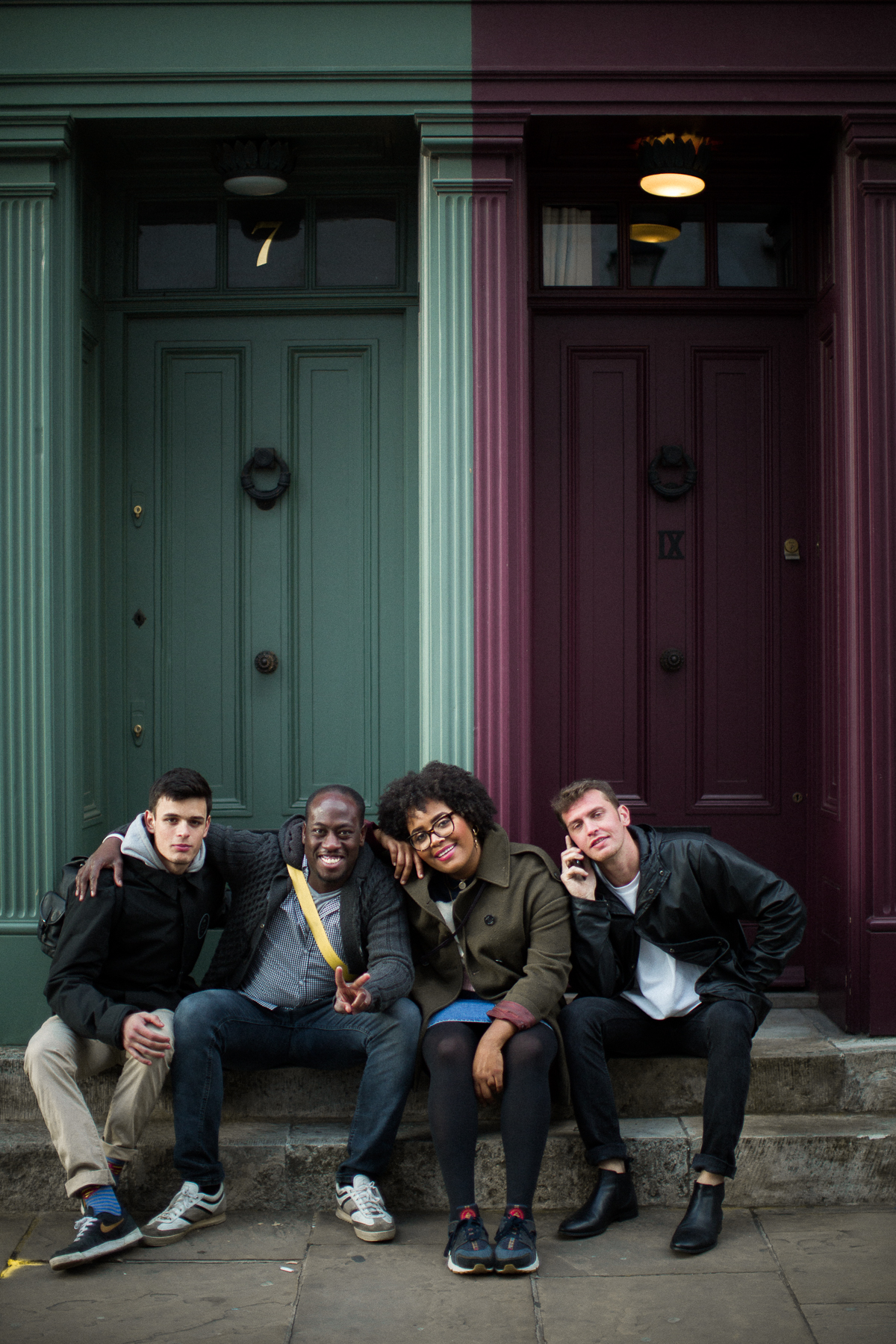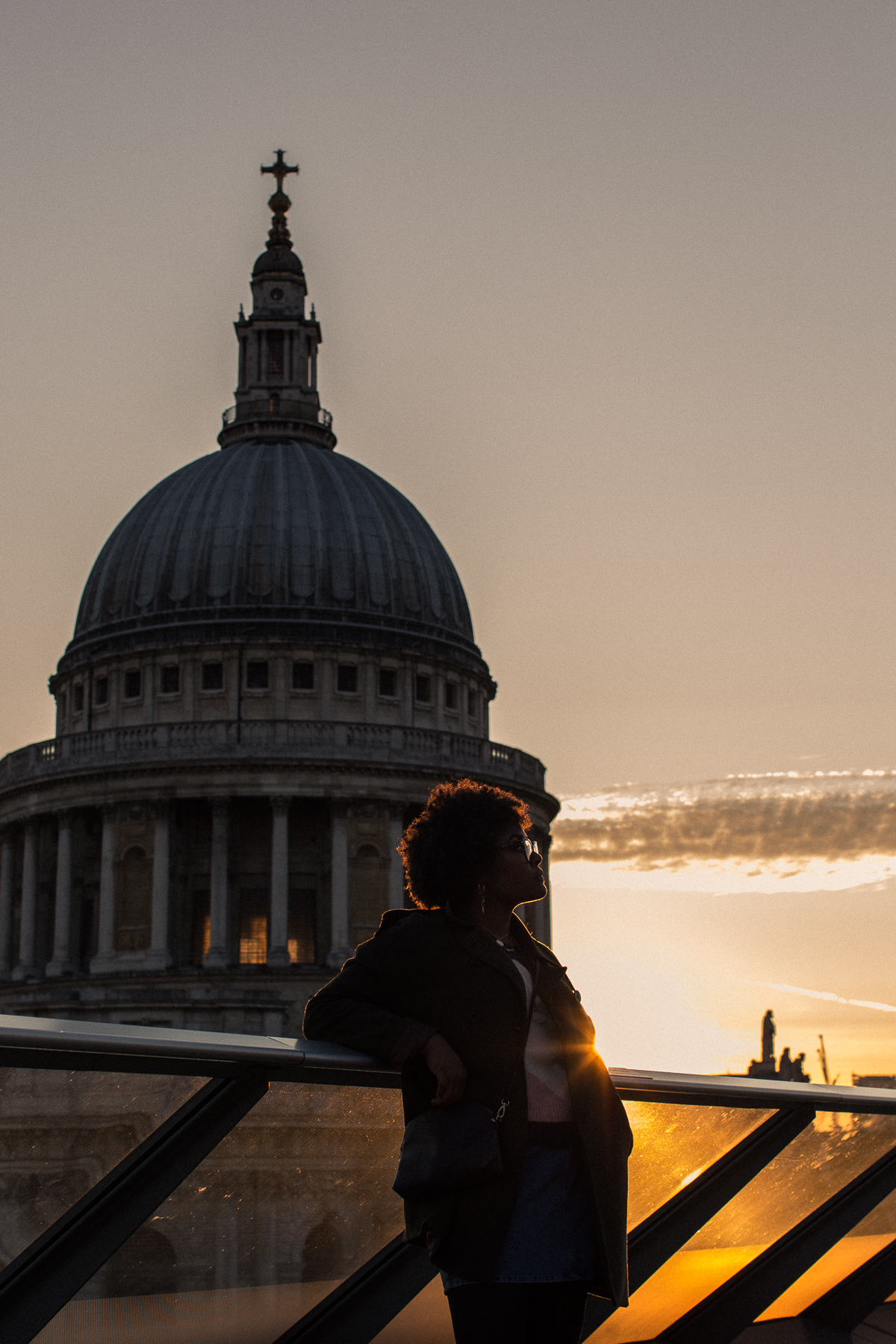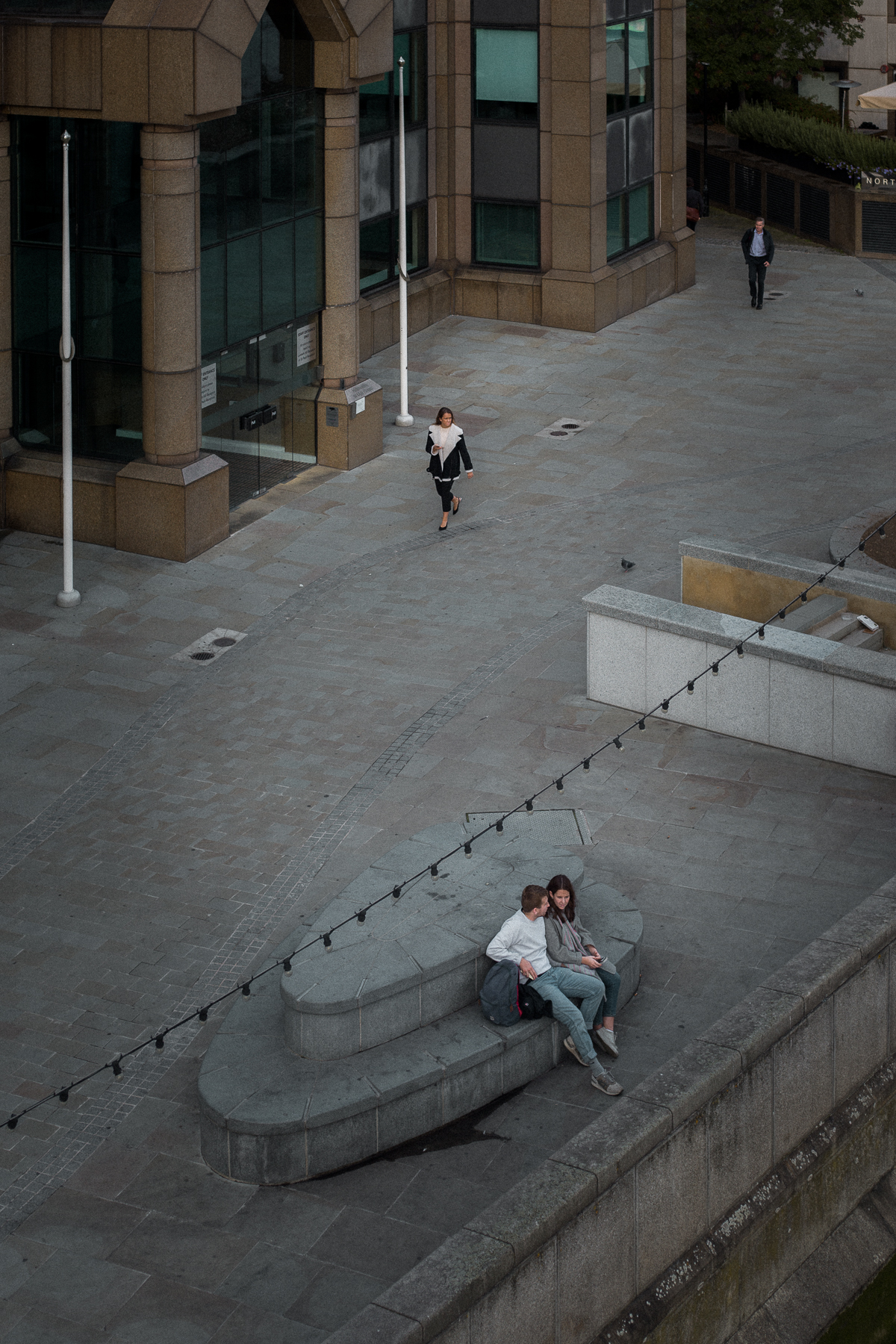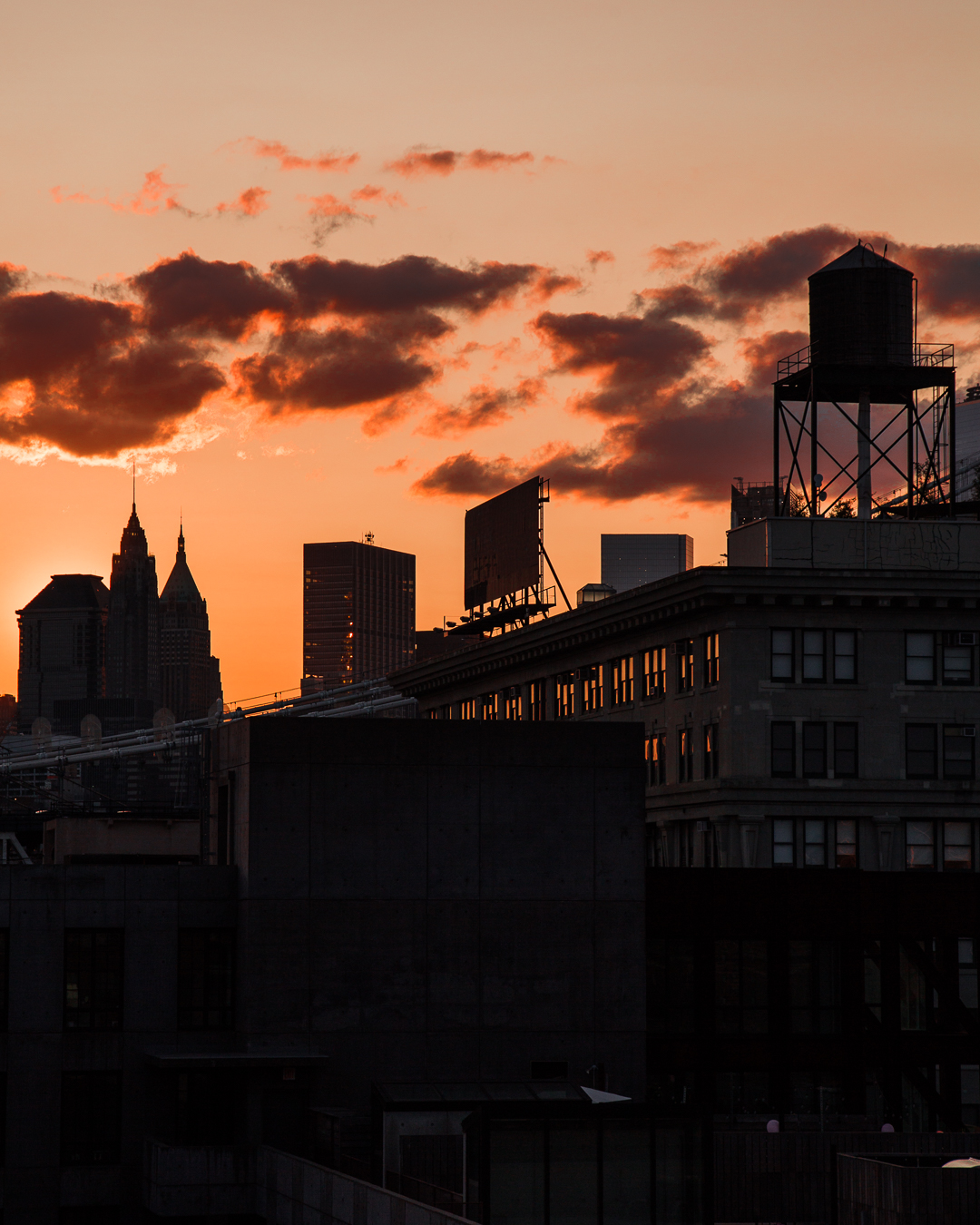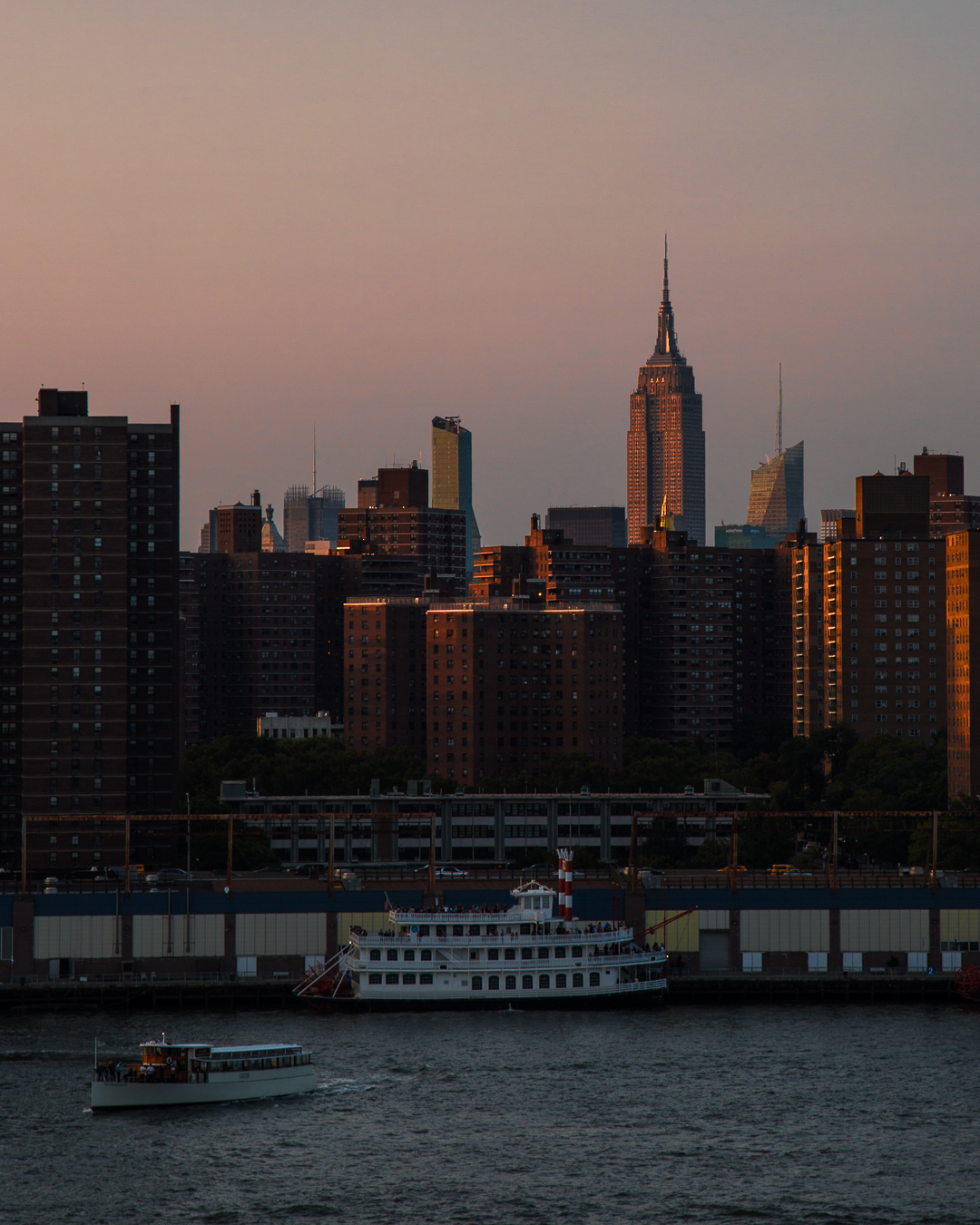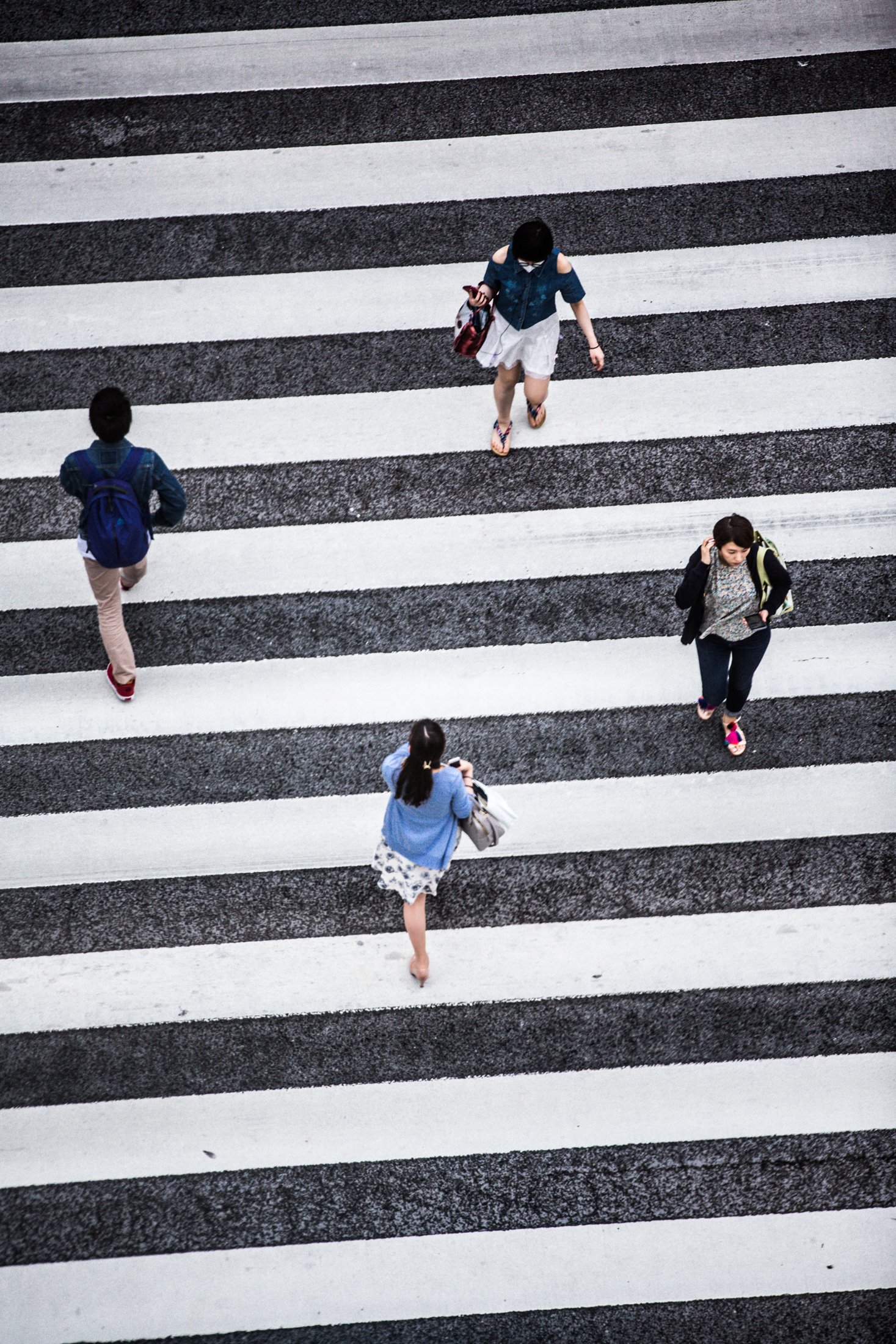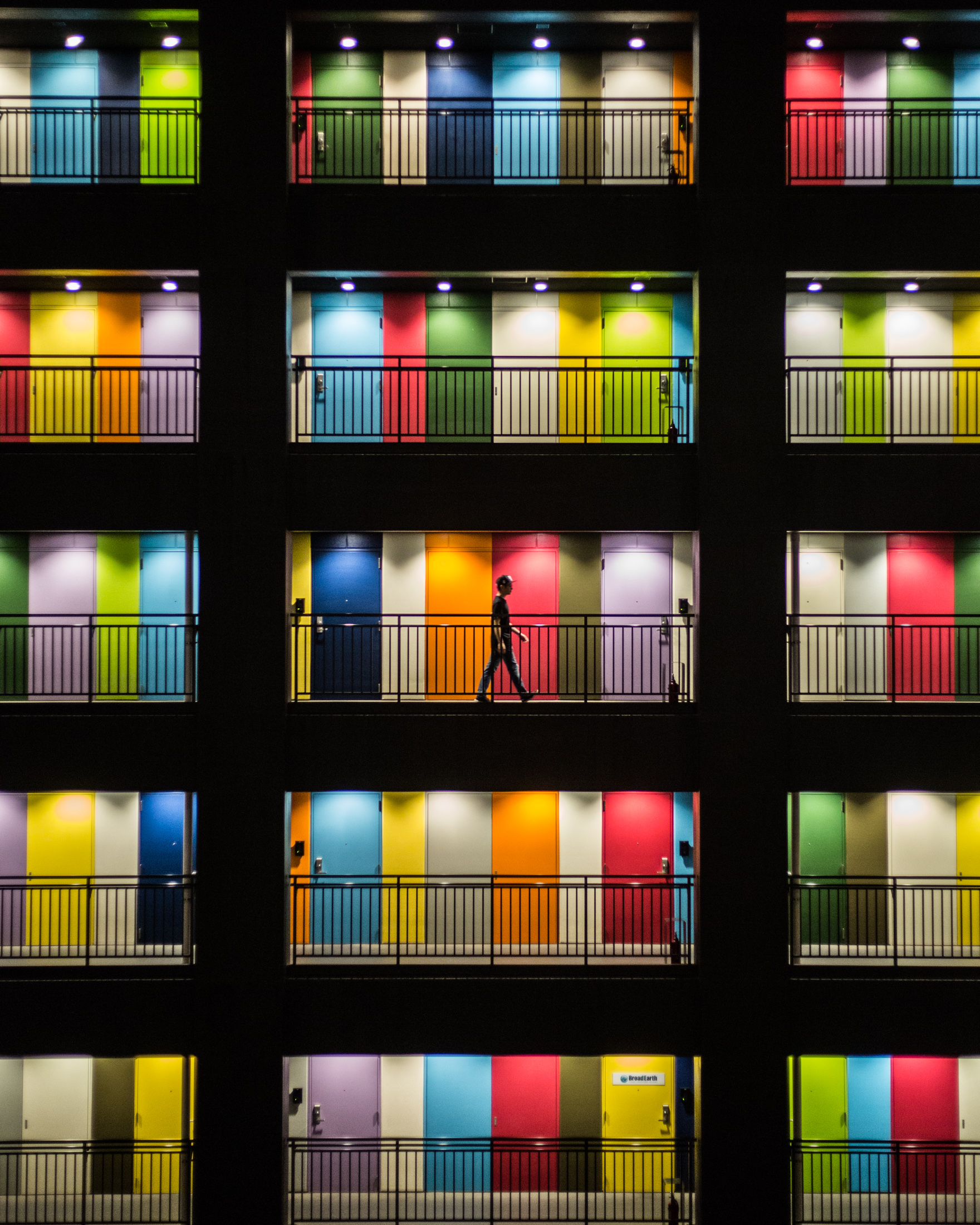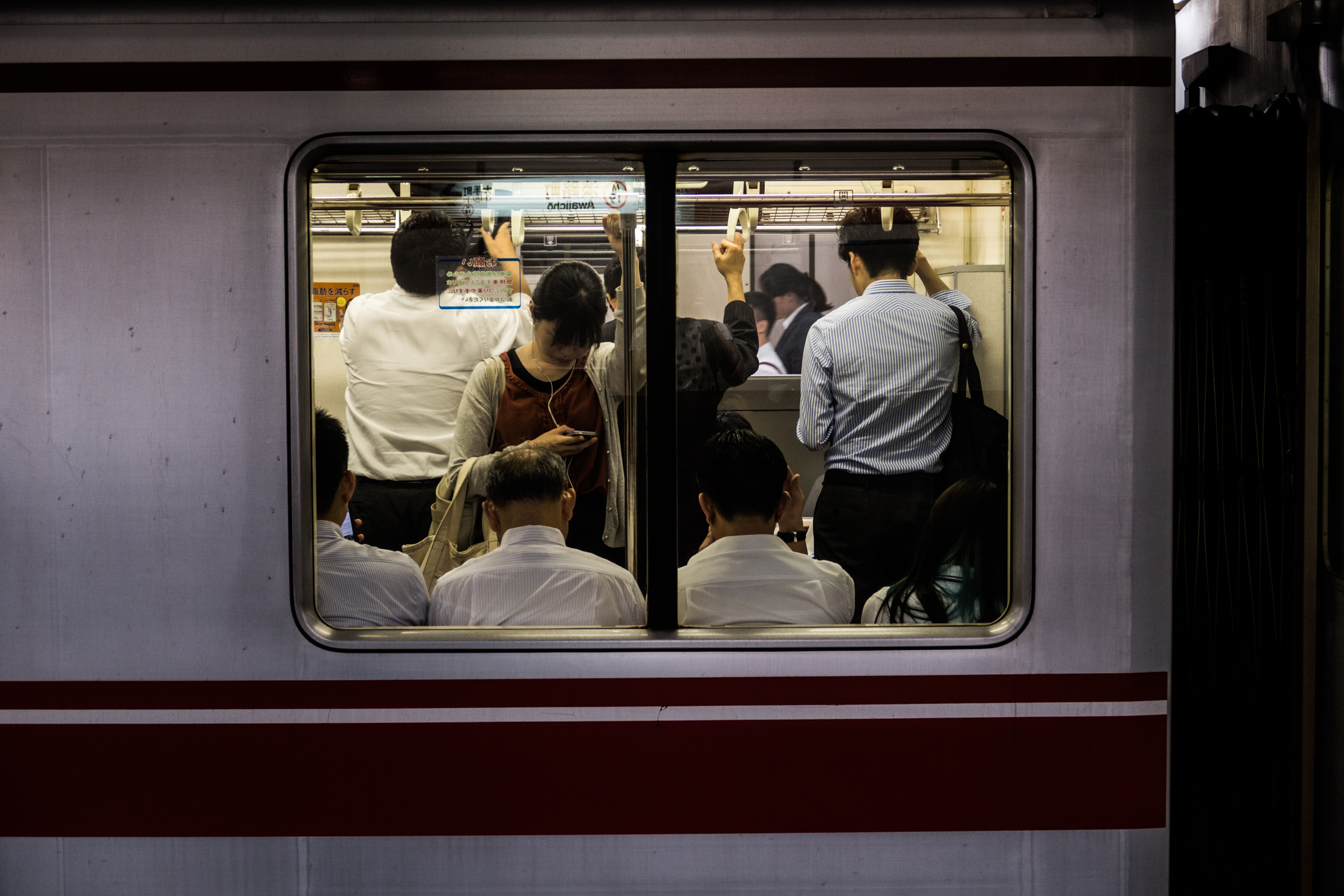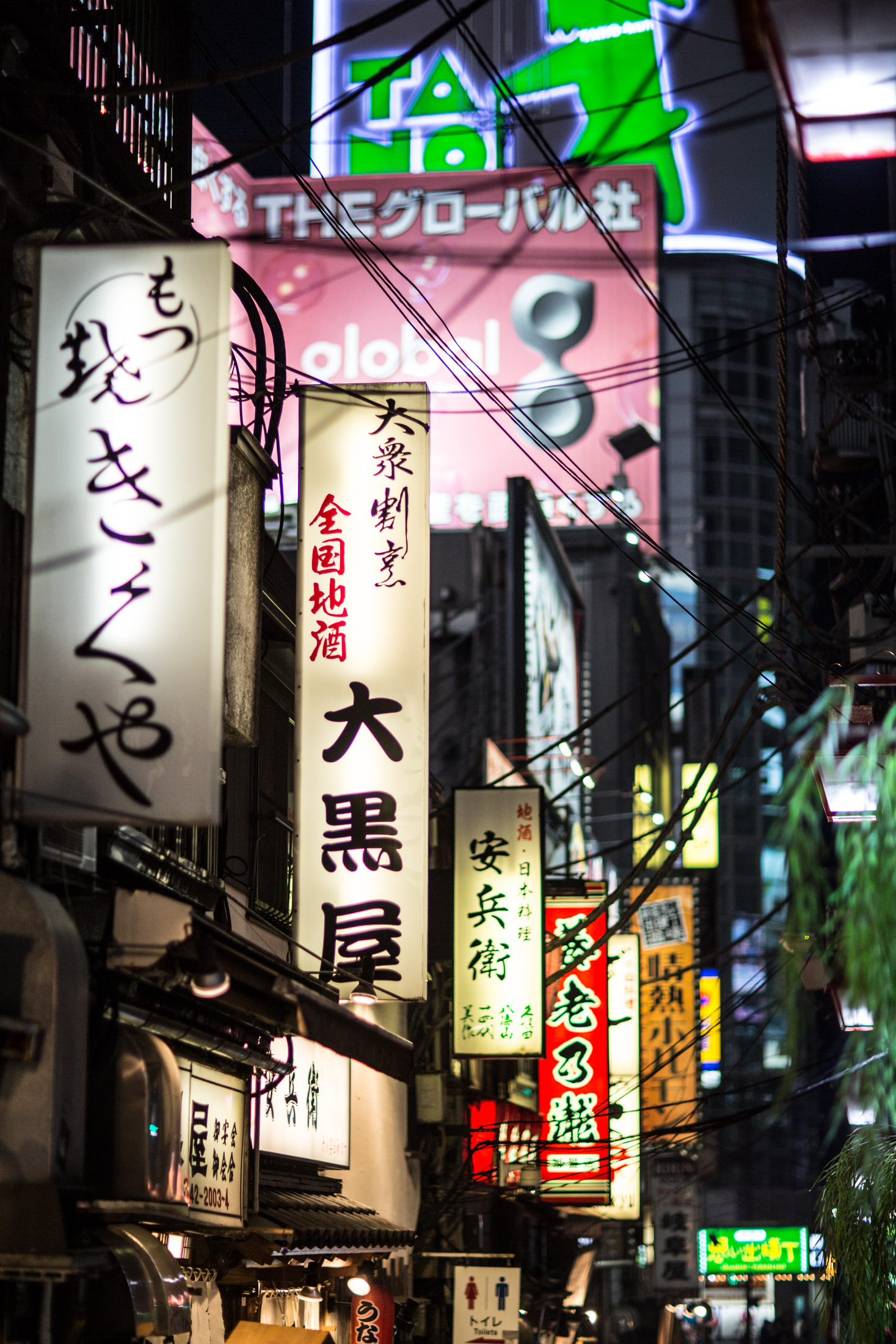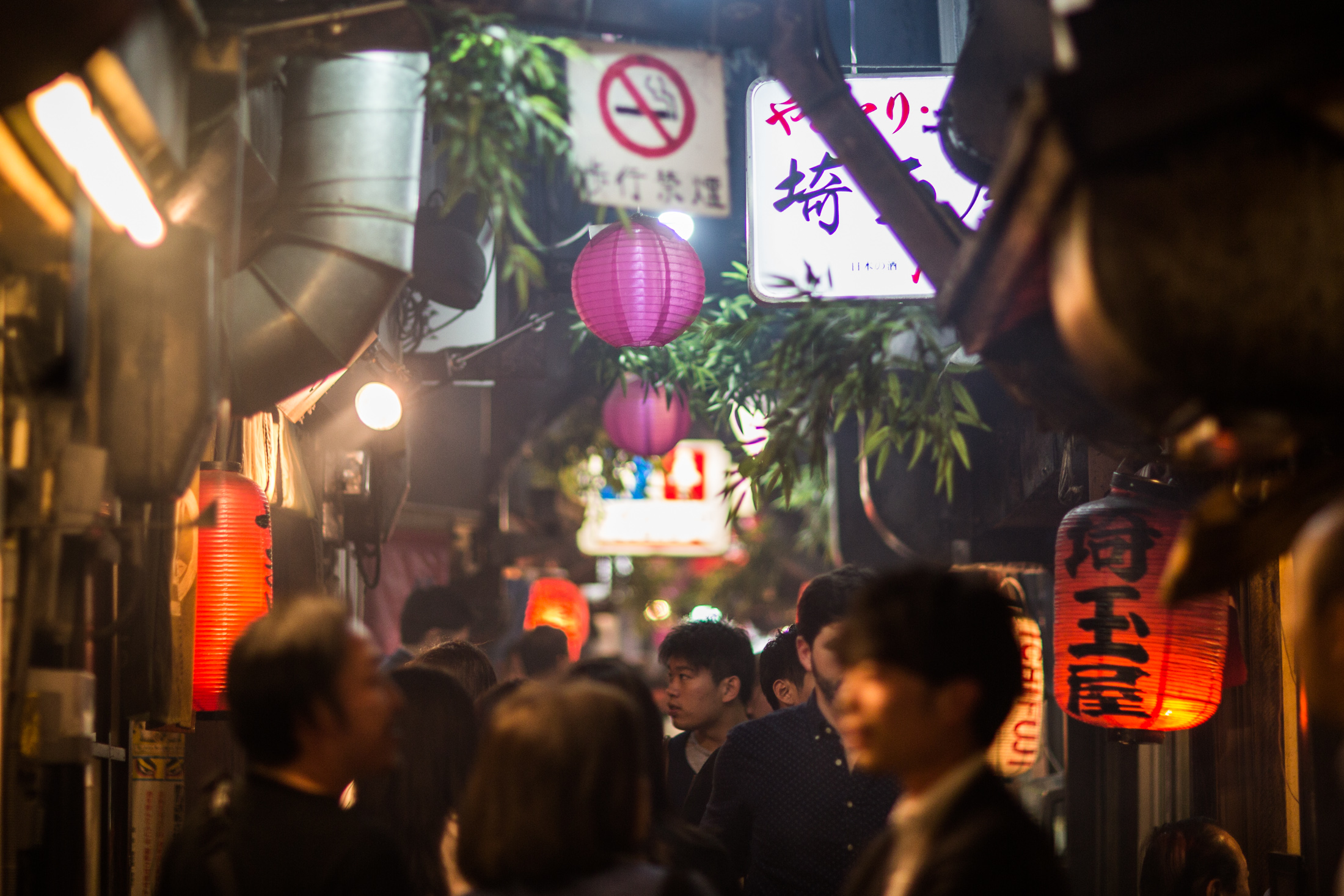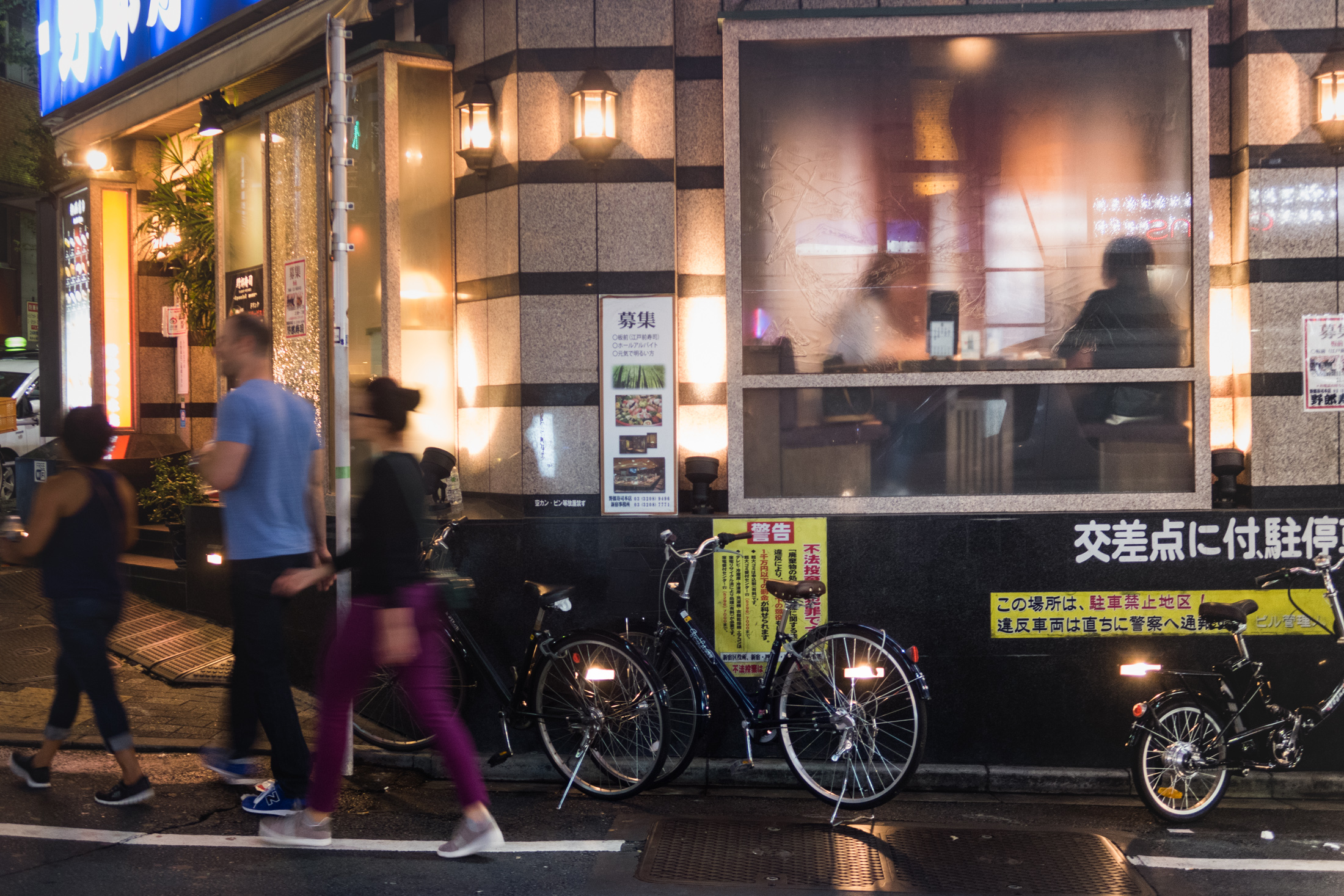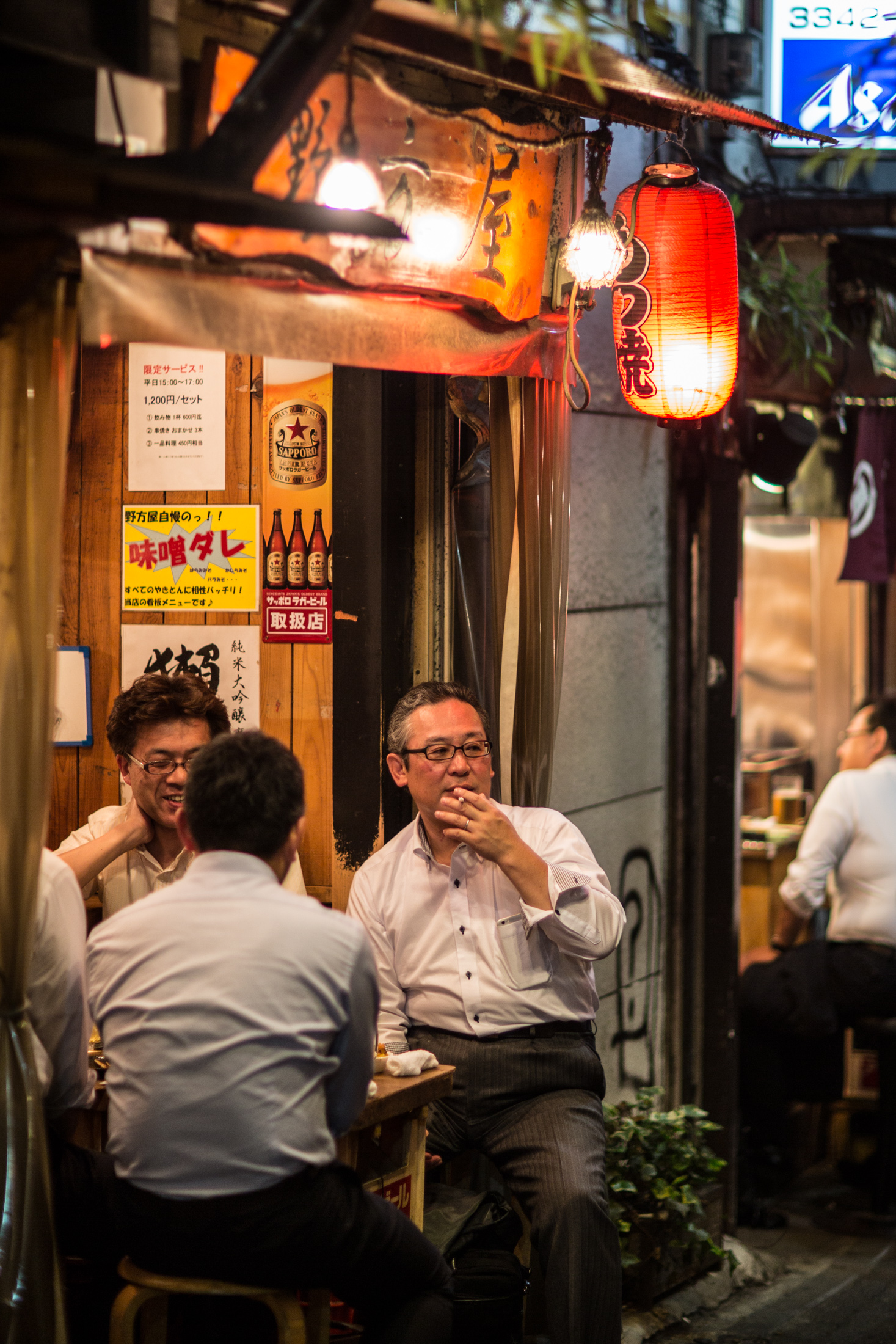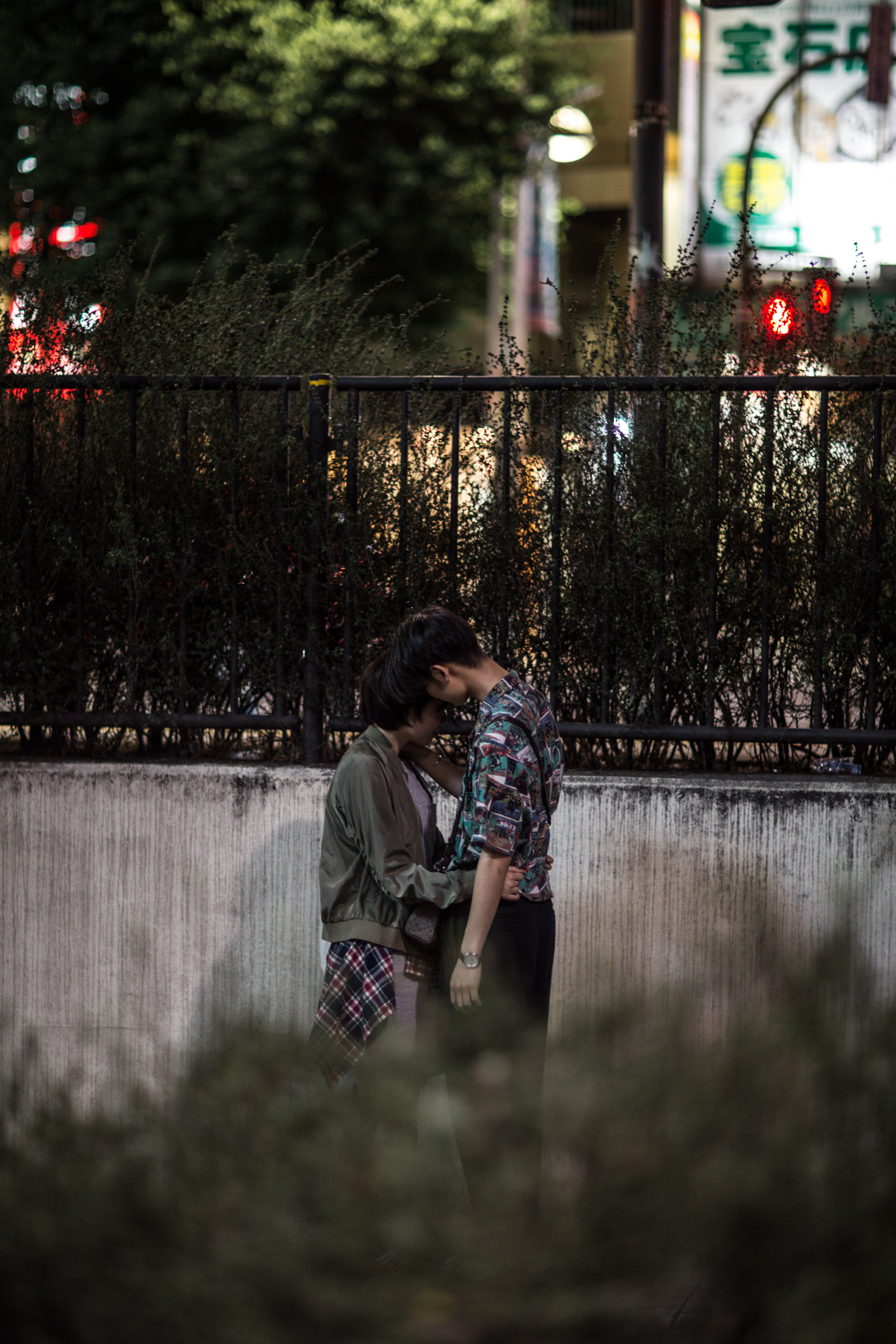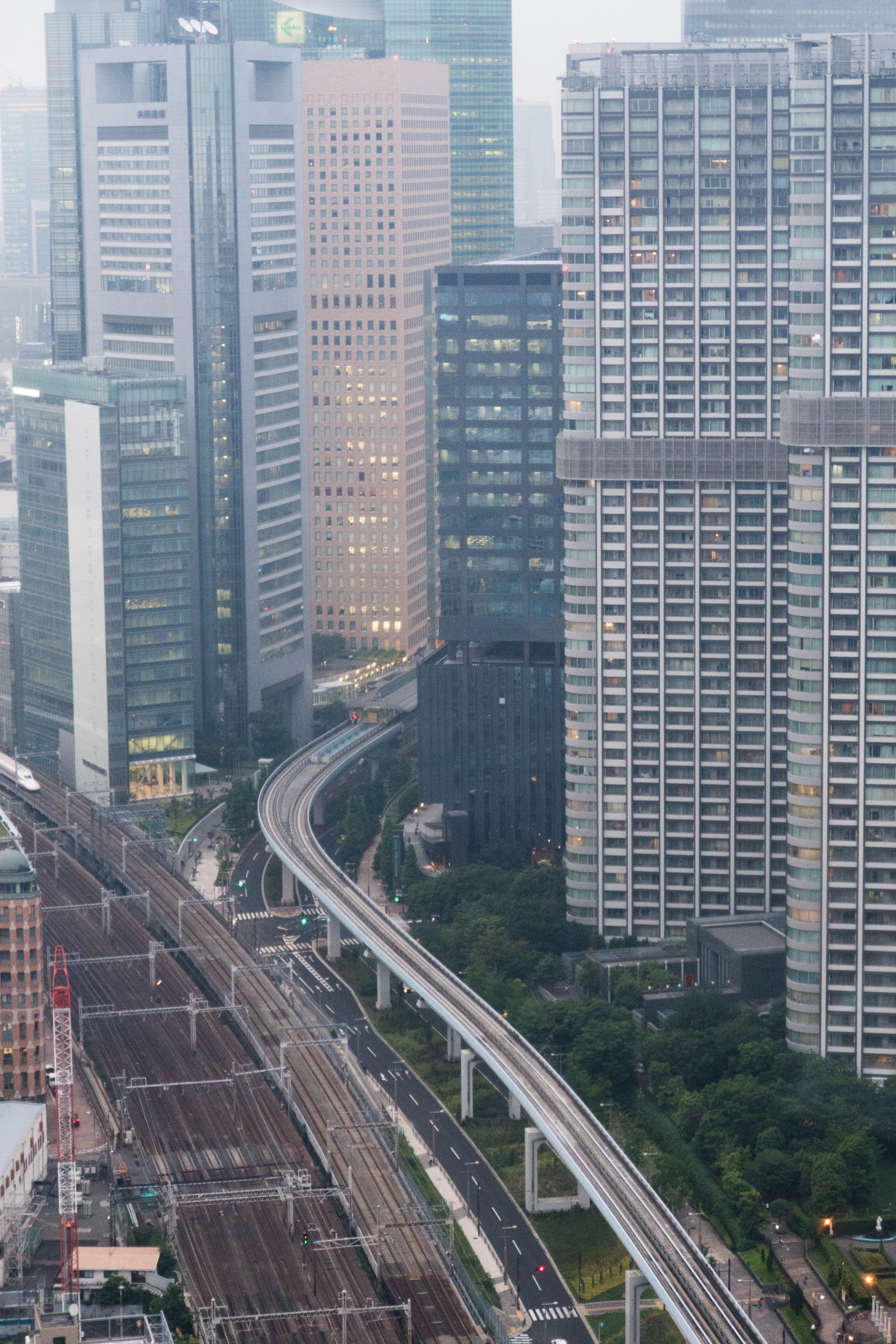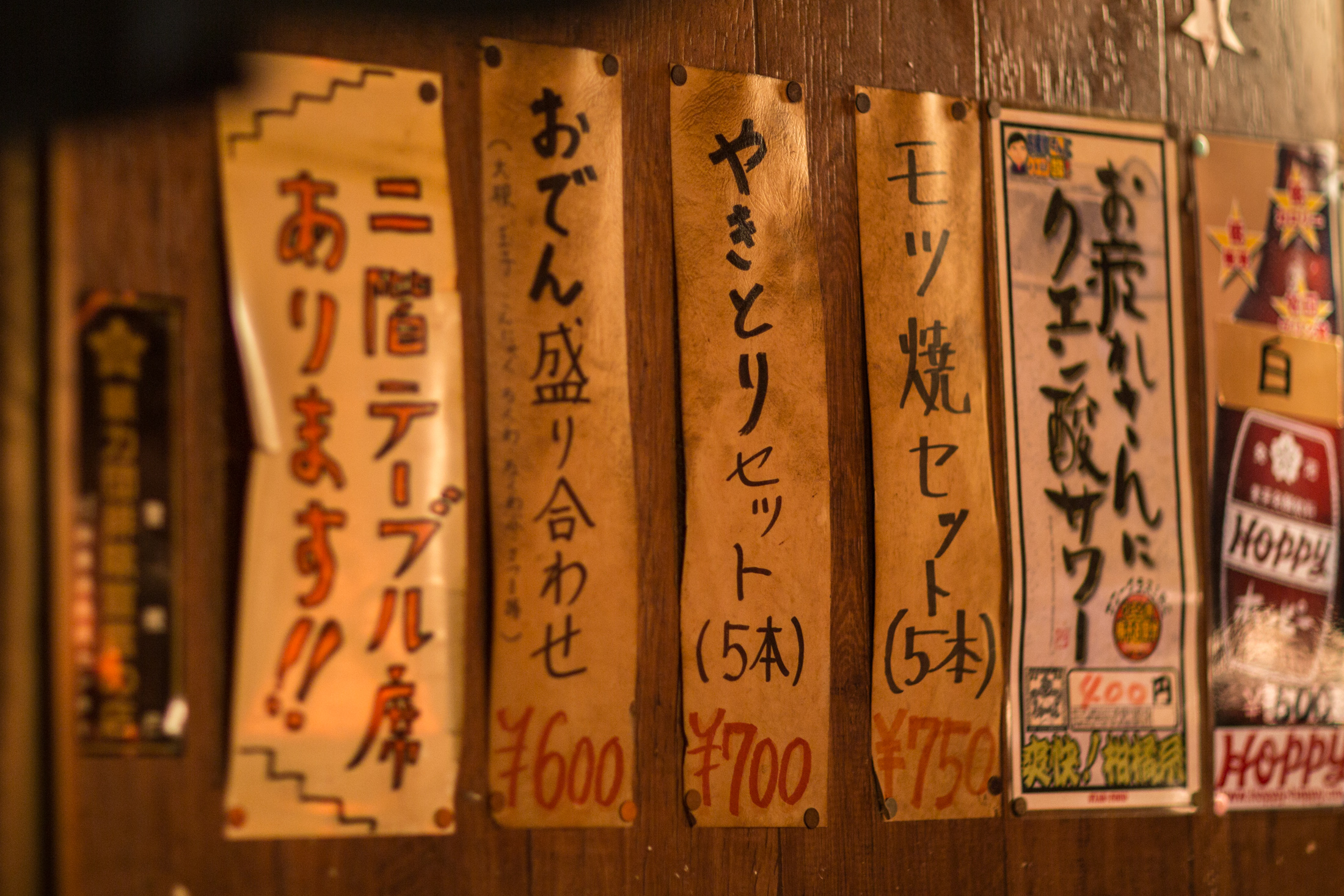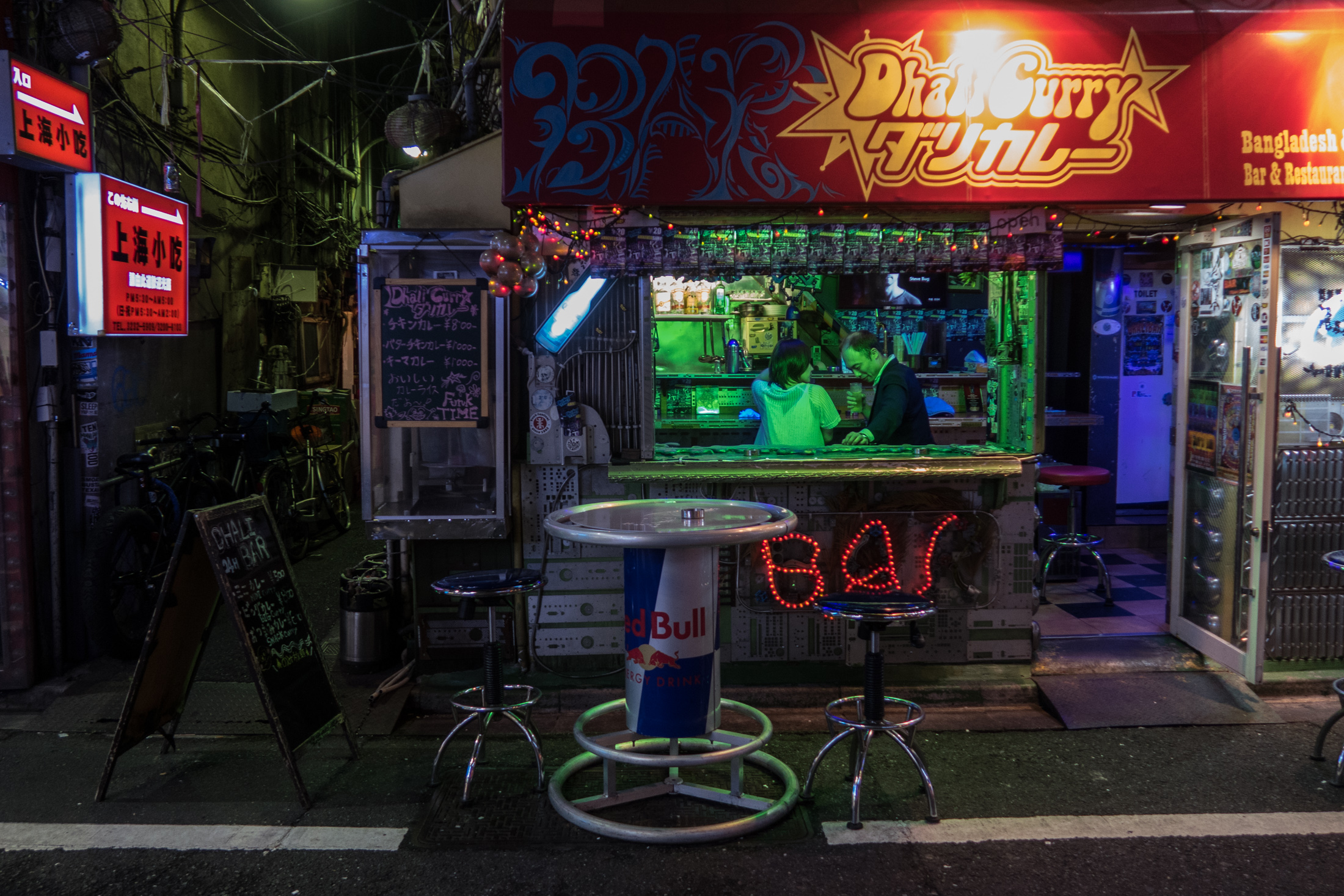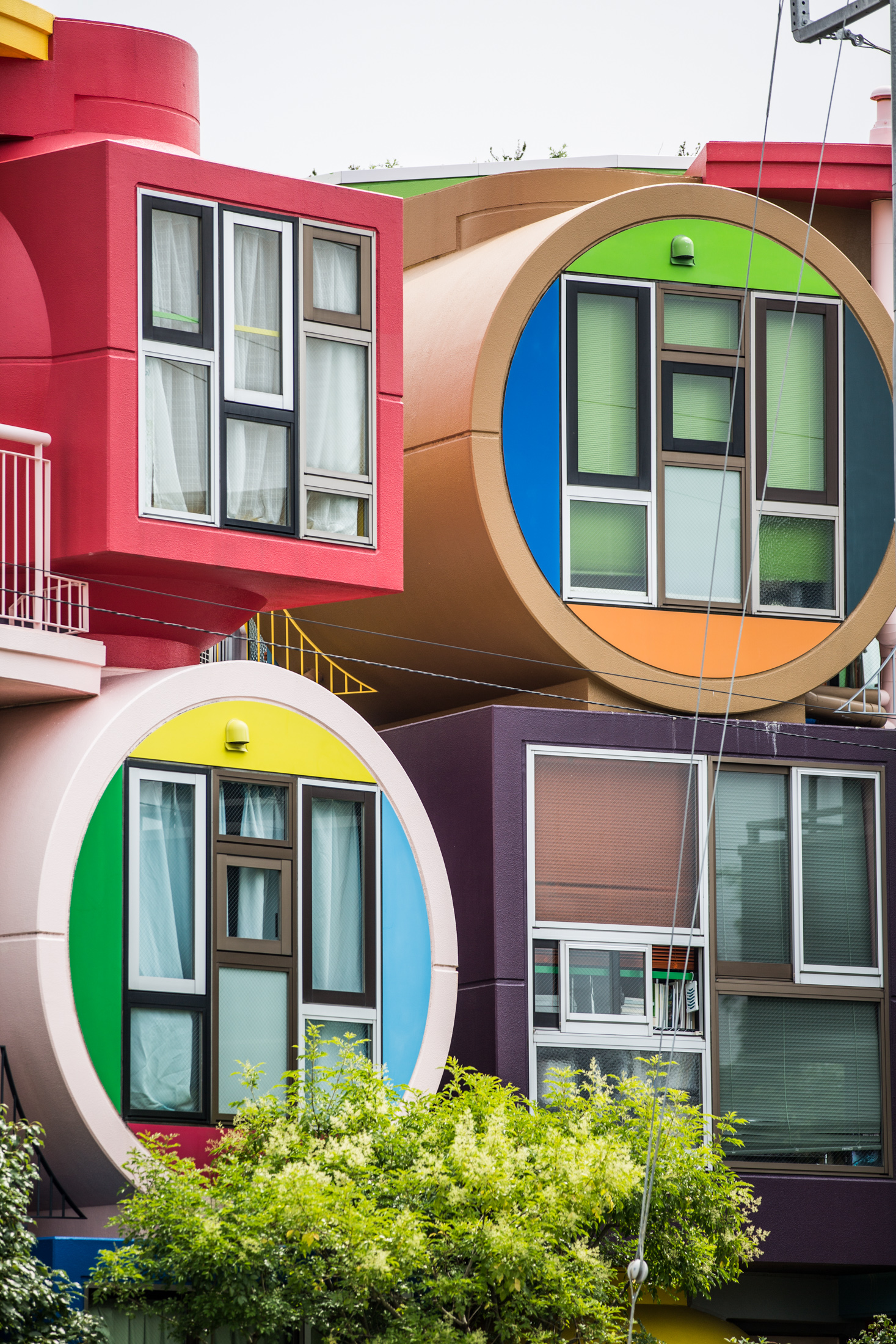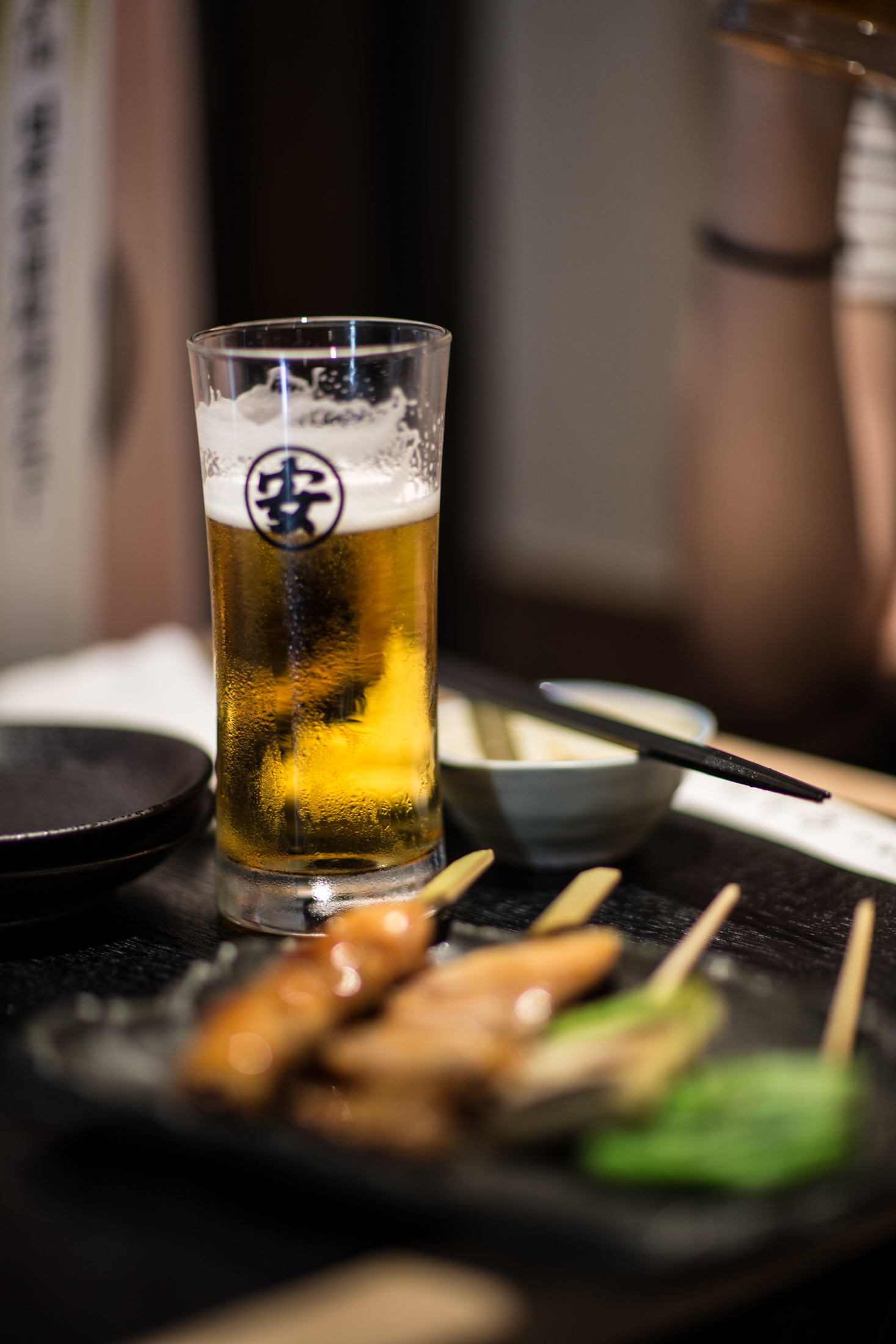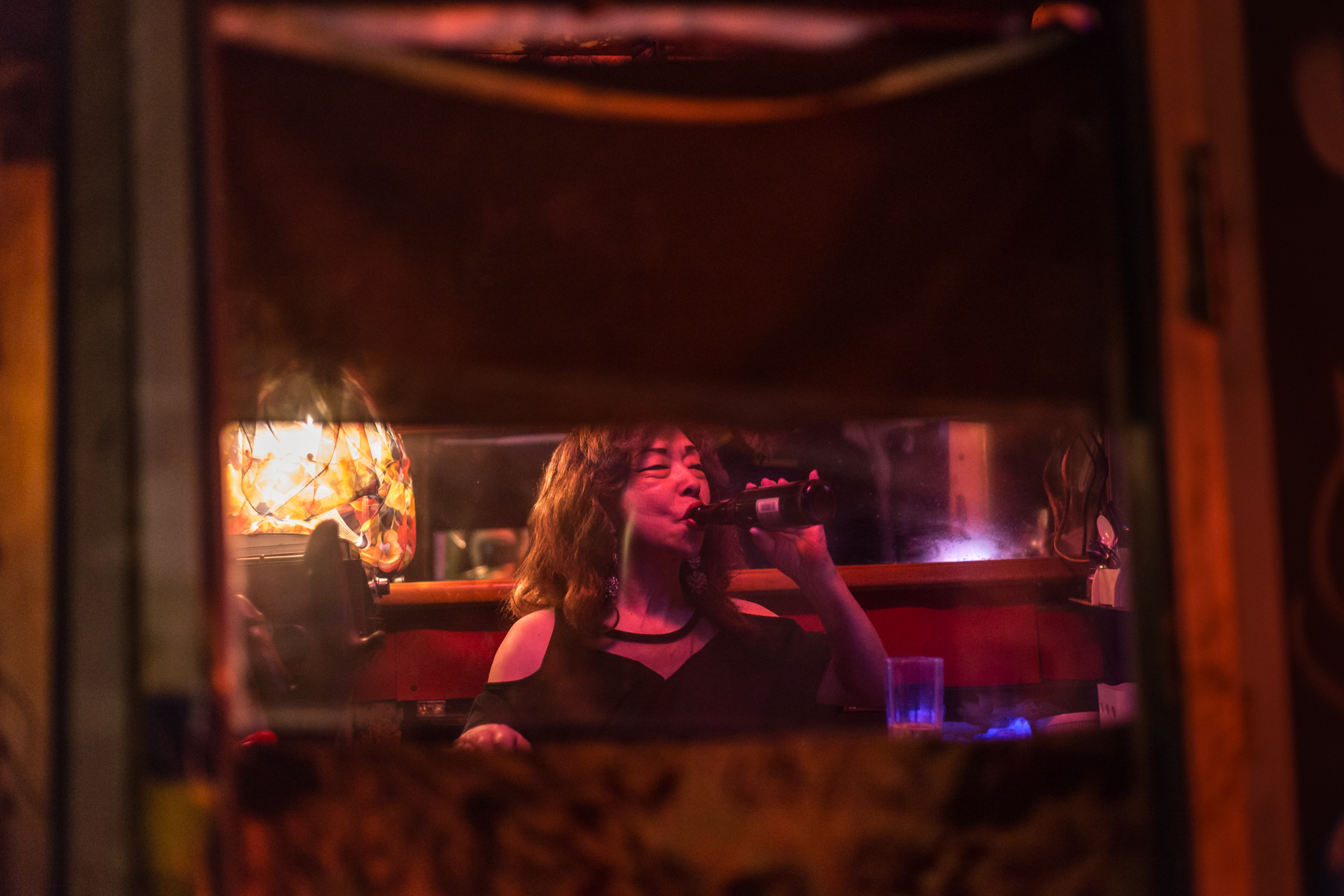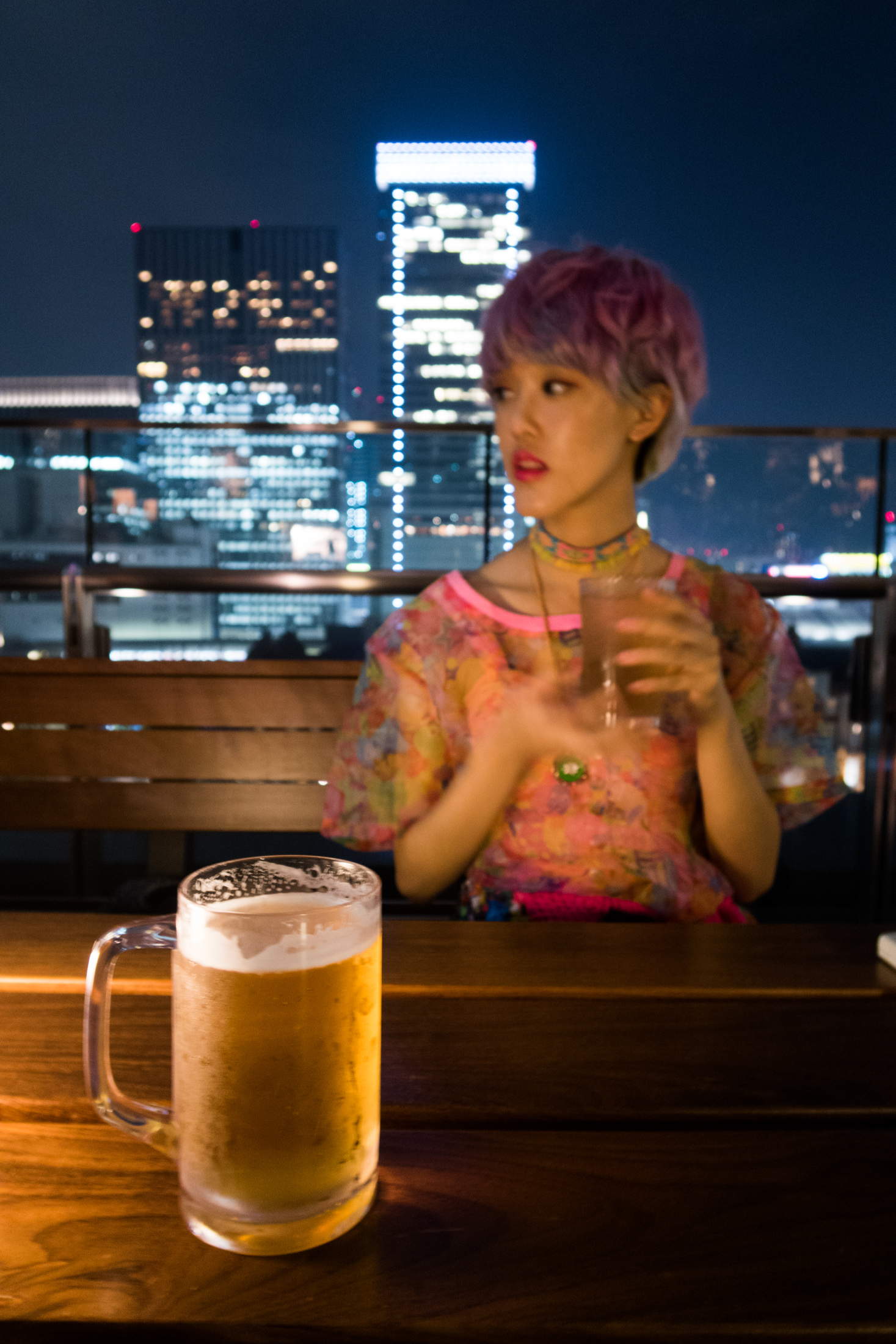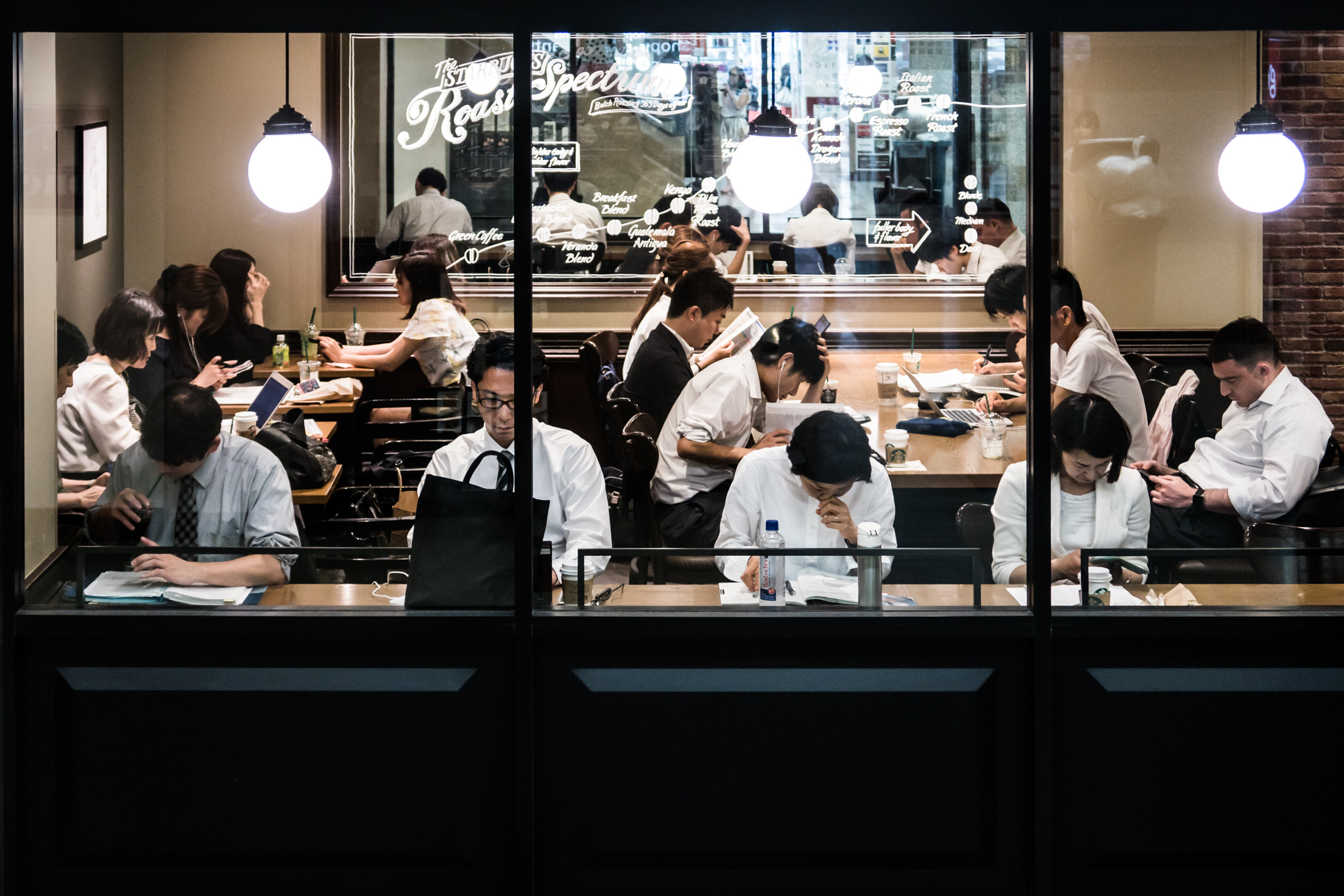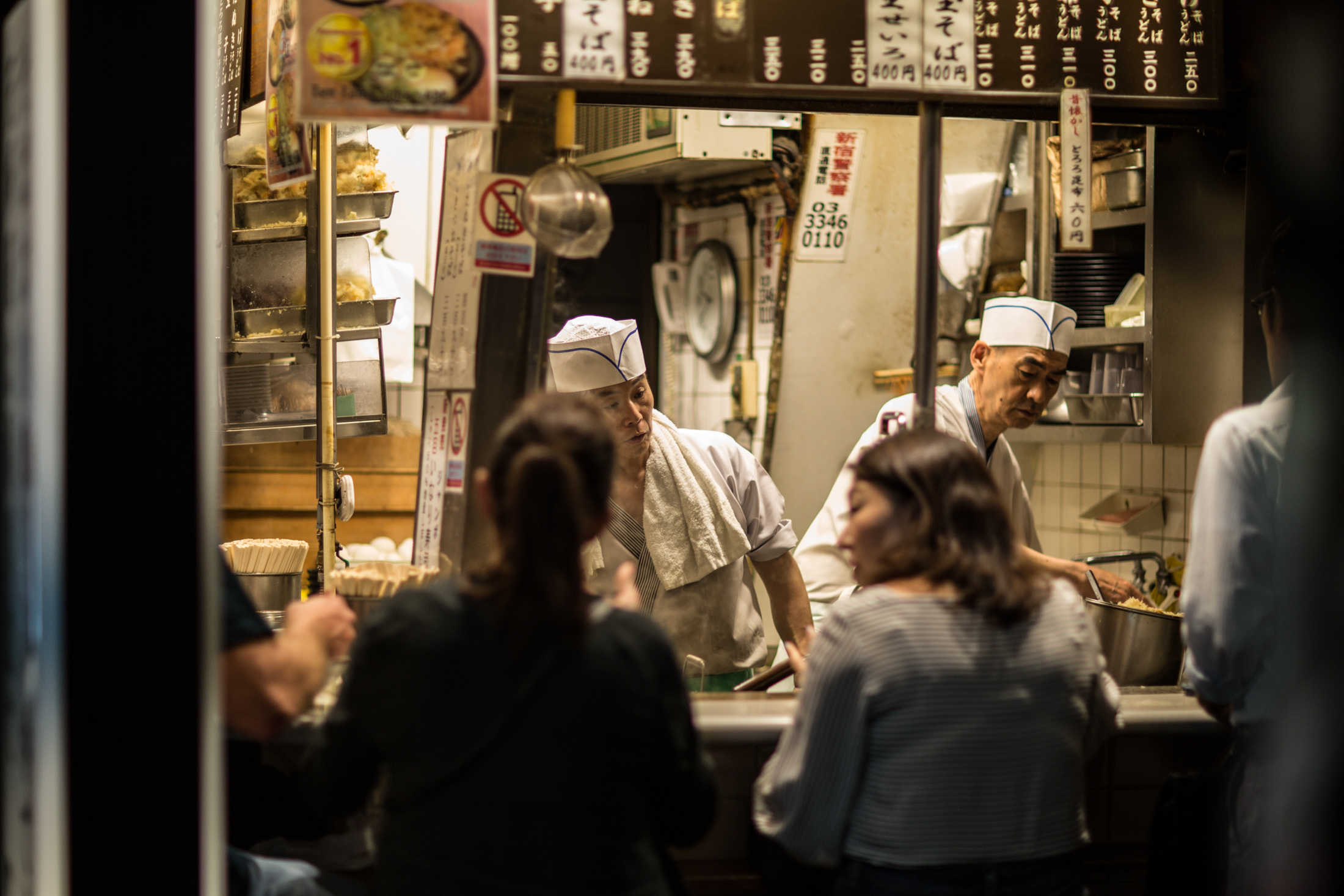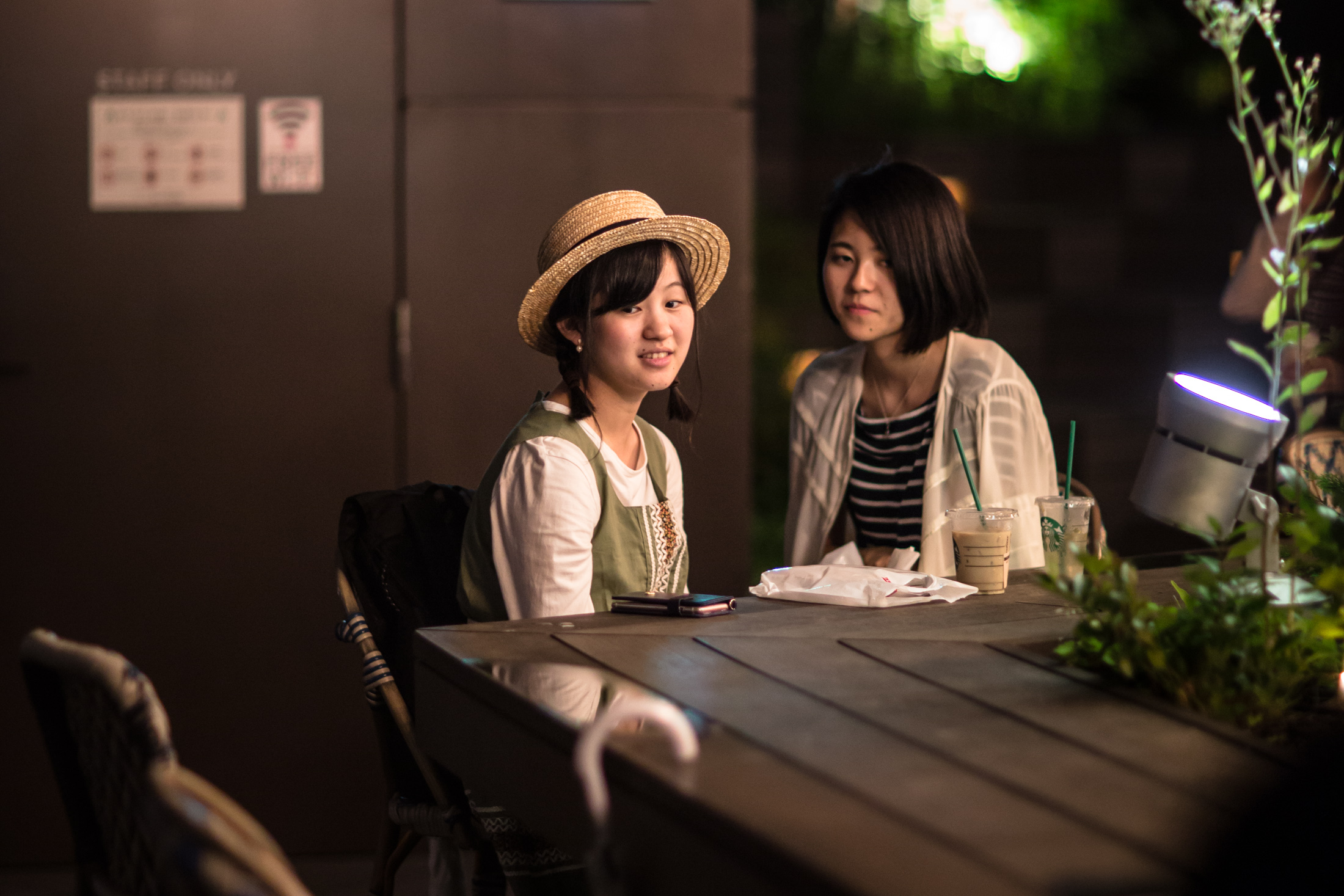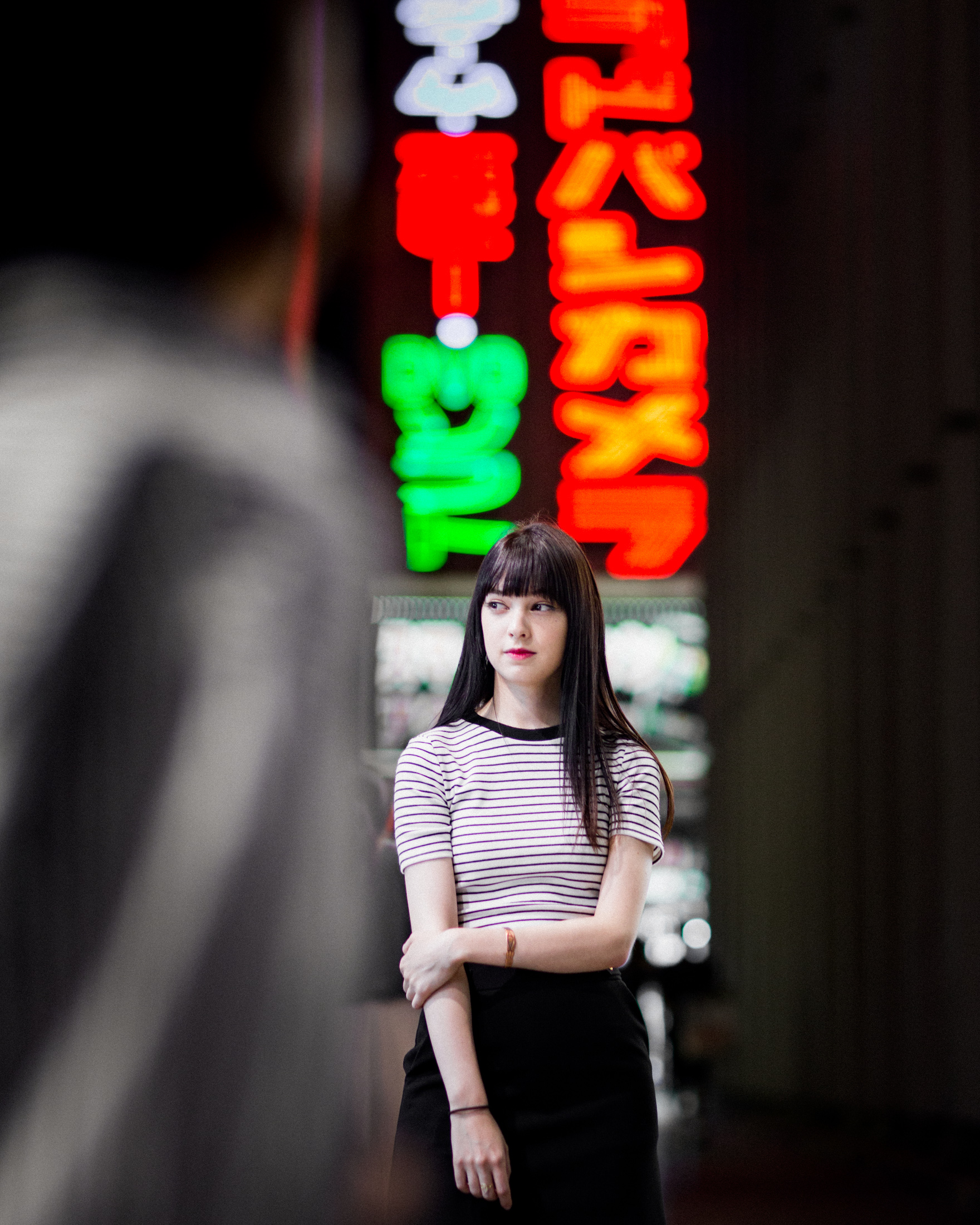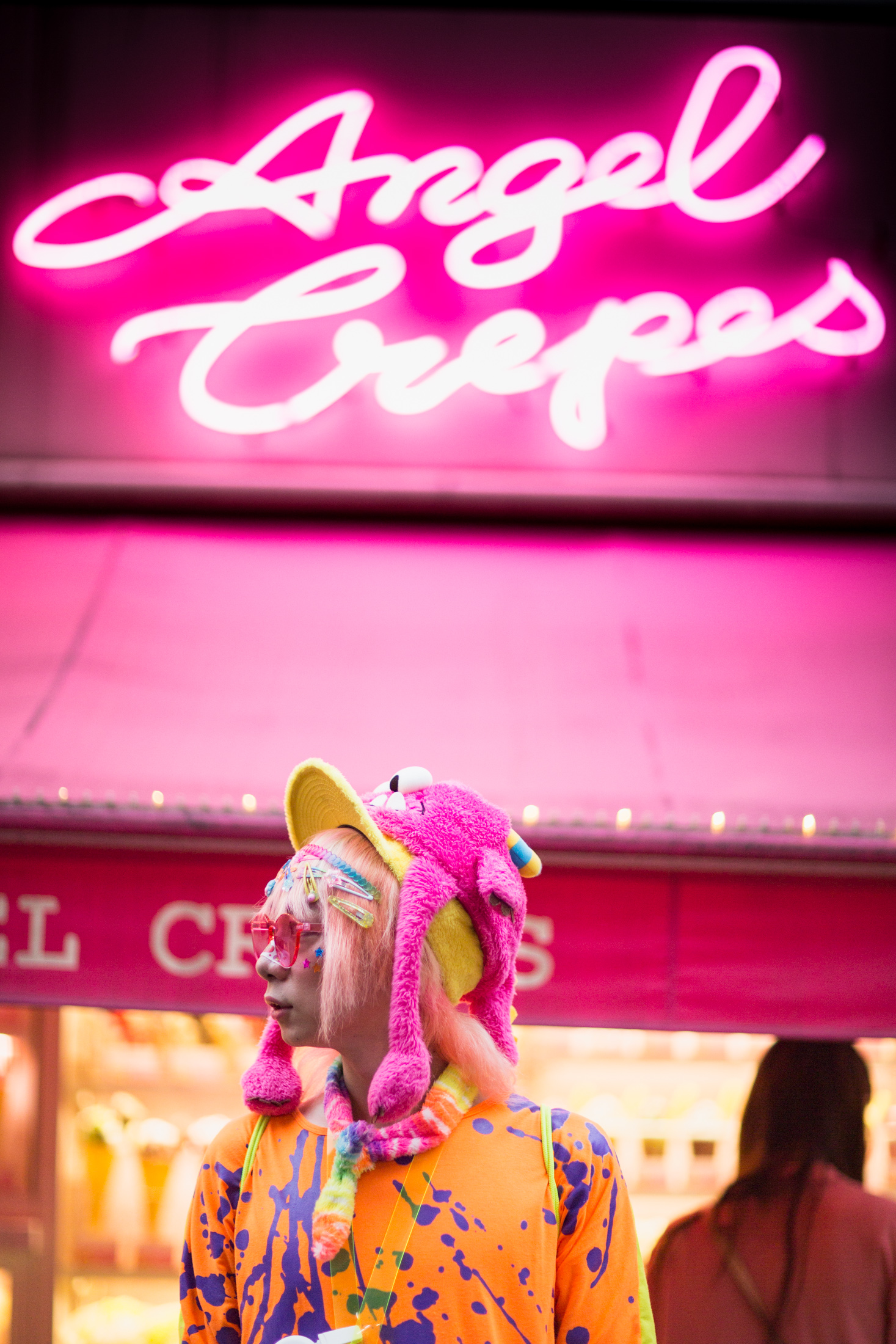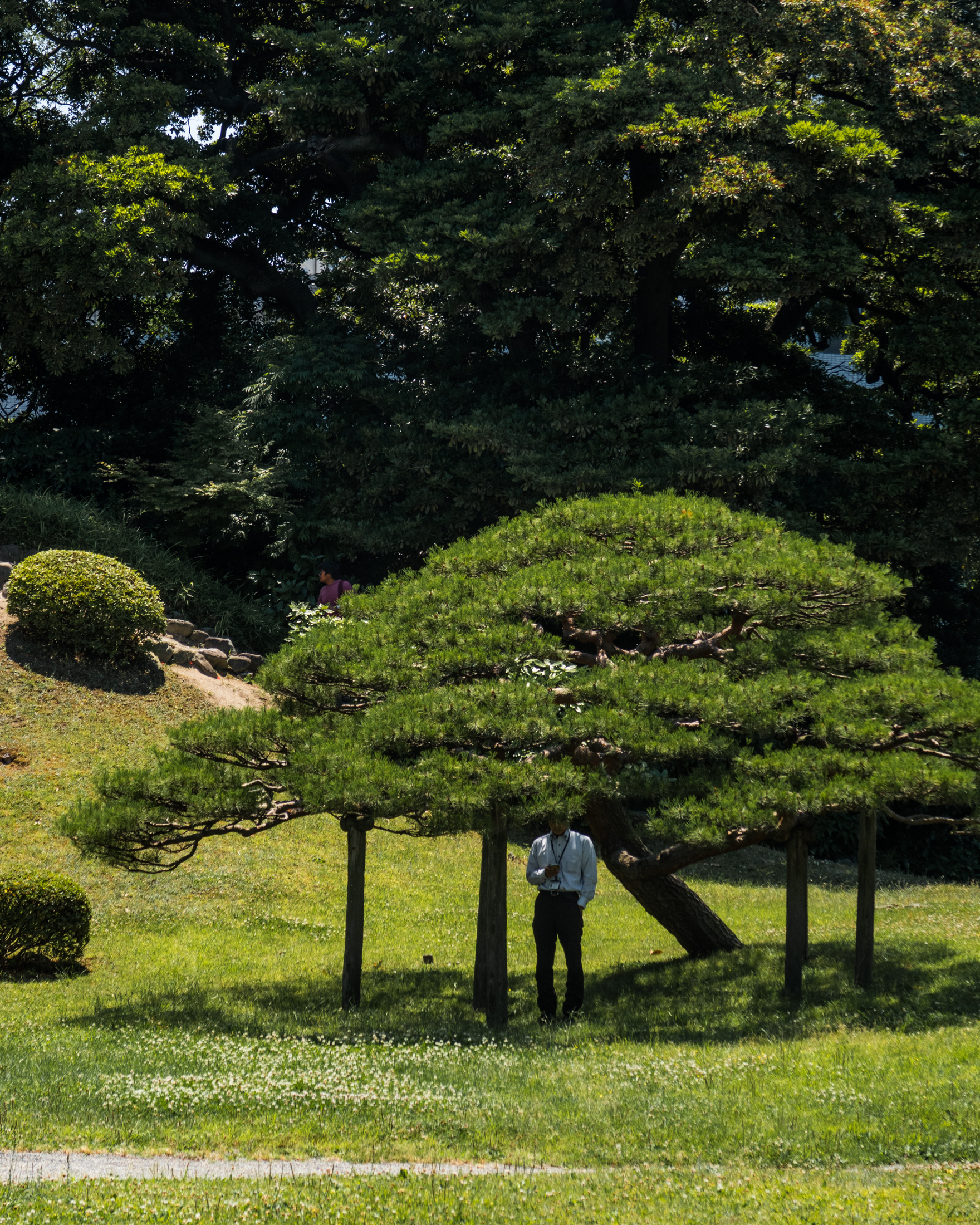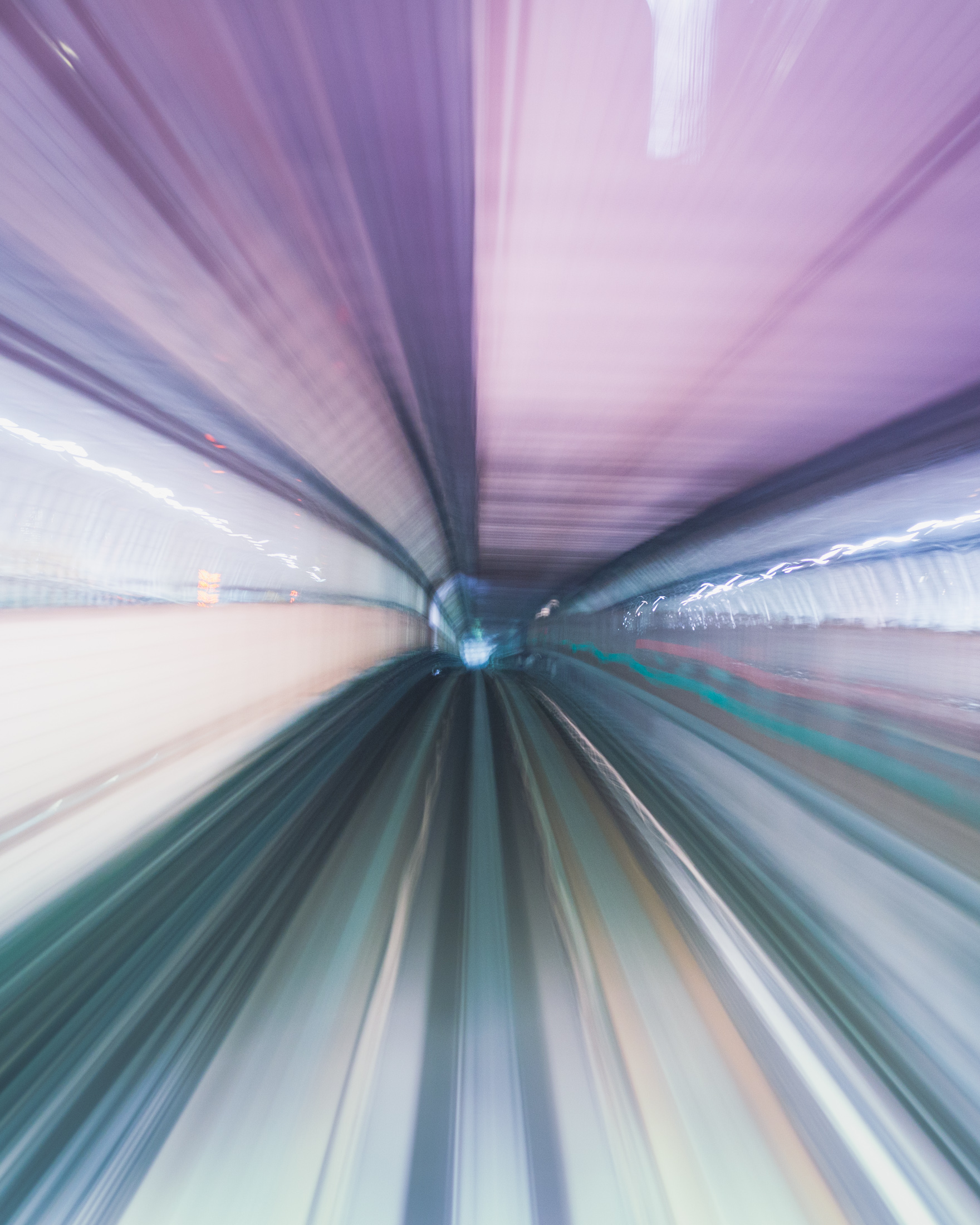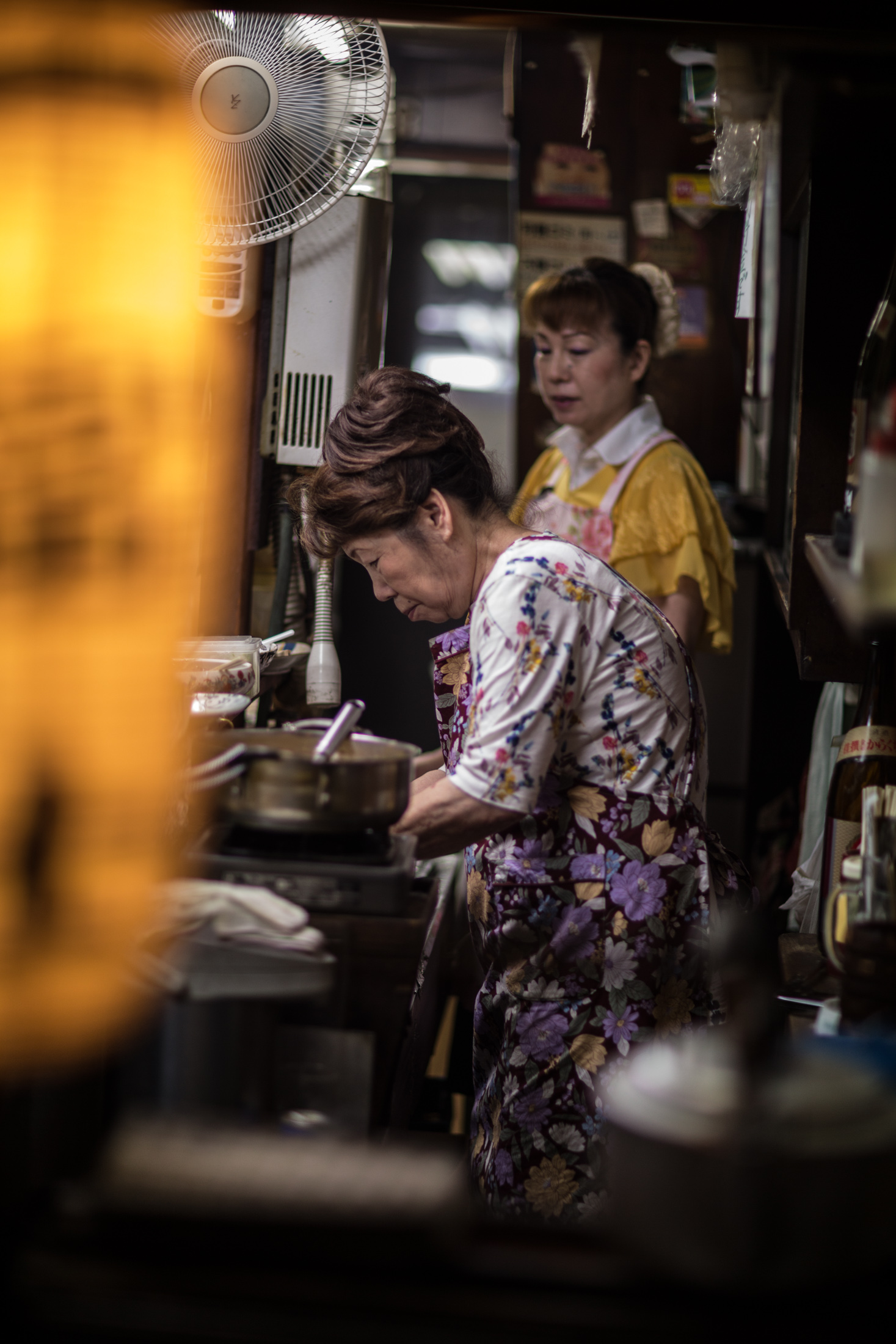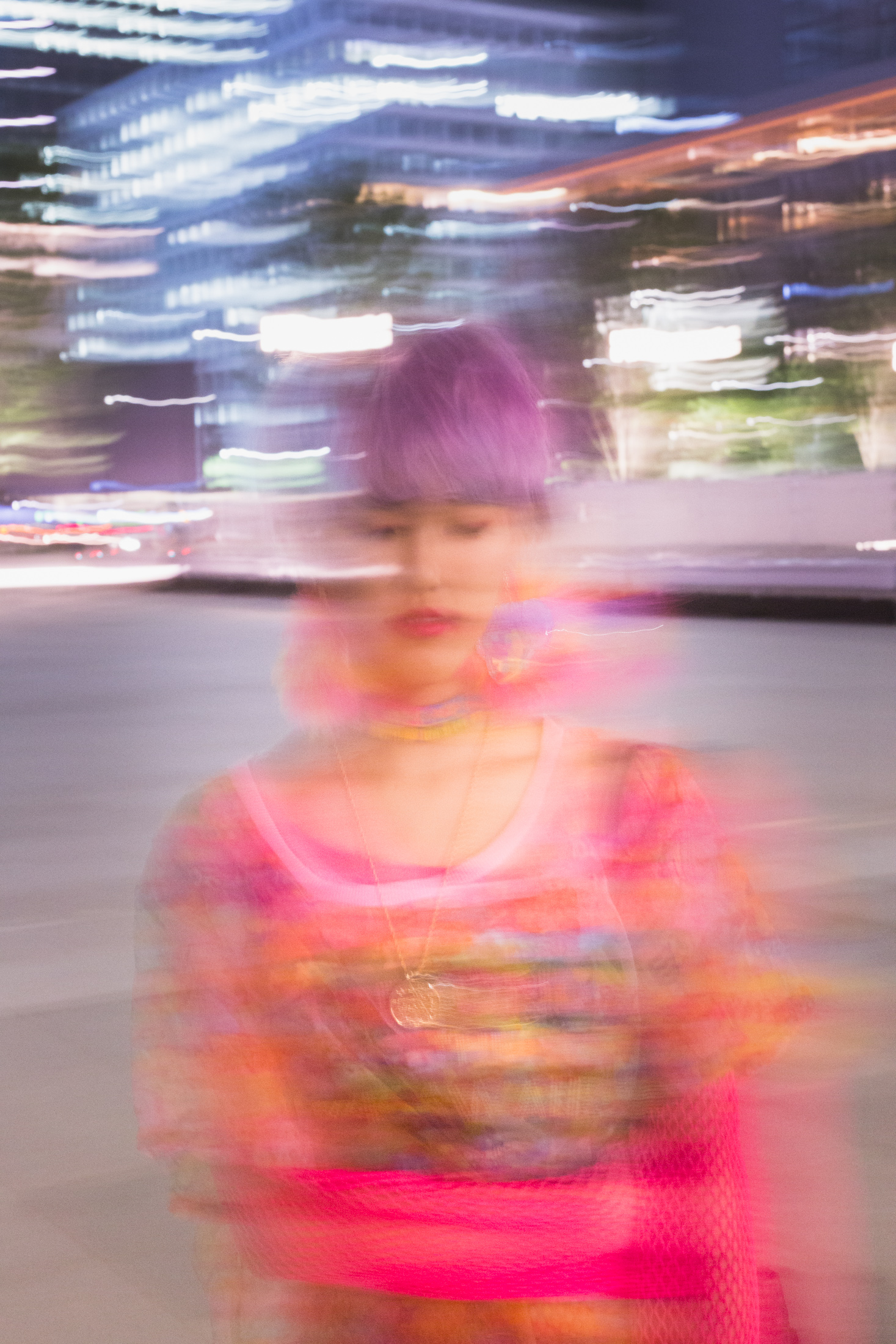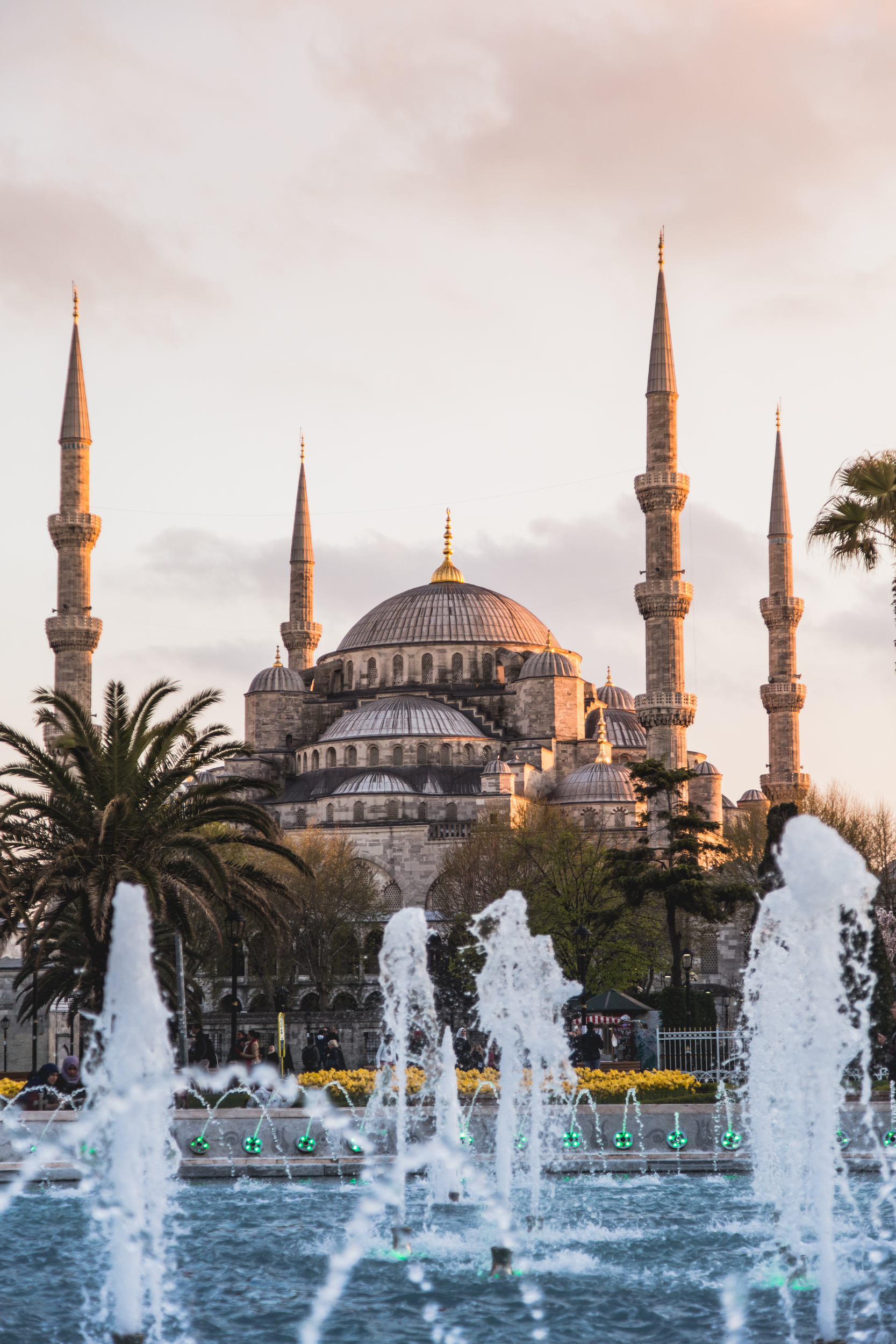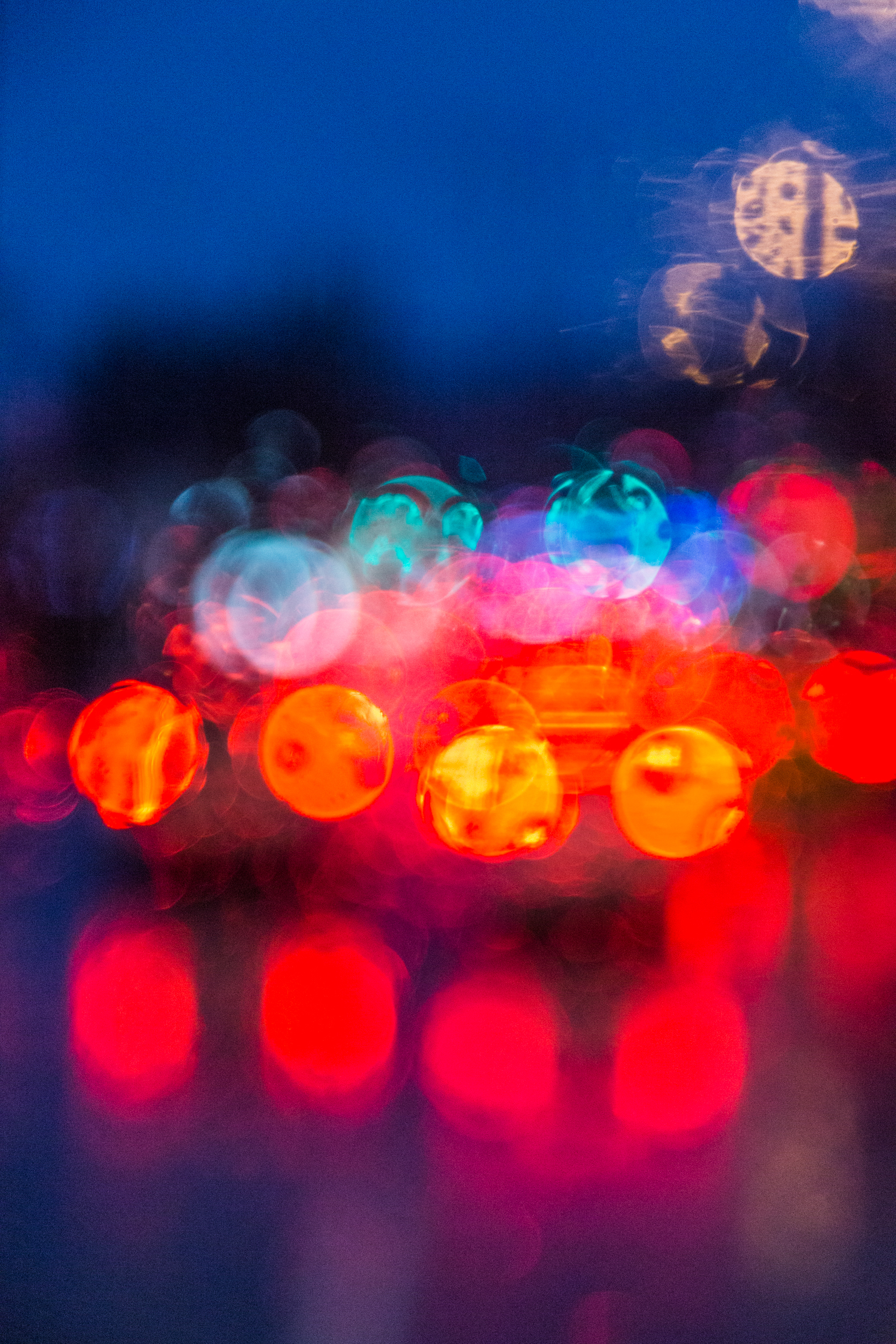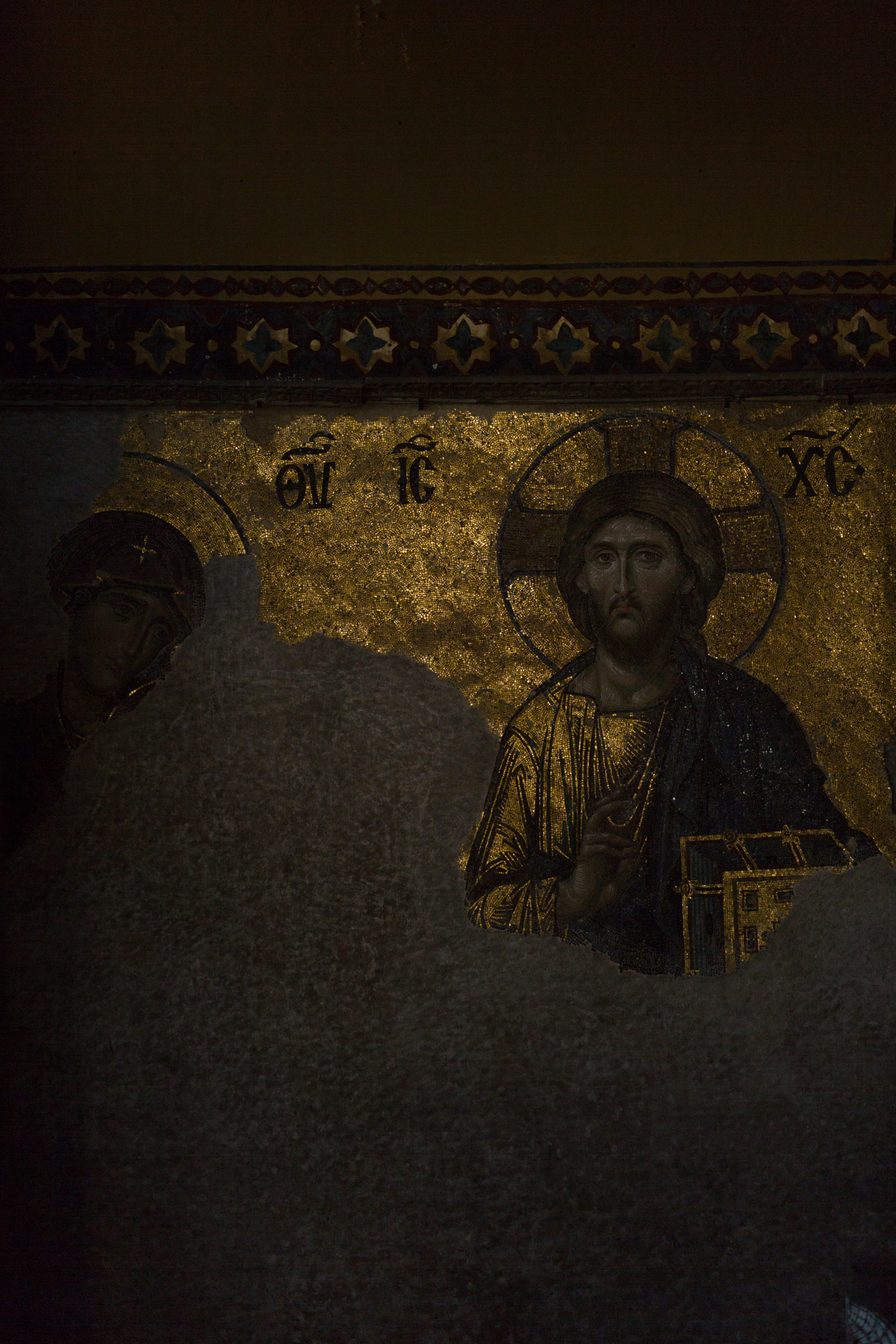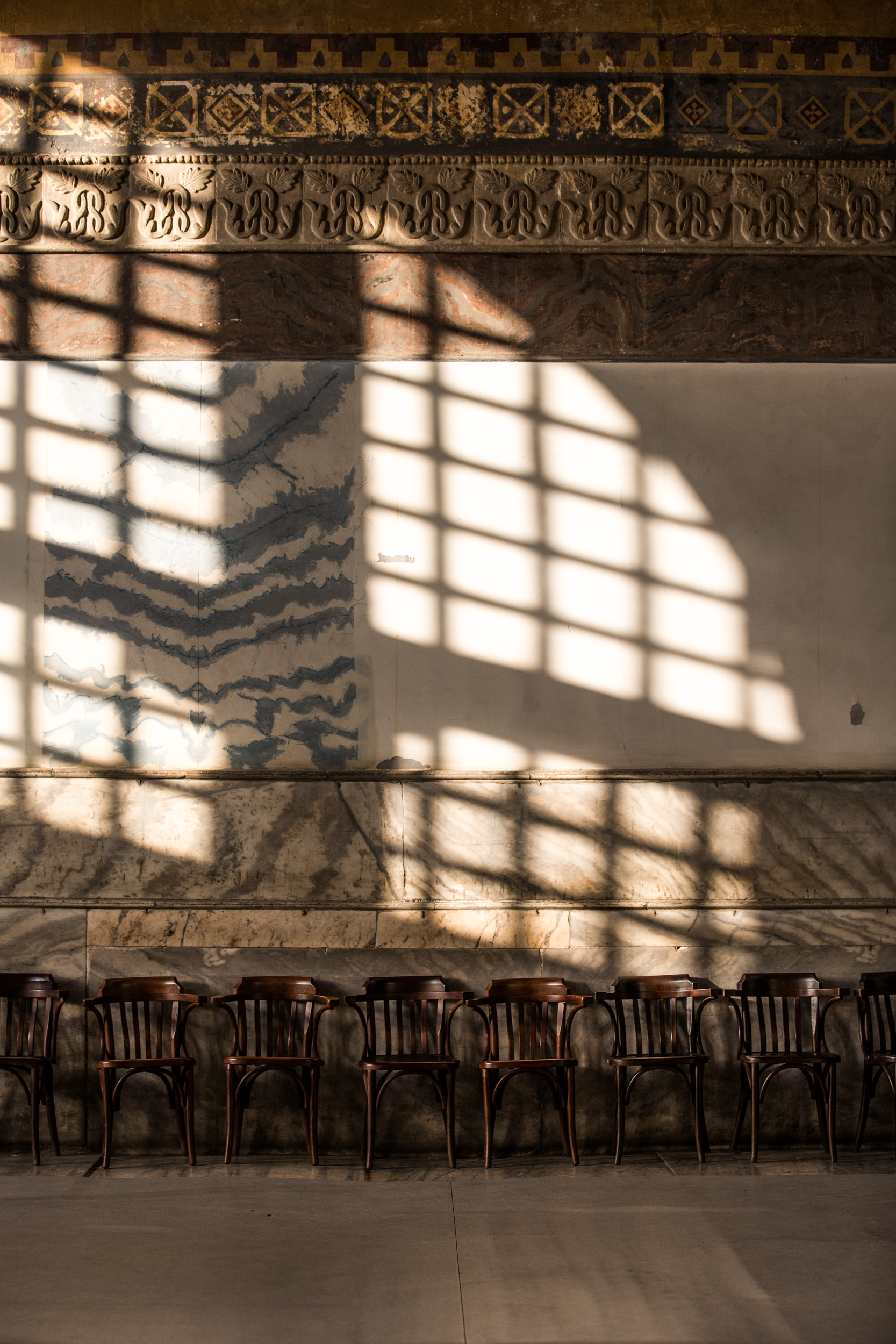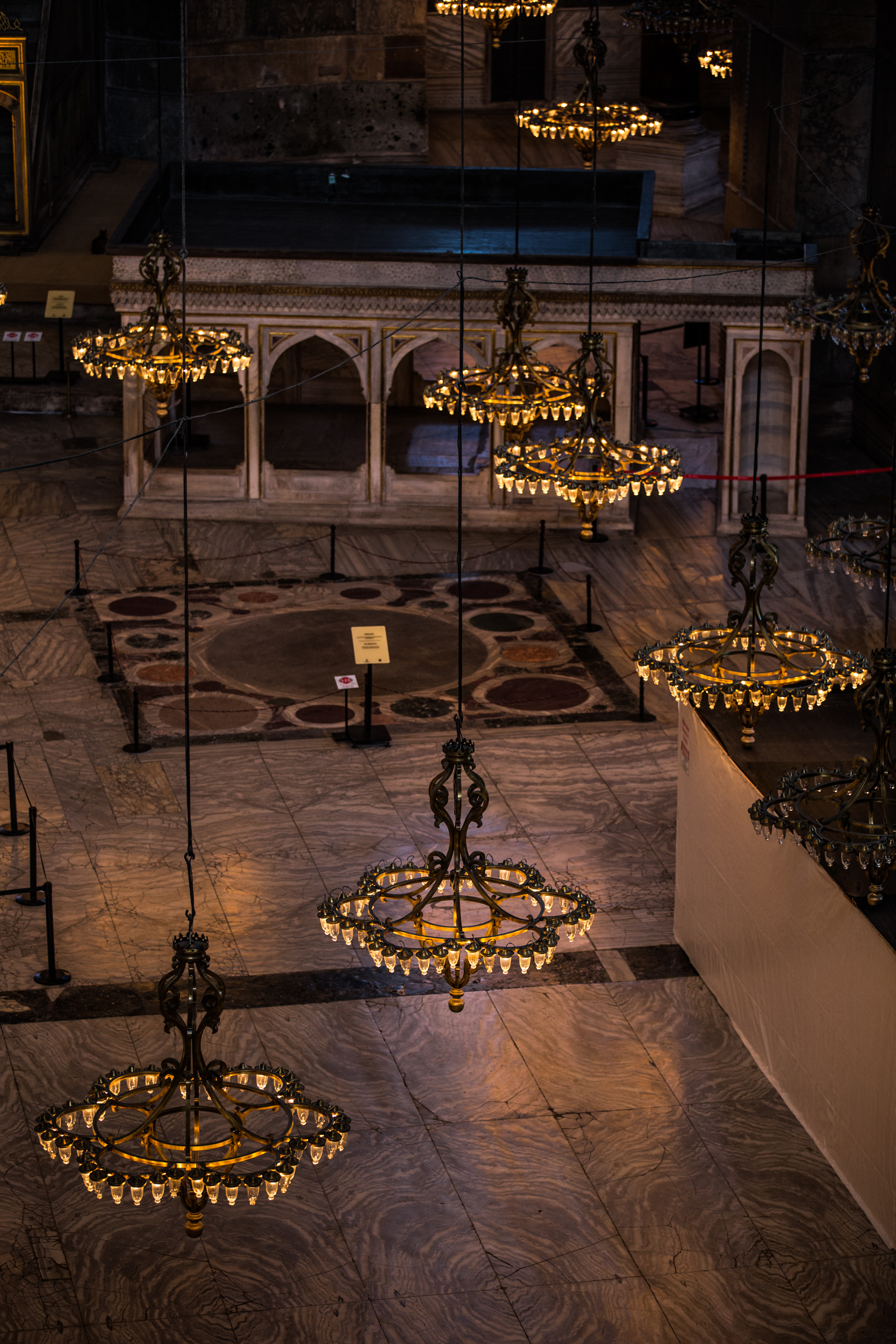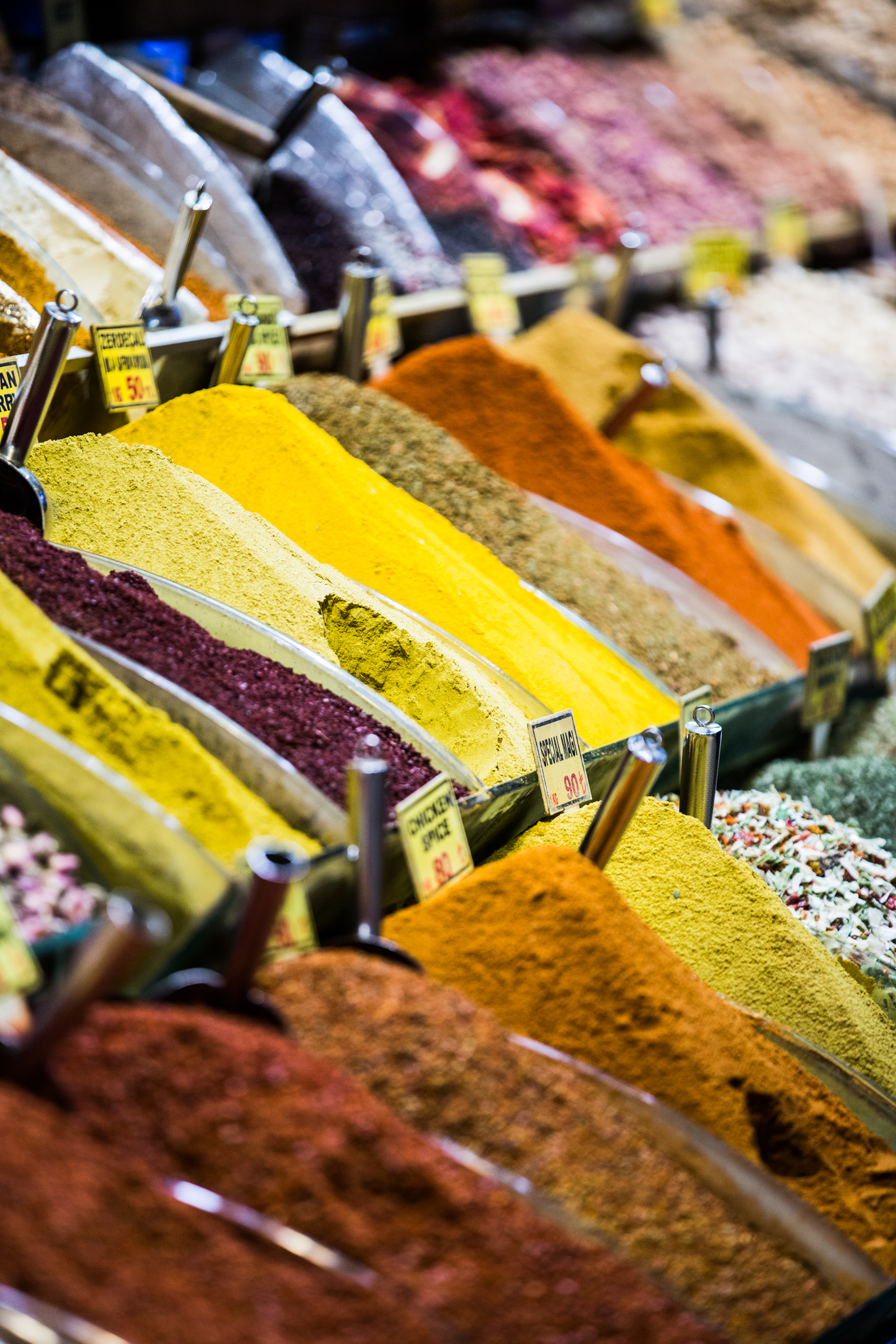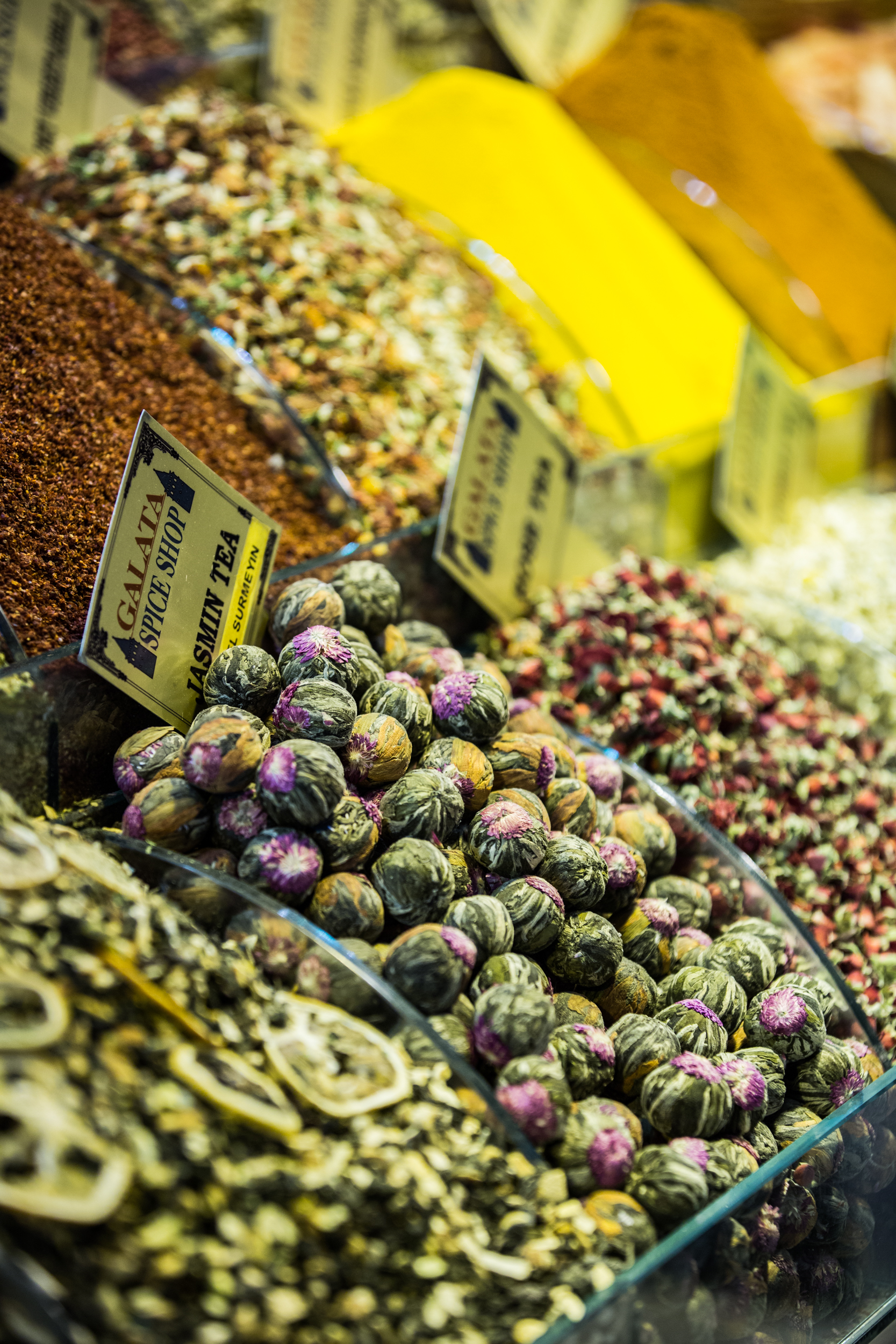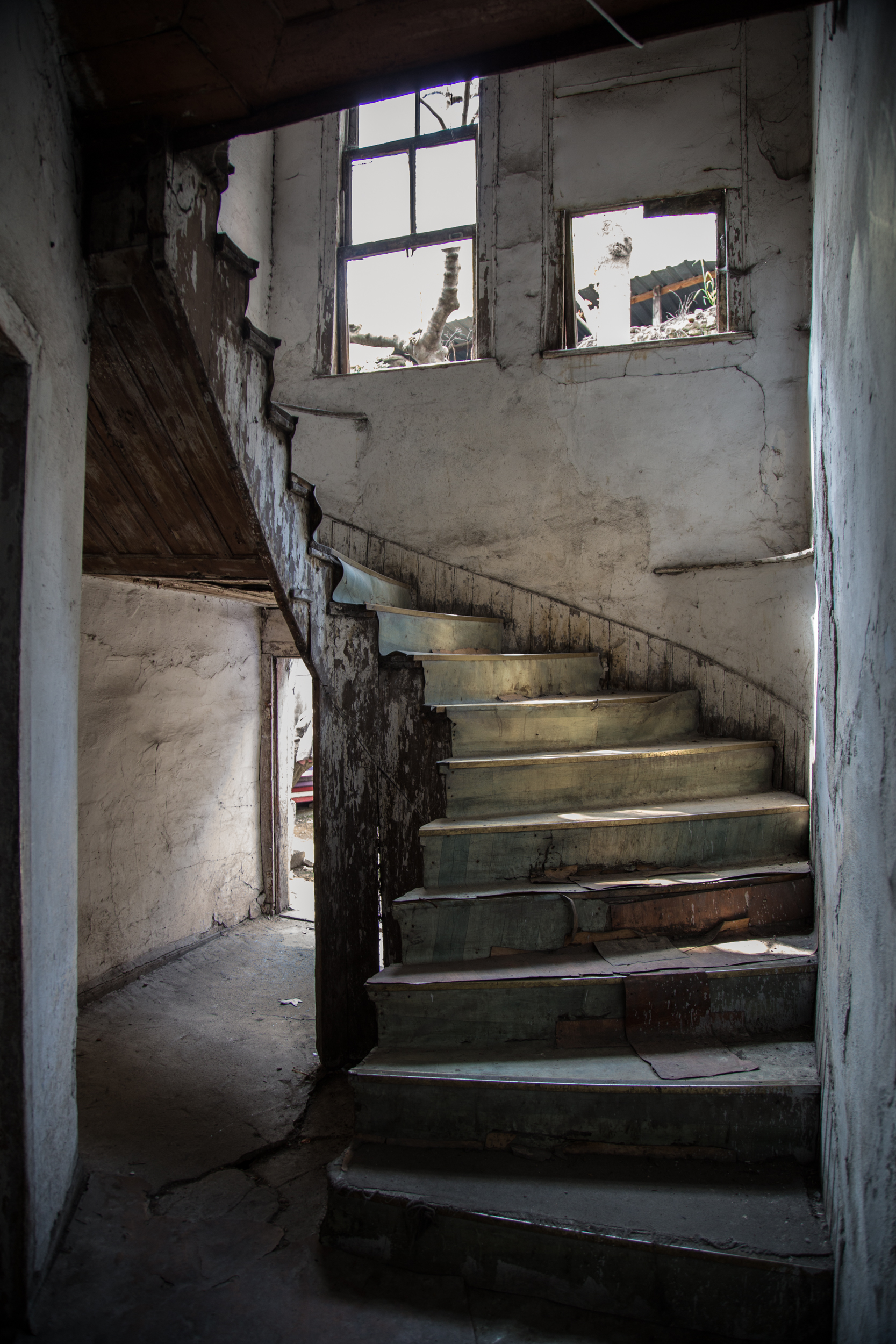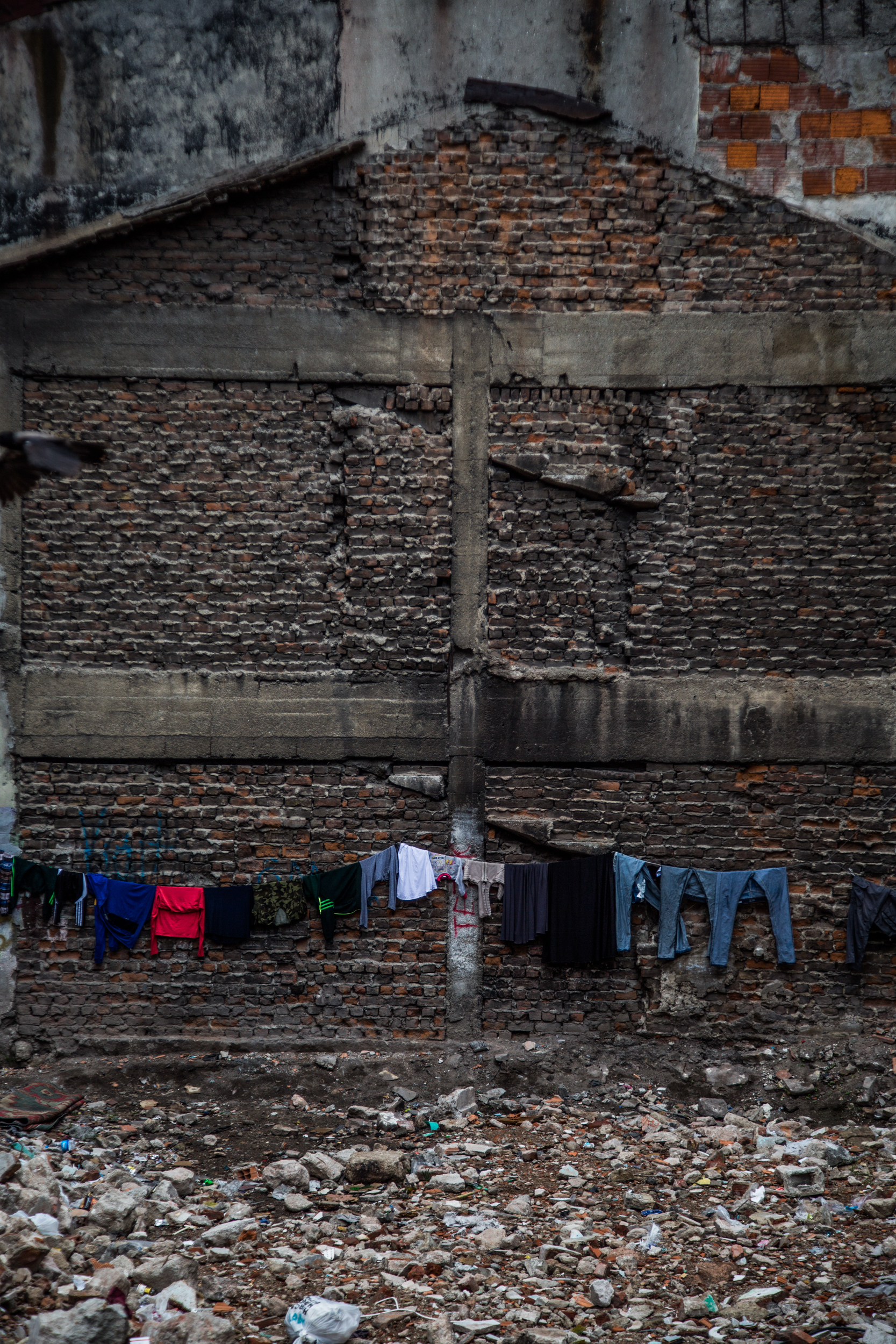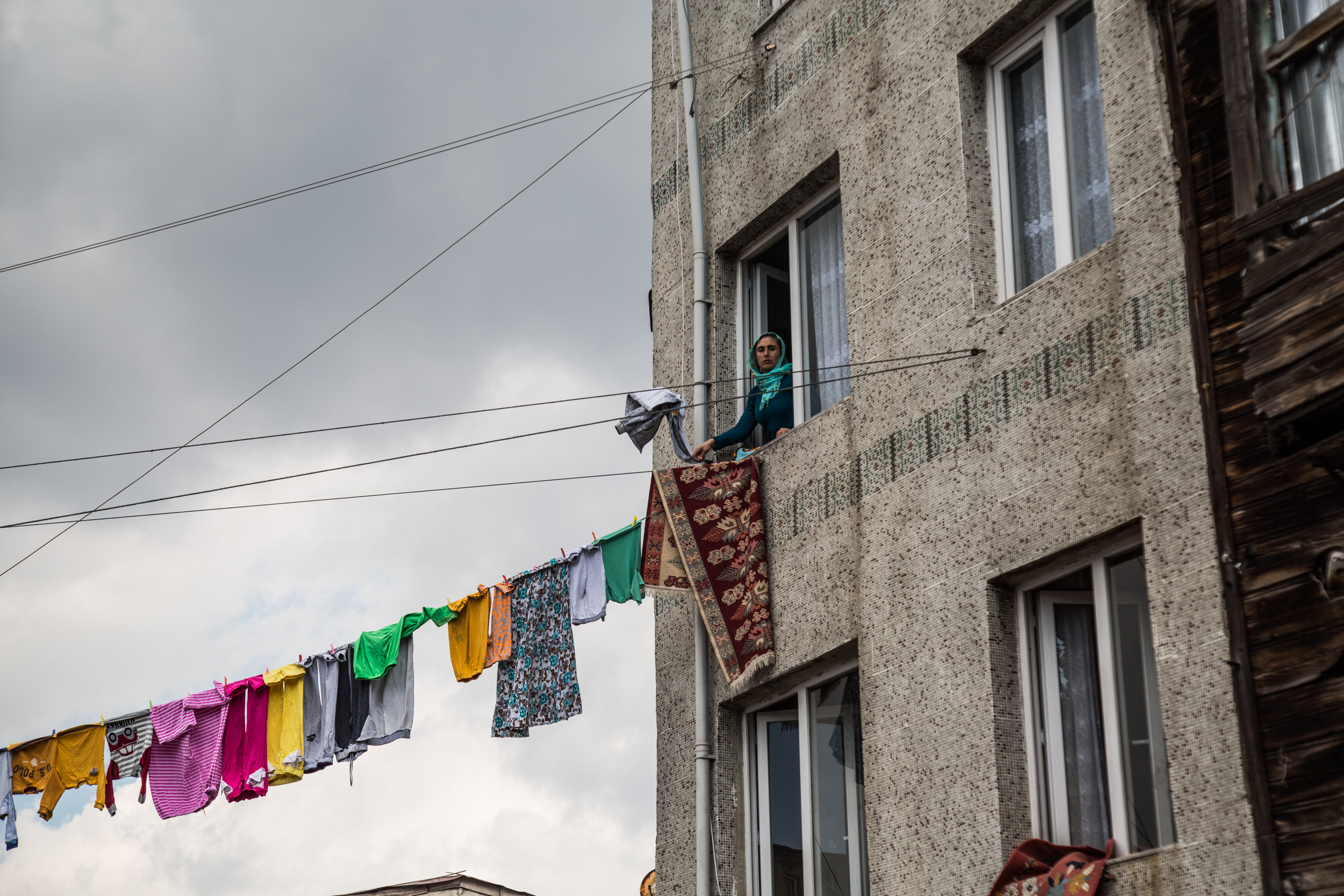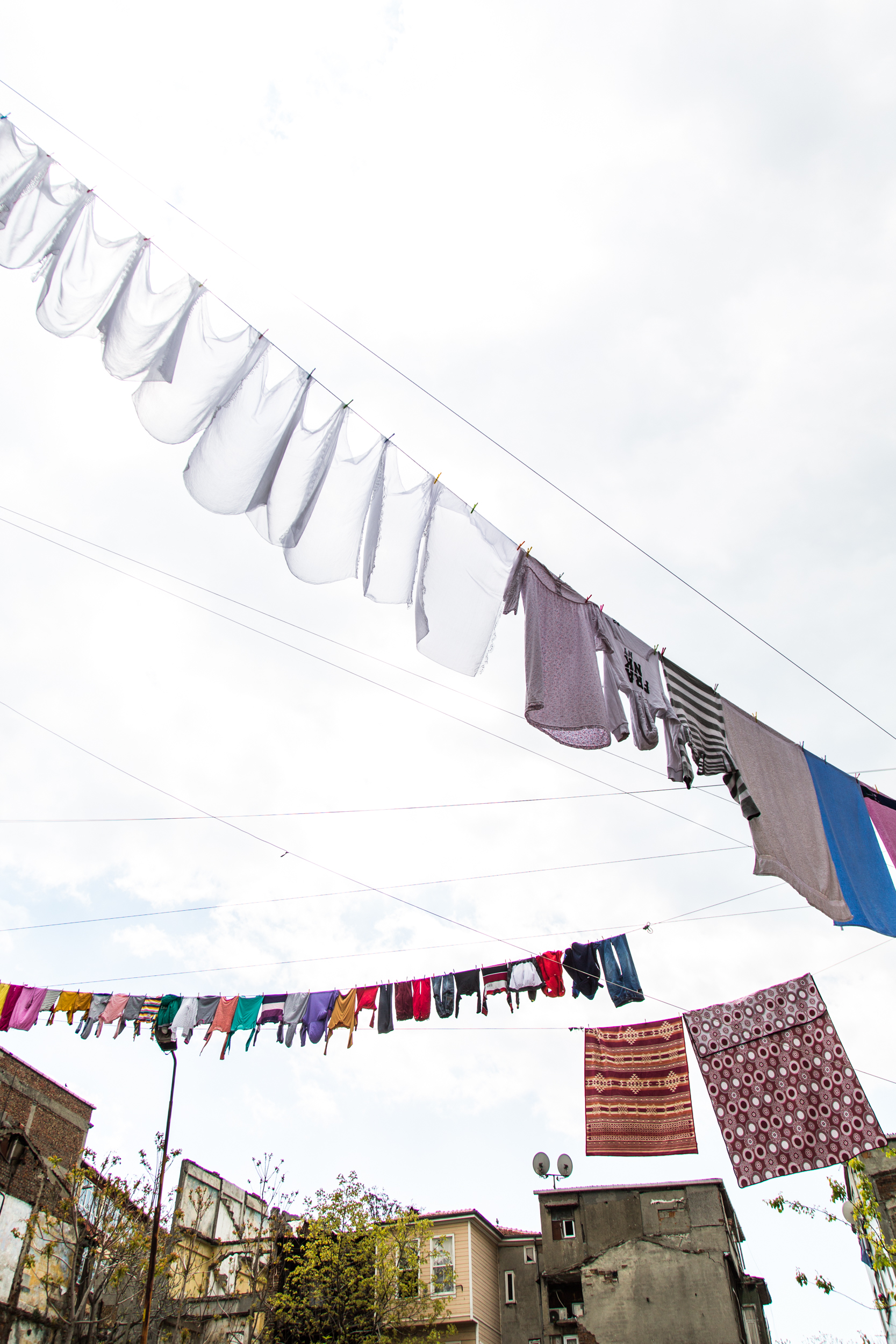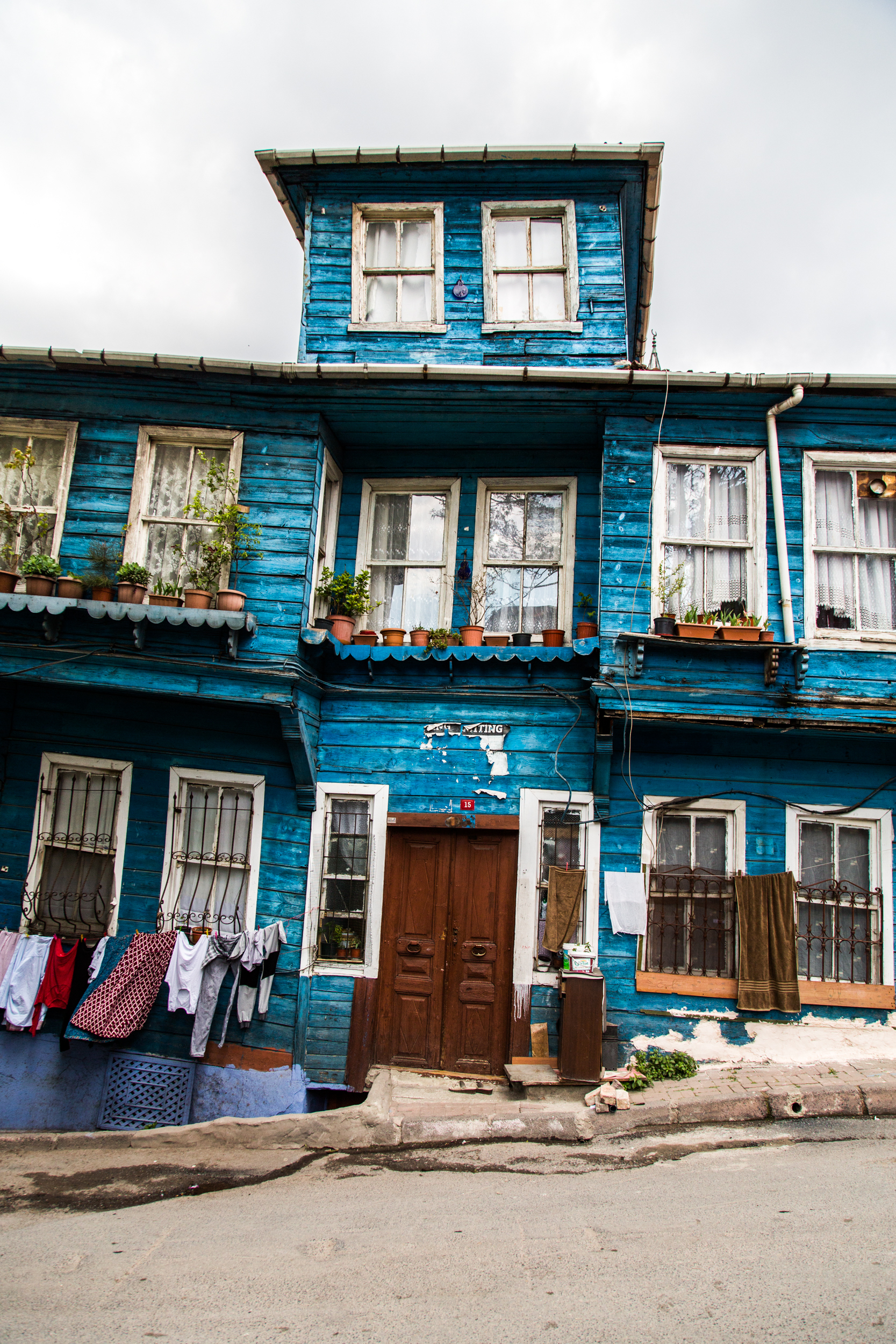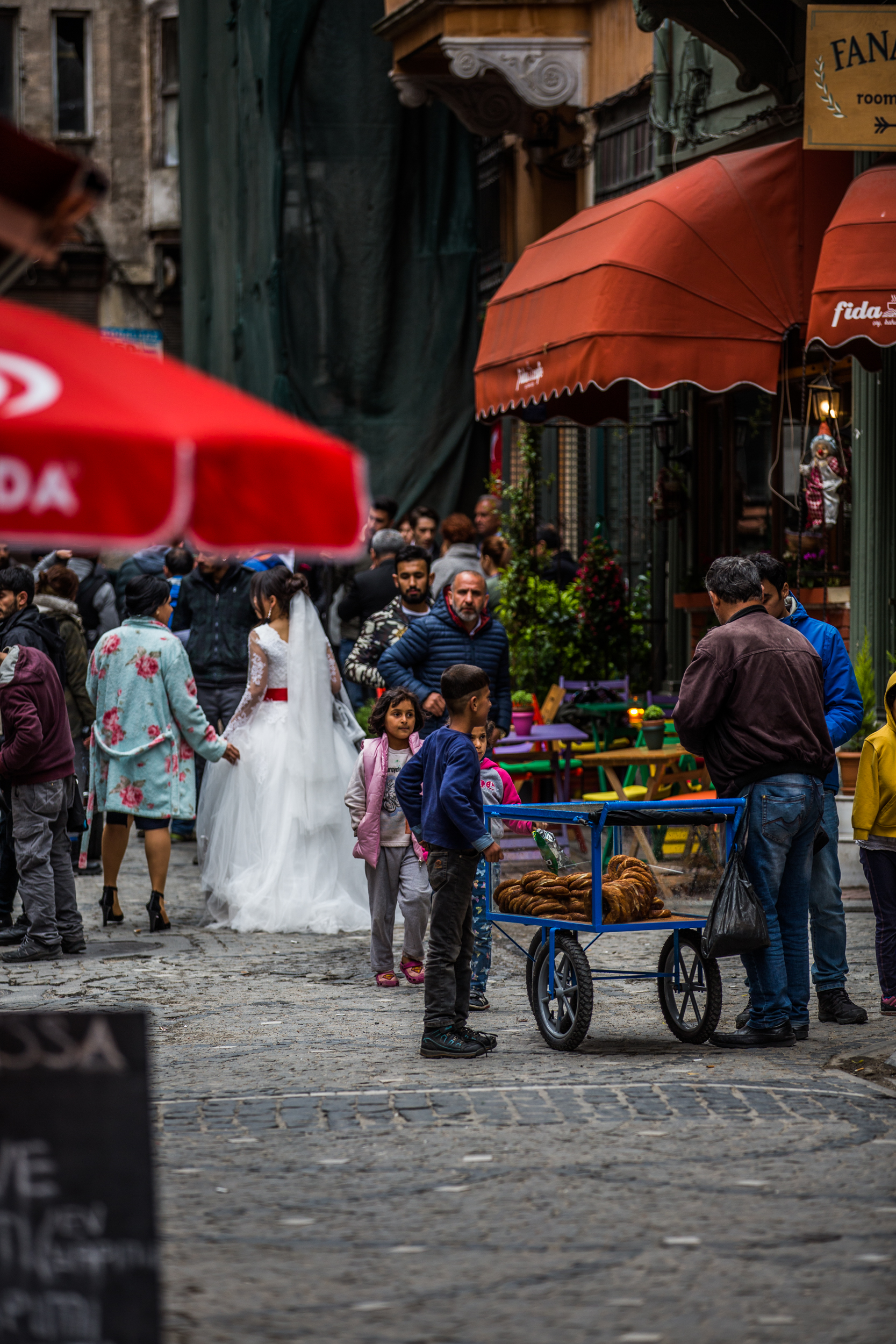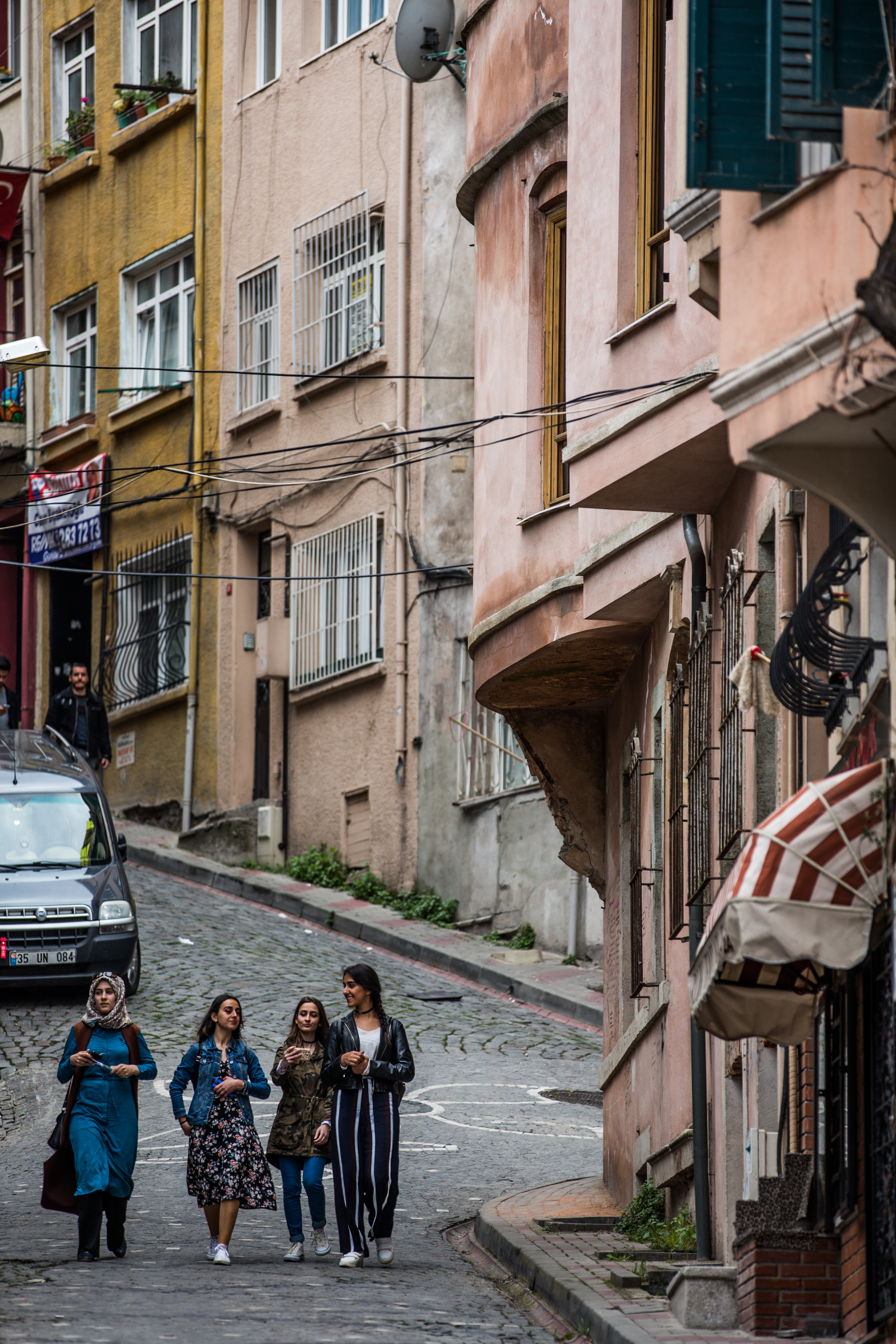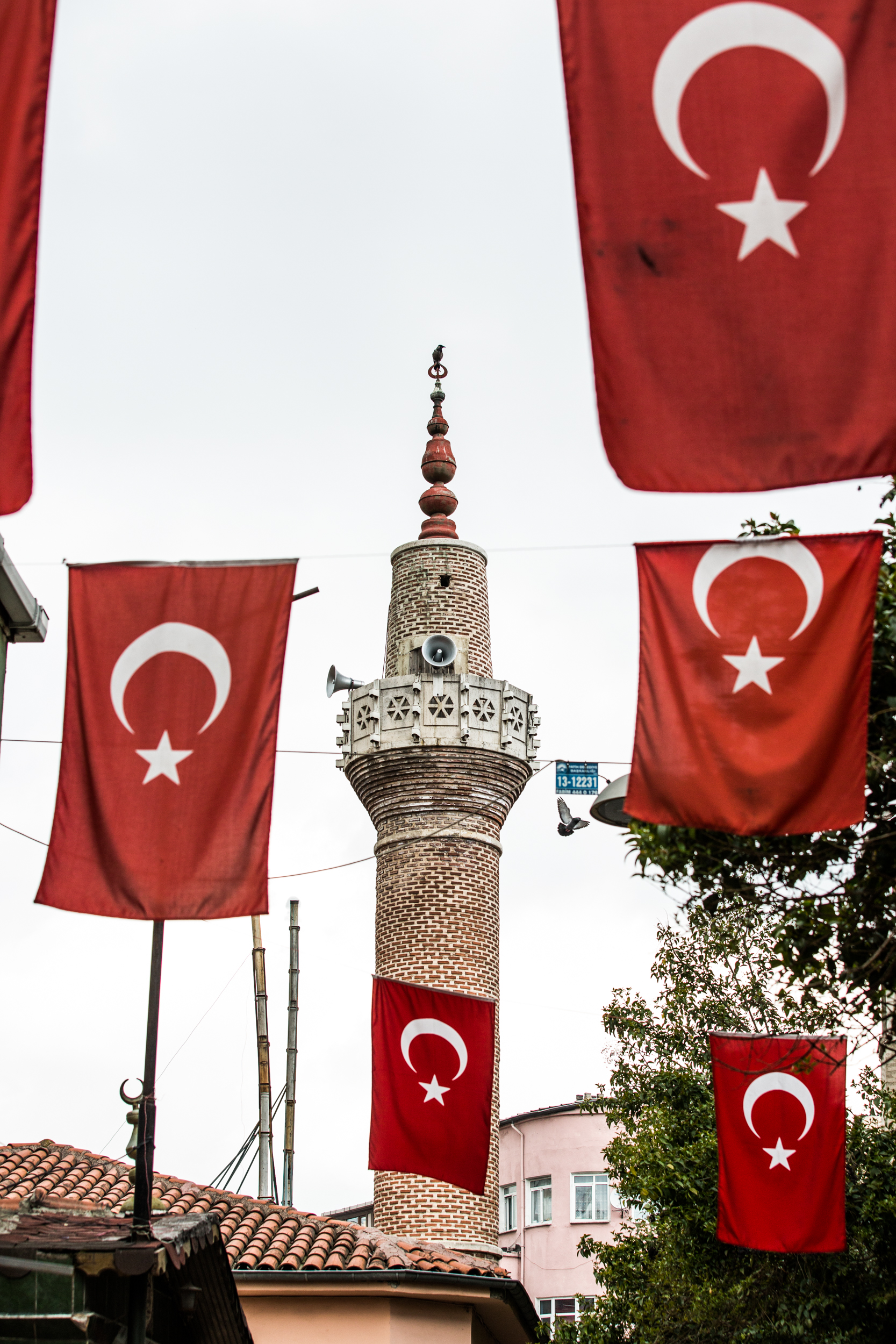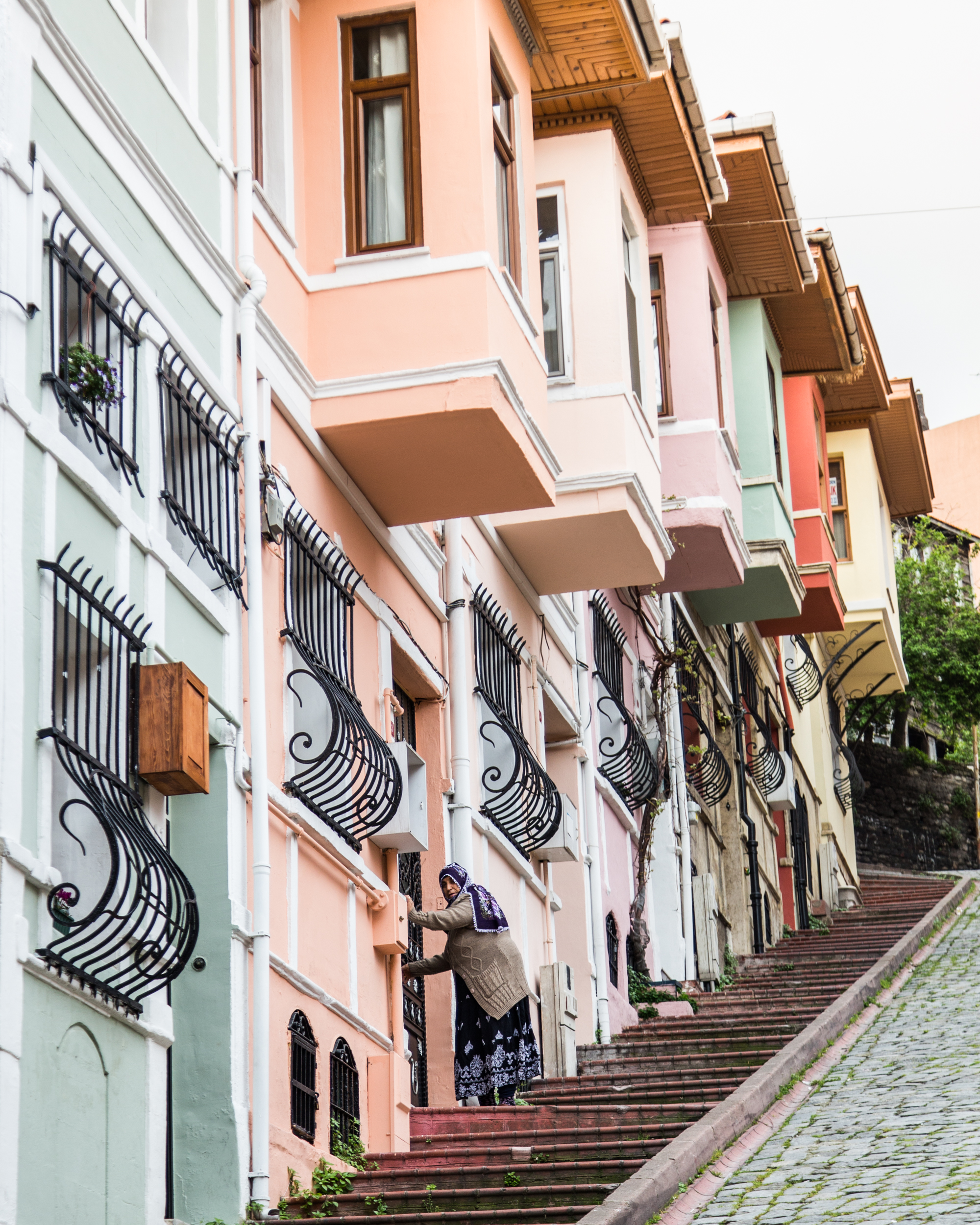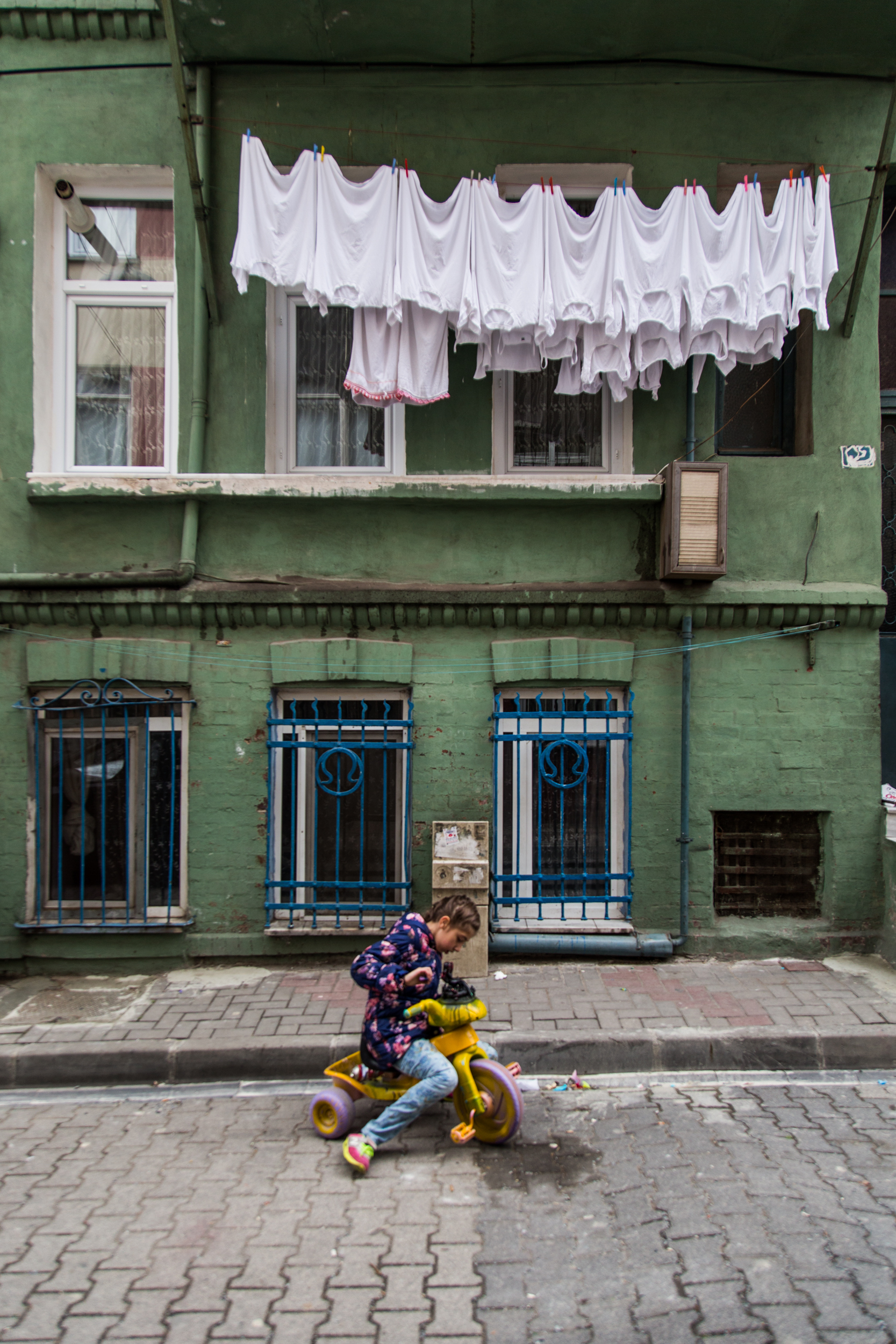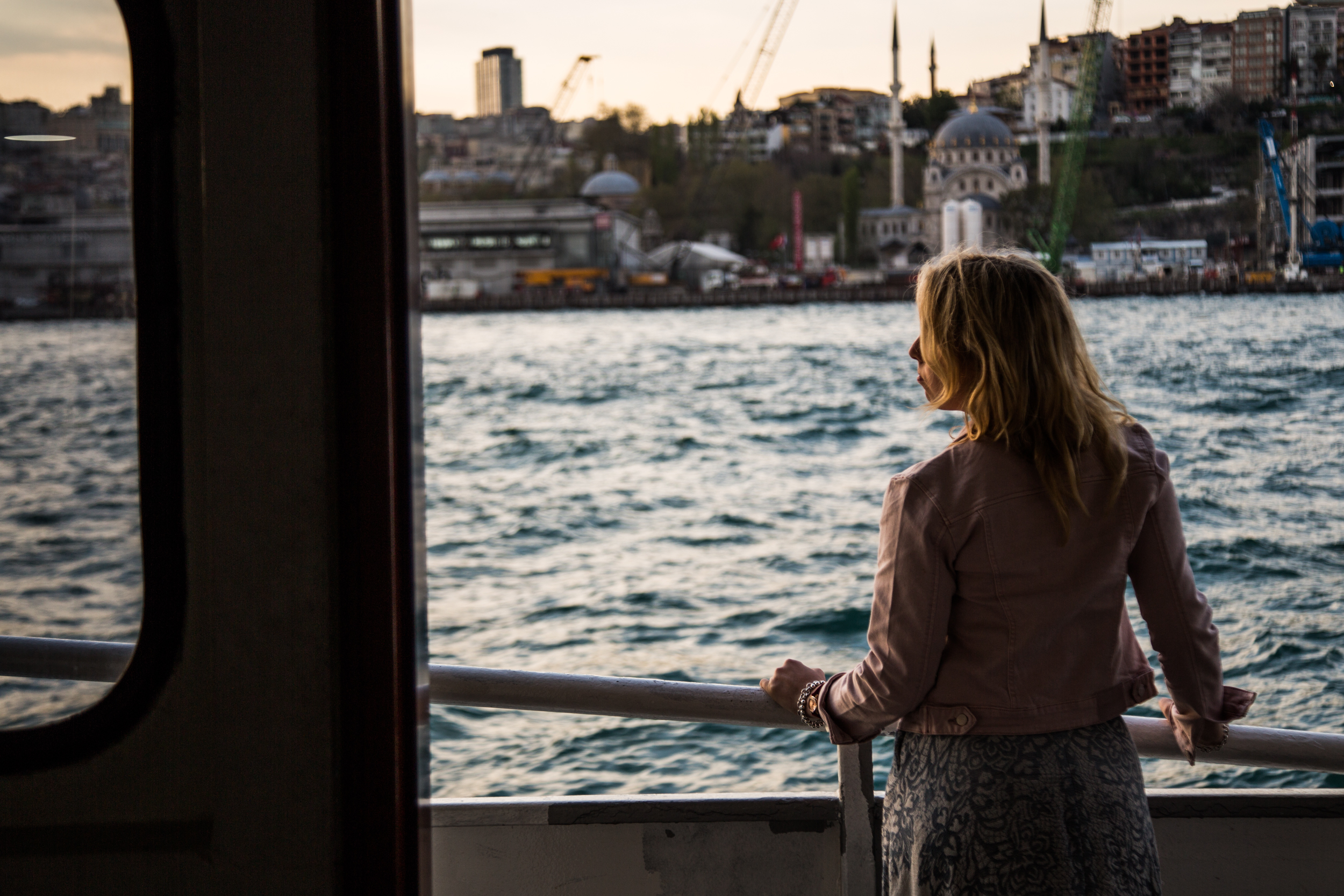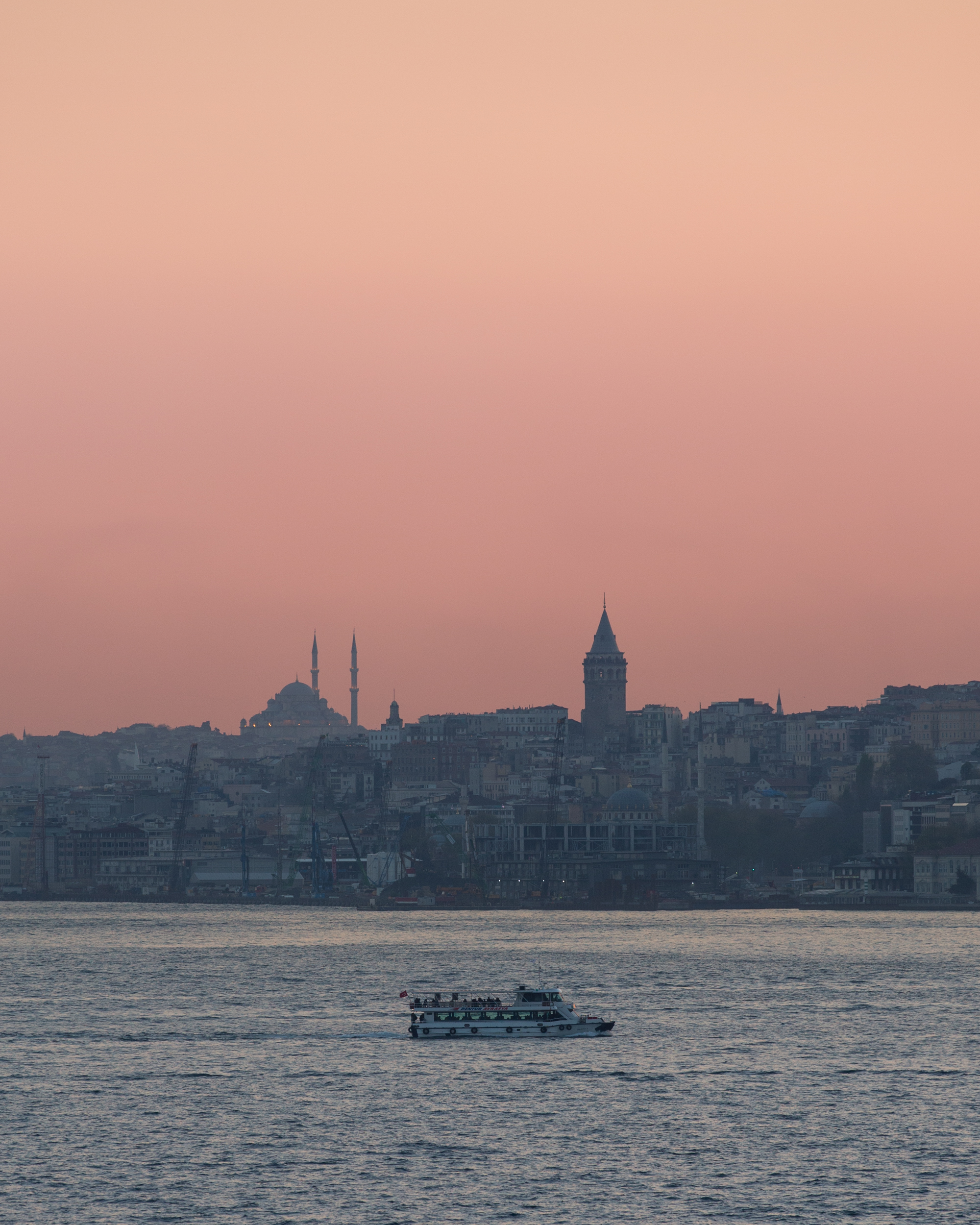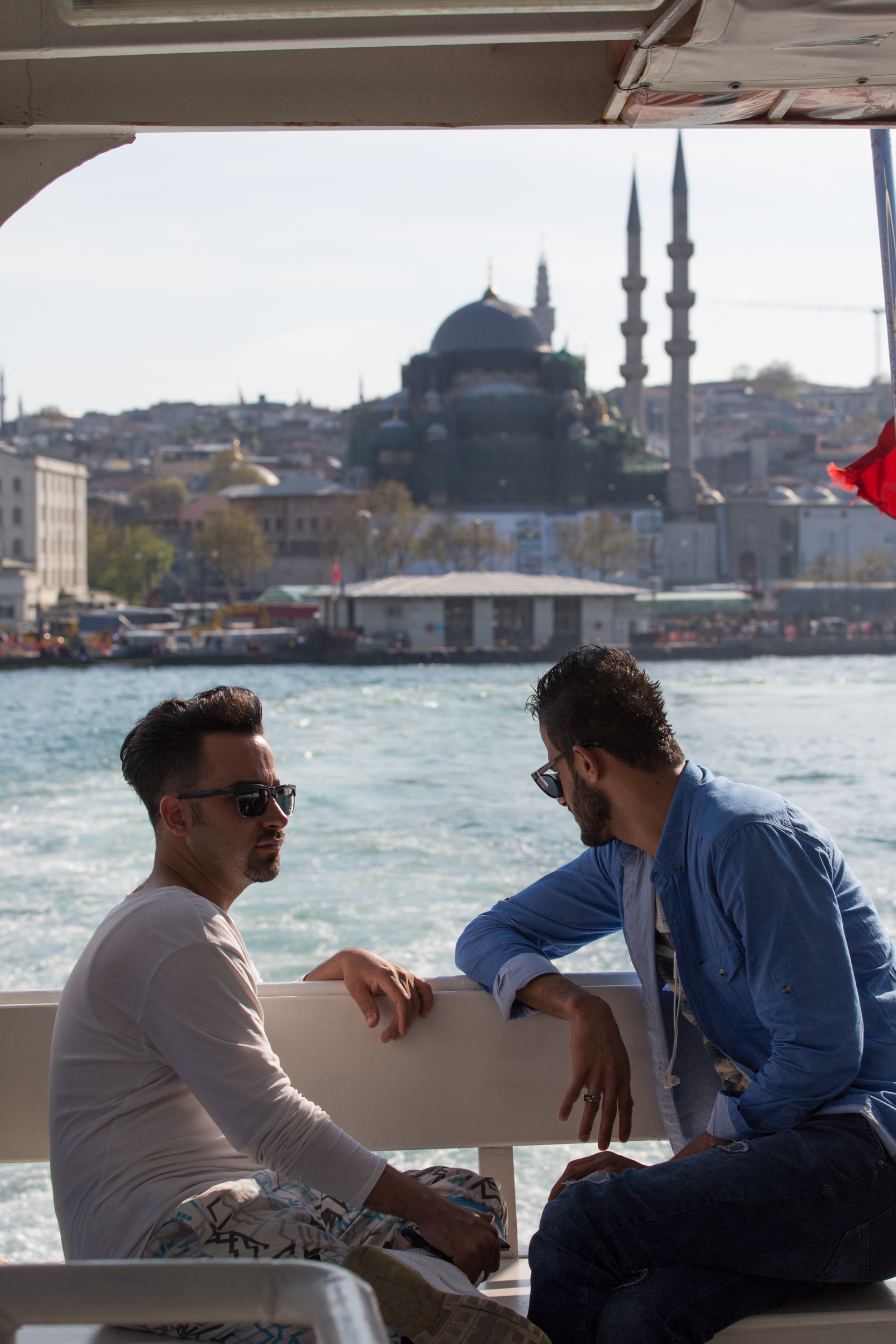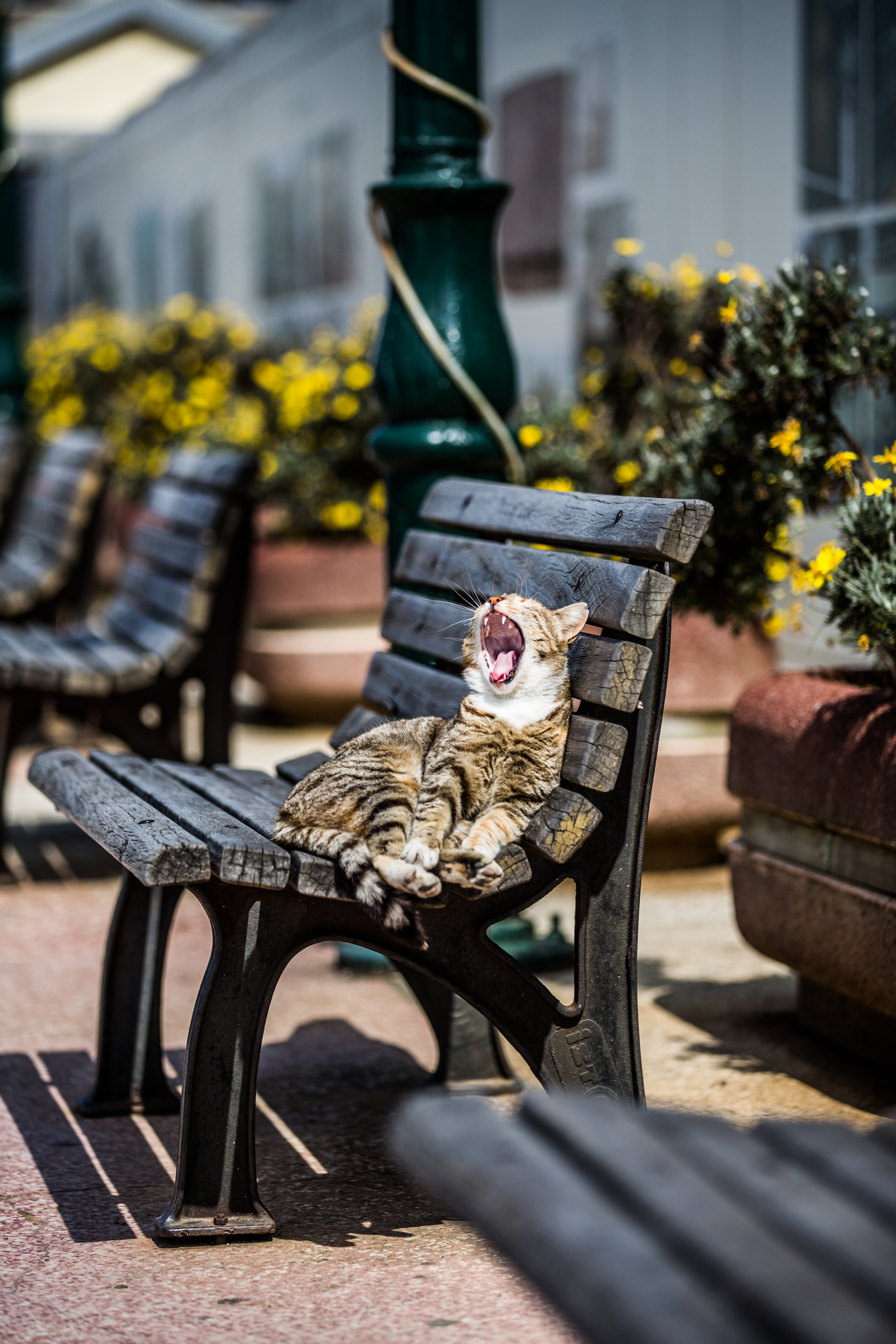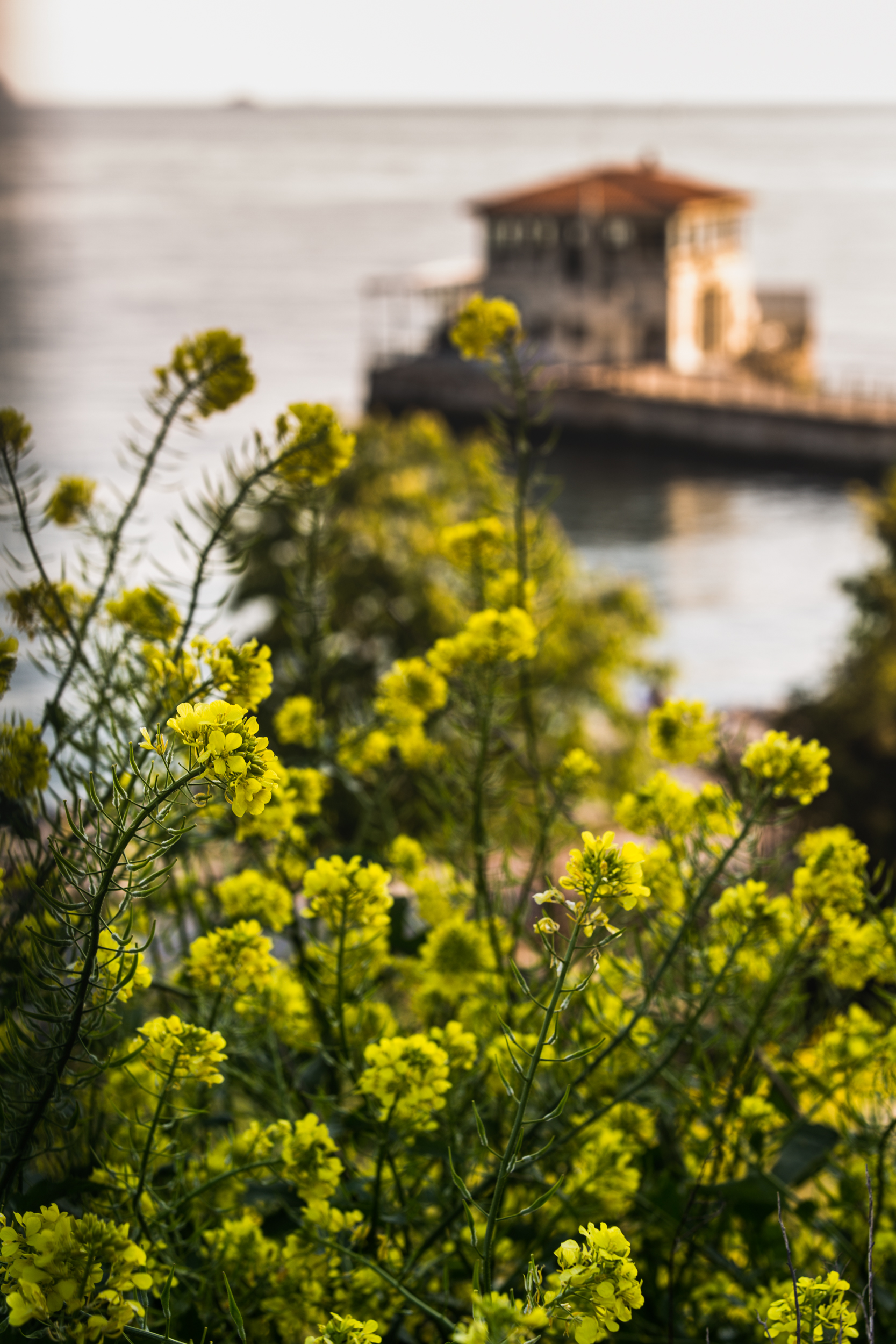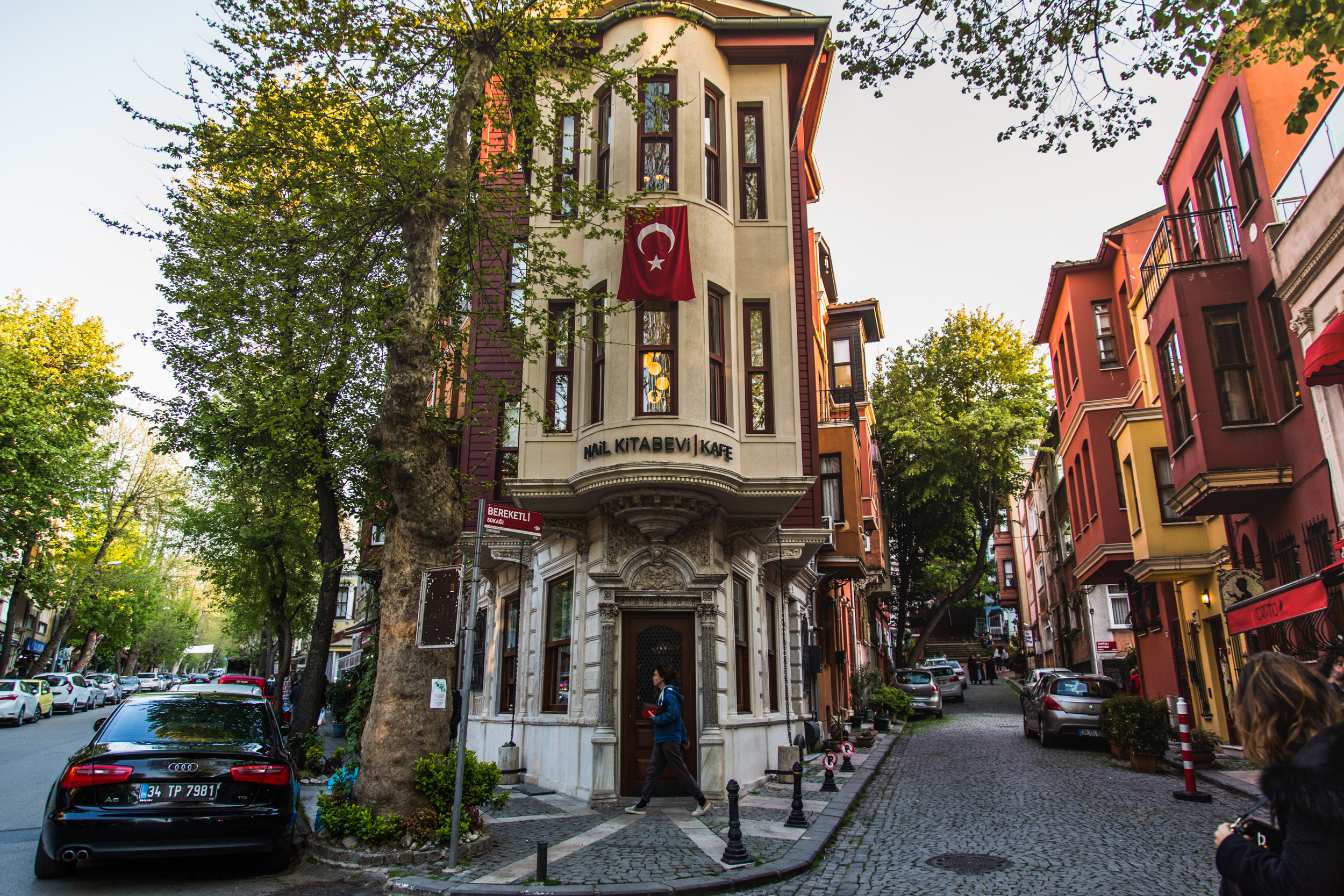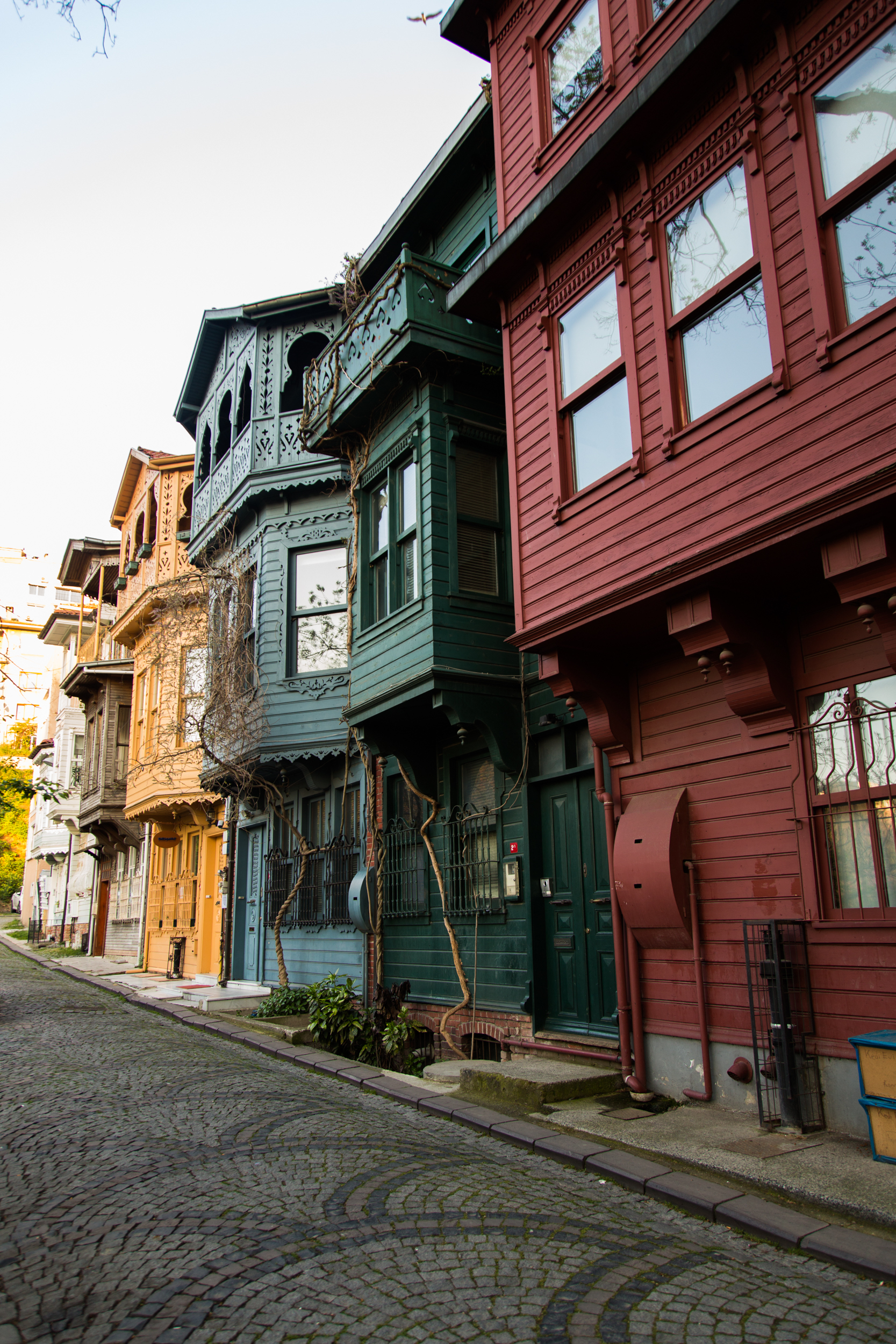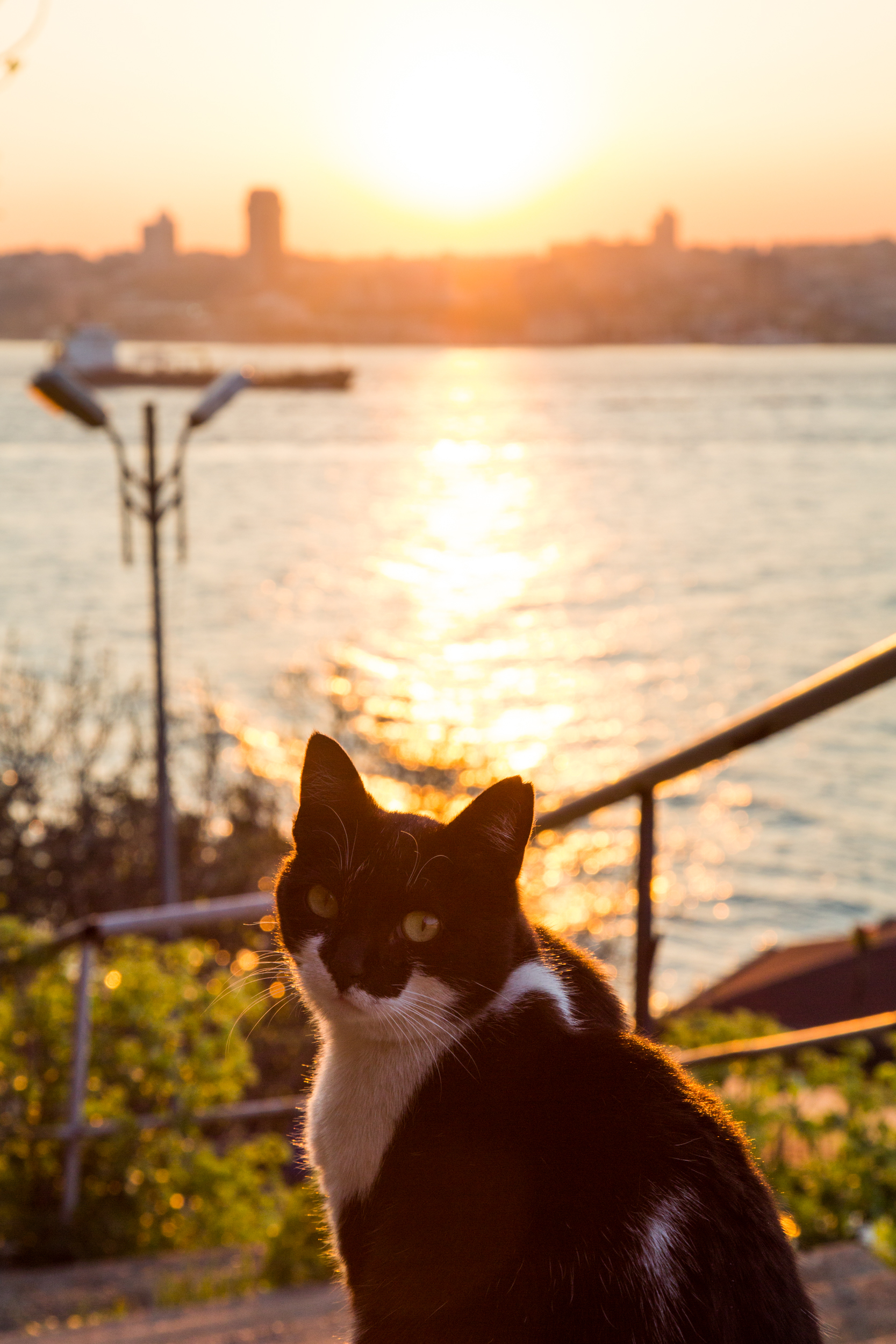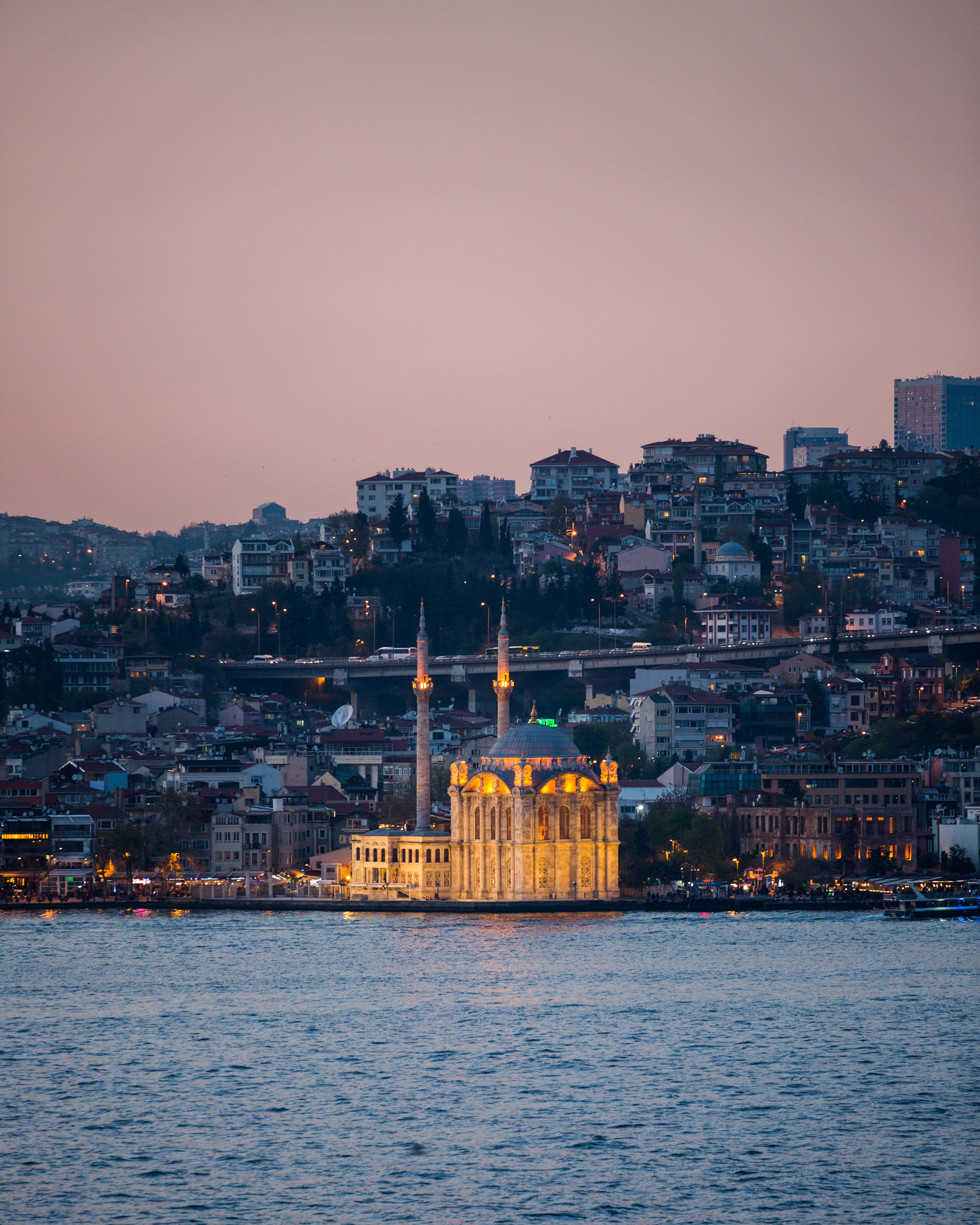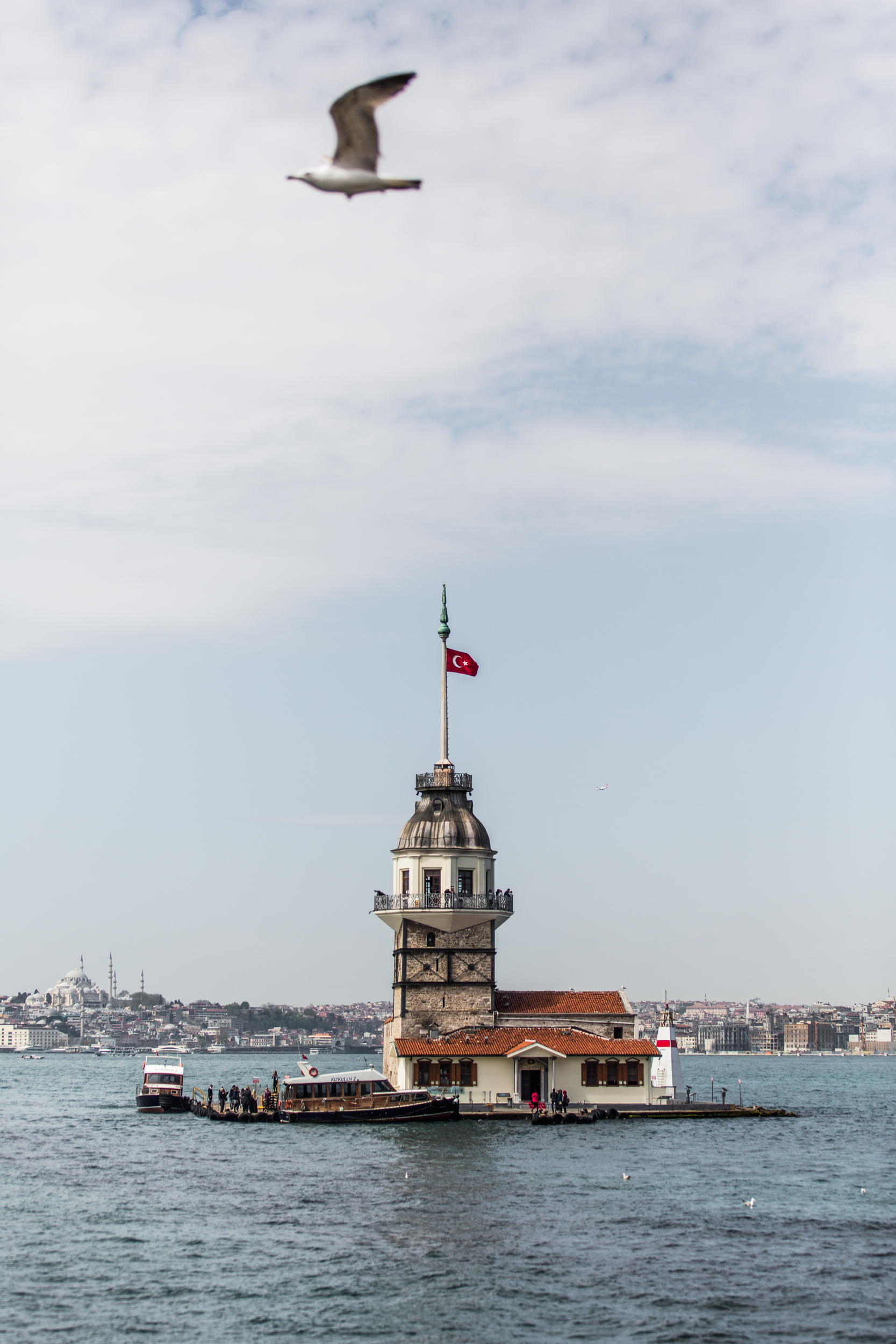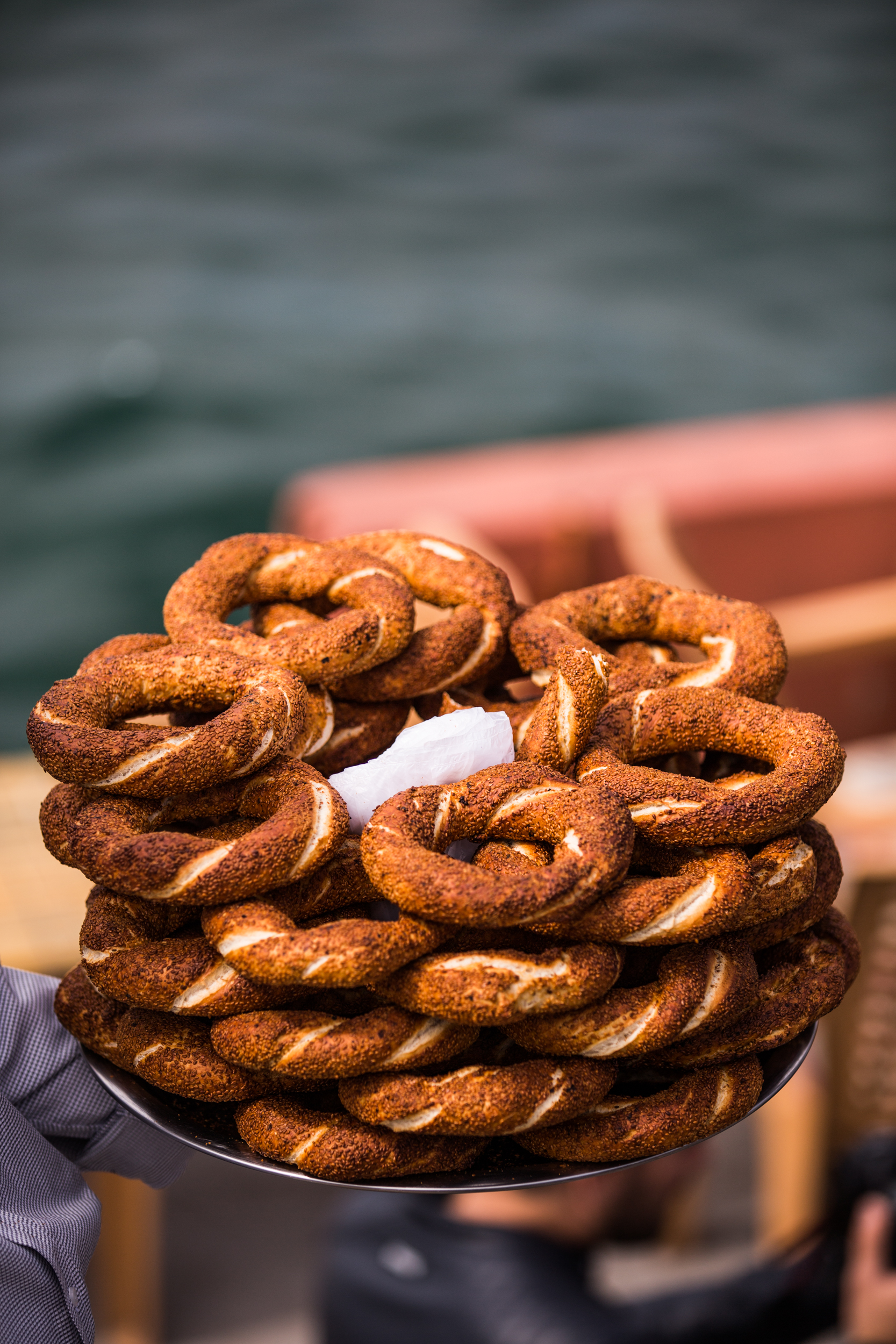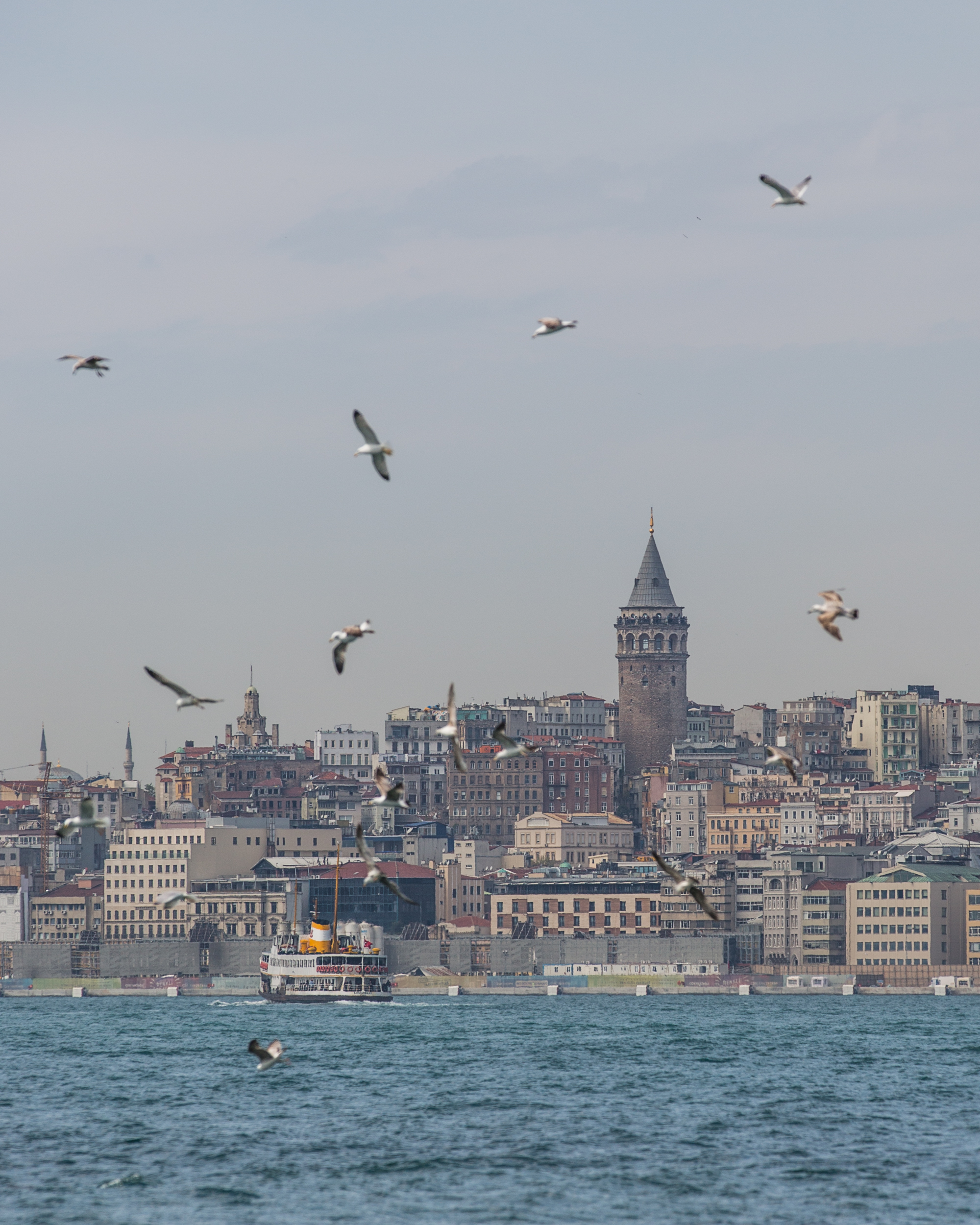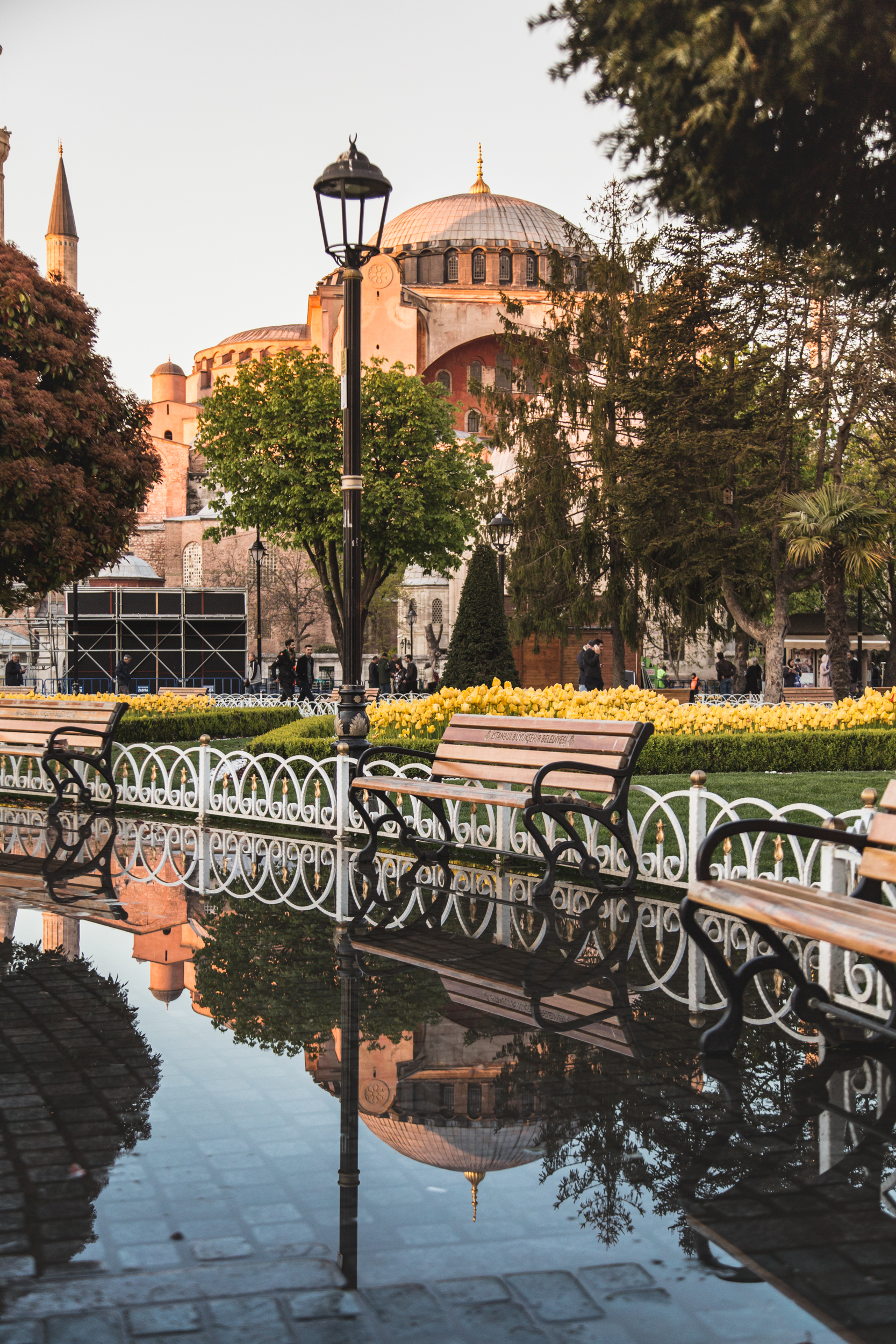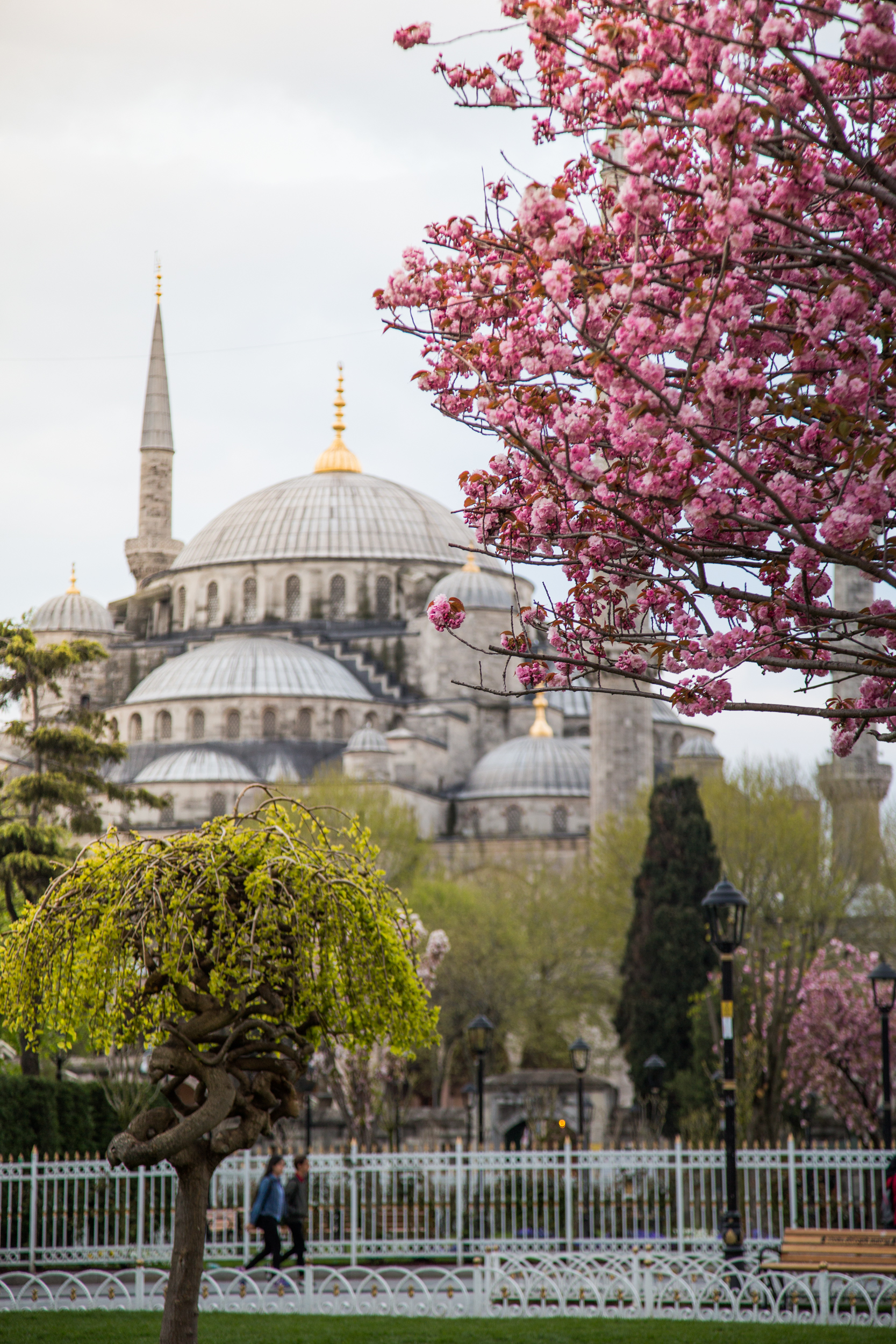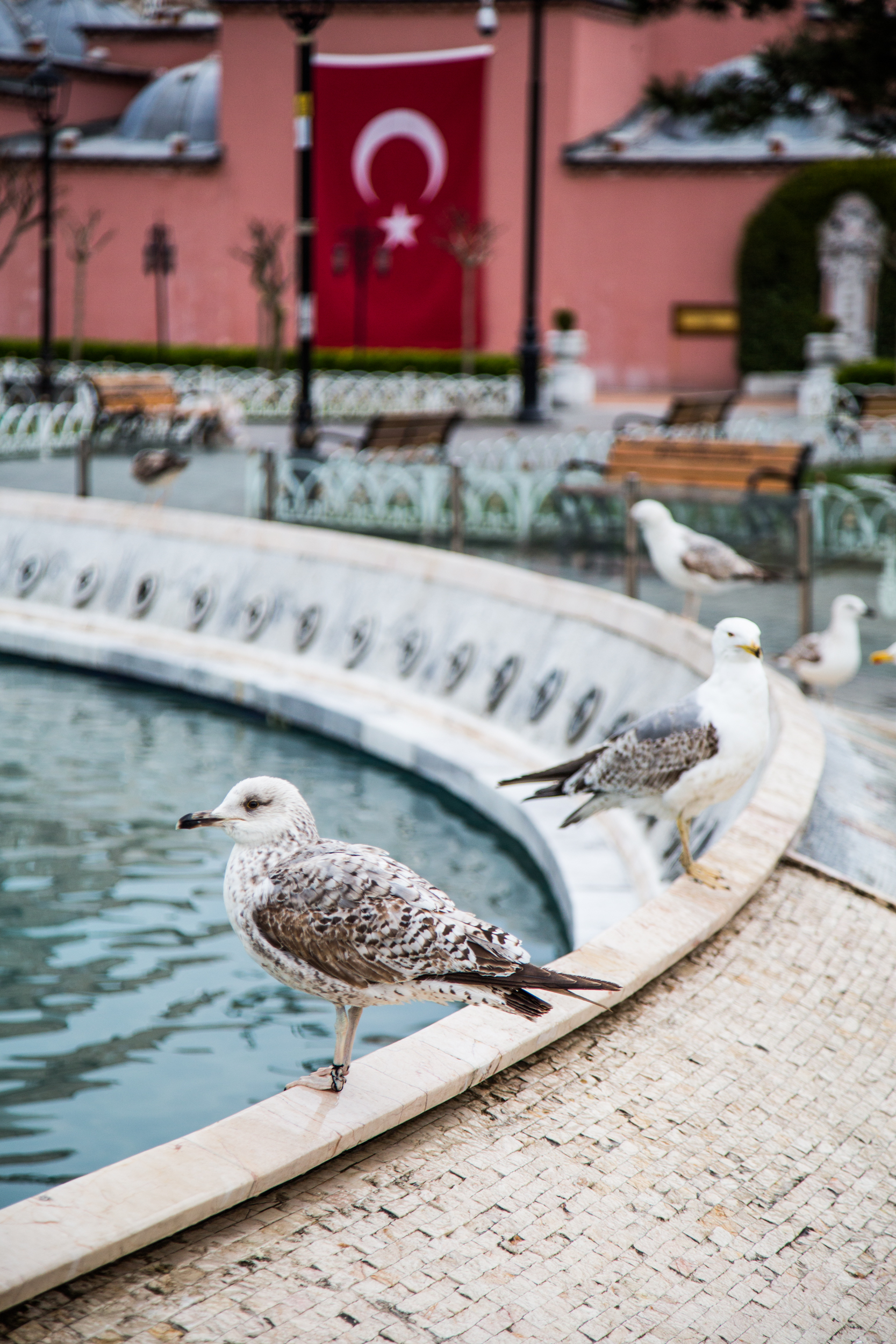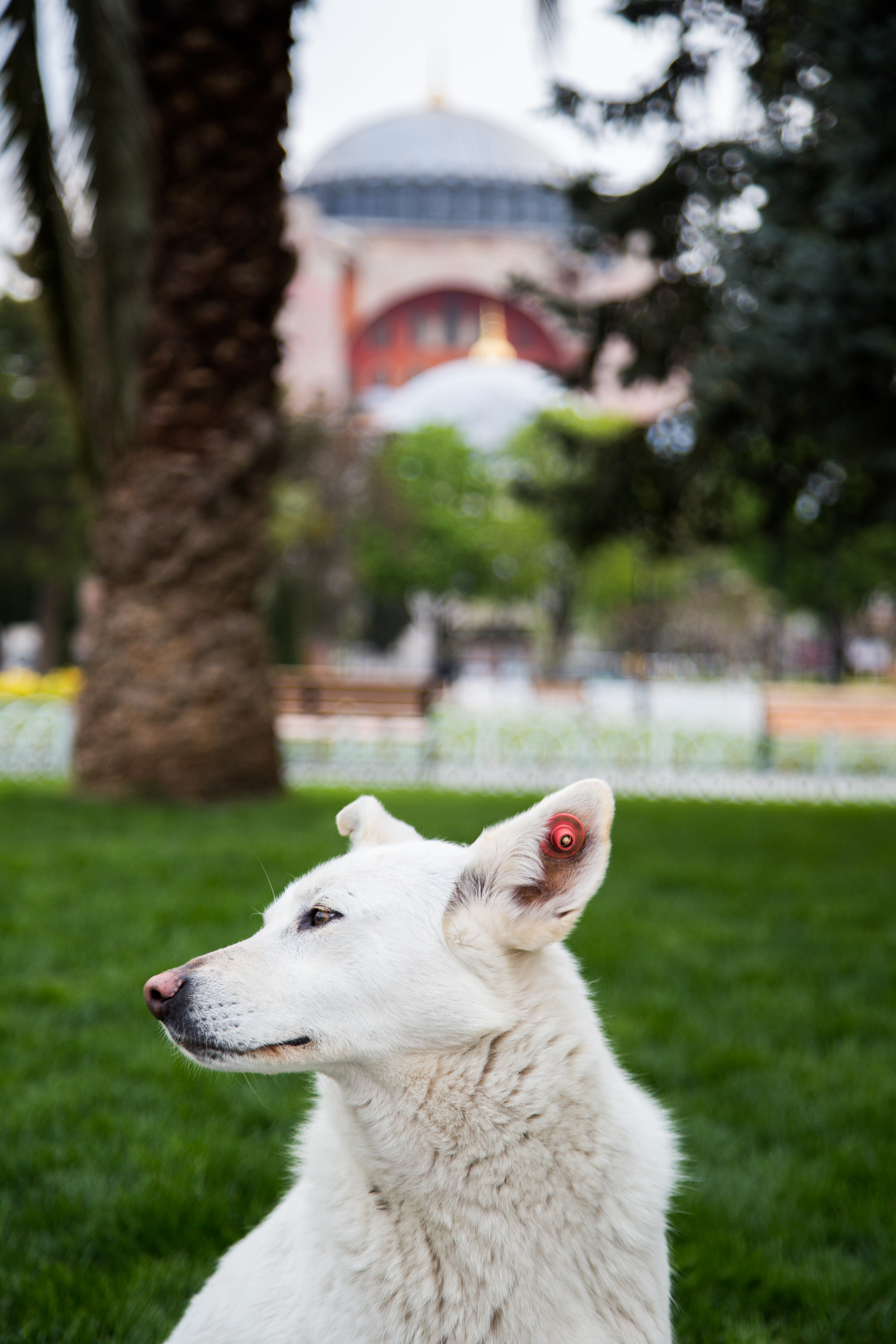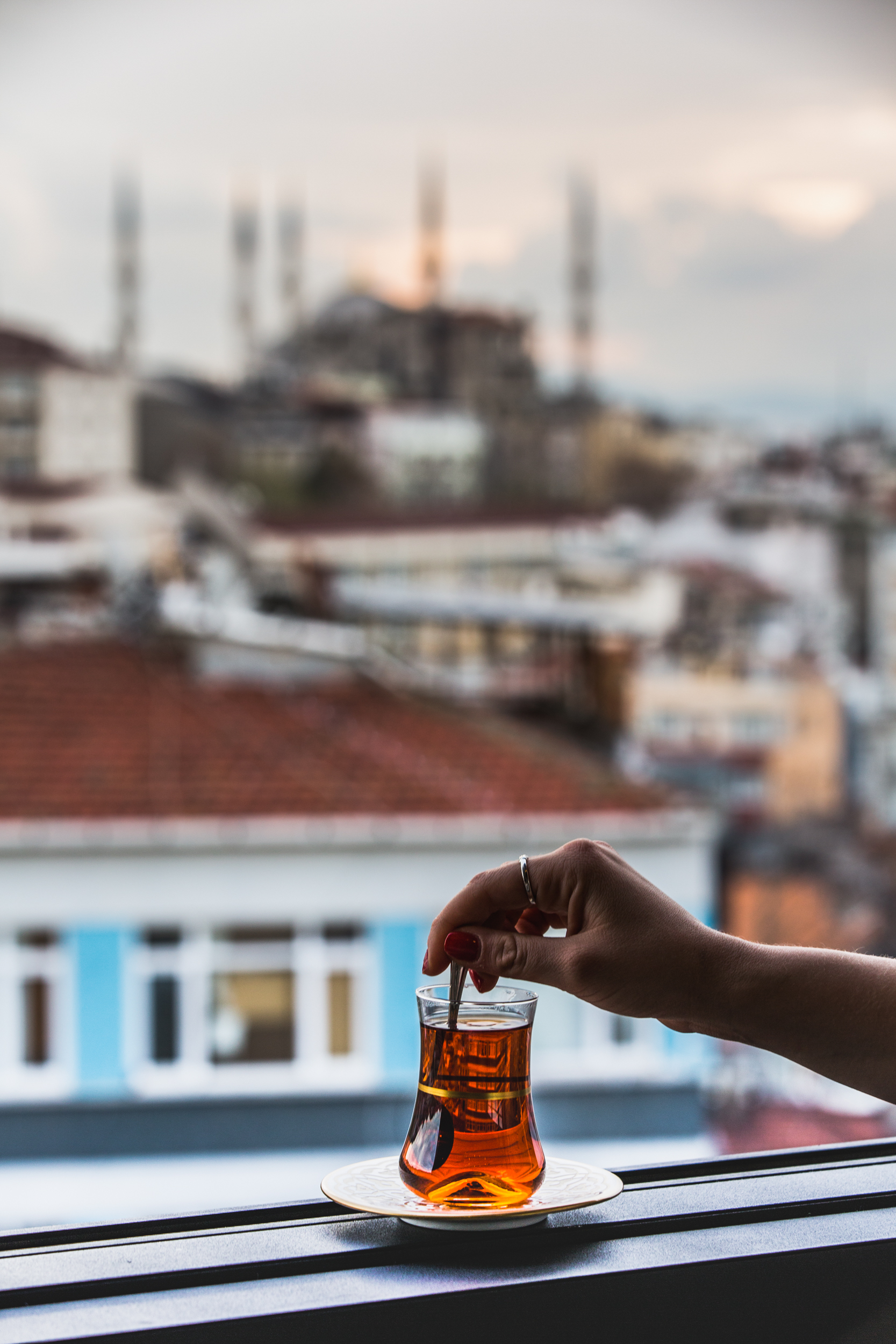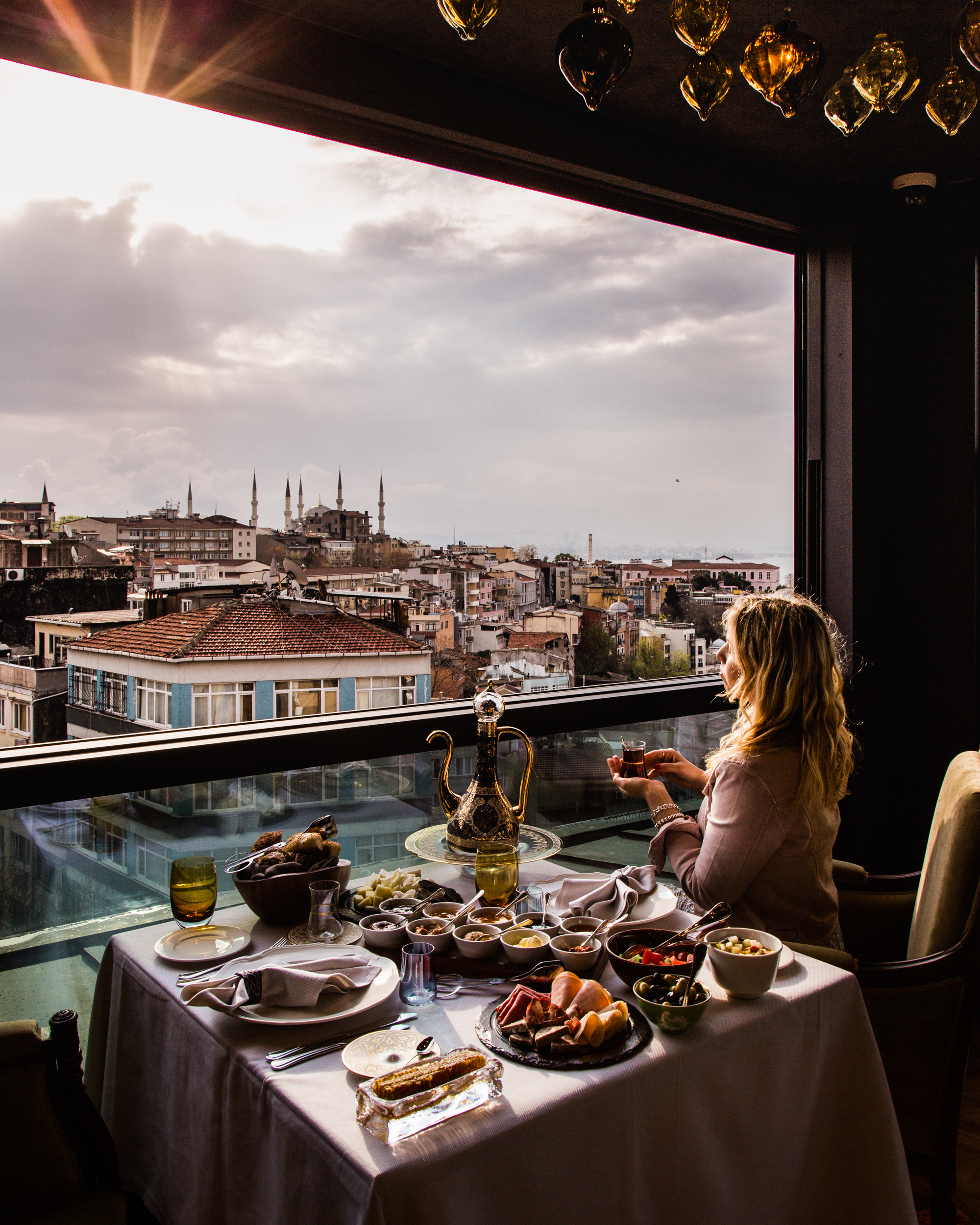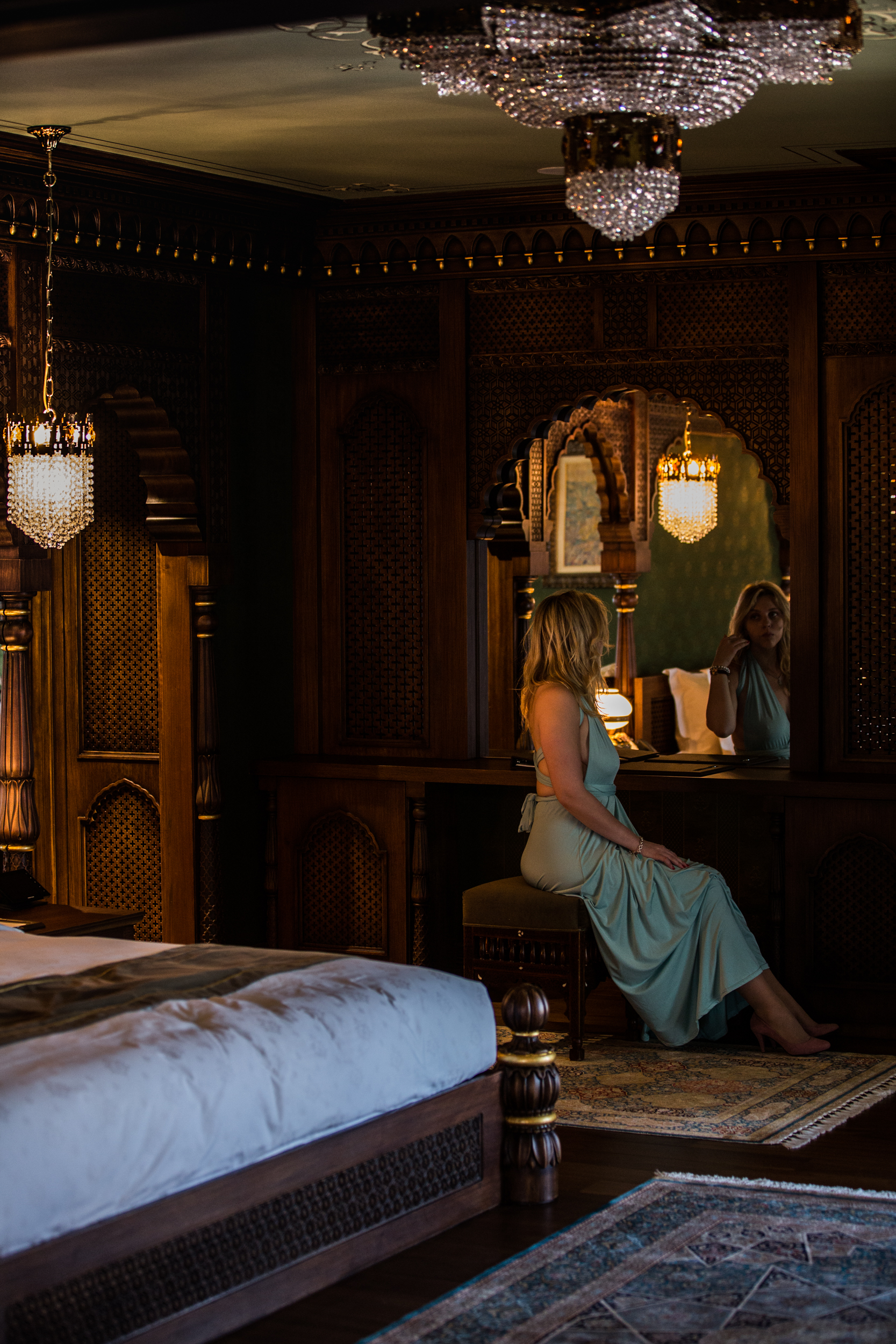2 Days in London
At the end of September I finally got a chance to visit London. I’ve got invited by MINI to attend the London Design Festival and to check out the MINI LIVING URBAN CABIN - a conceptual housing structure created by MINI together with the Sam Jacob Studio, which offers a glimpse into the future of urban living.
I was really excited, because I love design, innovation and I didn’t want to miss a chance to check out the British capital. Believe it or not – I’ve never been to London, despite knowing it better than anything from all the movies, TV-shows and books.
I’ve spent 3 days walking around, meeting friends and getting my first impressions.
Photo of me above left: Holly Cato
This won’t be a guide, since I really am not an expert (yet), but I will share some of the pictures I’ve shot on my visit as well as a short vlog, which tells the story better than written words:
It was fun to visit the MINI LIVING URBAN CABIN and meet the people behind the cabin’s design and concept as well as some fellow instagramers, like my buddy Allan, who is a great travel photographer and a fellow ginger.
During my short three days I’ve also checked the important sights (briefly) – The Big Ben, London Eye, Tower bridge (from the distance), St Paul’s Cathedral (at sunset) and had a 2 minute glimpse of the Buckingham Palace.
I also fell in love with all the vintage stores in Kensington as well as the colorful houses of the Portobello Road and pastels of Notting Hill (remember that Julia Roberts/Hugh Grant movie?)
All together, I really enjoyed just walking around the city, having relaxed beers in pubs and not rushing though the sights like I usually do in new cities. This time I took a very relaxed approach, since I know I will be back soon, especially after reading a cool guide to Eccentric London, I’ve gotten in the urban cabin during a book swap (another brilliant idea).
By the way, if you are in New York in October, check out the MINI LIVING URBAN CABIN there – it is on exhibit in Greenpoint, Brooklyn starting October 6th! Here are some inspiring images from the Big Apple for you:
7 days in Tokyo (Japanese impressions)
I’ve read so much about Japan – Murakami and Banana Yoshimoto were among my favorite writers for a long time, I was fascinated by Sei Shonagon’s Pillow Book since I was 17, read about geisha and weird Japanese fashion, ate sushi on Sundays... Yet my visit to Japan was everything and nothing like I imagined.
When I think about it, I don’t go to places with a drastically different culture that often. When I do, it is usually a cultural shock, but I am prepared. Japan was not a shock – because “shock” is a negative word, and I experienced nothing but pleasant emotions. It was more of a cultural “surprise”.
I even managed to shoot a video blog (honestly, the hardest job imaginable and not as fun as some might think) in order to share some of my experience first-hand. Check it out!
To sum up the video, I decided to write about Japan/Tokyo in a form of a list, commemorating famous Japanese court-lady of the 11th century and writer Sei Shonagon. These are my personal “first-time-in-Japan” observations in no particular order, so maybe I am not following some tendencies, but when you dive right into a new culture, some things scream to you louder than others:
POLITENESS and ORDER
People are generally very polite. Even those who look like they won’t be (like yakuza-looking teens in dark sideways)
Even though I was often the only Caucasian person, no one would ever stare at me or pay any attention. Generally staring at people is not appreciated
“Ordnung muss sein”. People queue at bus stops, metro platforms, convenience stores…No one is breaking the rules and everyone respects their neighbor
Money is usually given to you/taken from you with both hands and a bow. It is considered polite. Bowing generally is a sign of respect, but can look weird for Westerners, since in many situations it feels unnecessary
Showing your emotions in public is not appreciated. People usually laugh and have fun in bars and restaurants, but I rarely/never observed rage or anger outbreaks, or even screaming/disobedient children
Japanese service level is “God”. People will do everything to make a customer happy, even when you don’t expect them to. They bow, smile, welcome you, help you when you need it and leave you in peace when they notice you don’t look for assistance. I’ve asked for an aisle seat on my flight back and they didn’t have a free seat for me. I almost forgot about it, when 15 minutes later my name was called to the Gate. When I arrived, they handed me a new ticket with a bow and apologies – they found an aisle seat (and in business class)
Unlike in America, service is not tip-motivated, since there is no culture of tipping. Moreover, tipping is considered offensive
BIG CITY LIFE
Smoking outside is permitted only in designated areas, nevertheless most bars and izakayas (Japanese diners) allow smoking inside
no trash or garbage bins on the streets. You can walk literally for blocks and blocks and will not have a way to dispose of your empty Starbucks cup. The only places you can throw away an empty bottle are bins next to the vending machines, but even these bins are rare.
There are quite useless jobs, which keep people busy nevertheless – like a person, who stands near a construction sight and tells people to walk around the pit (even though a sign is present)
It is very very safe. There are places, which are kind of ghetto-ish but even there you won’t get in trouble. Level of crime is very low, unlike the suicide level
Flats are usually very tiny (20-25 square meter studio is a norm for a single person) and they are rarely shared with roommates. Kids live with their parents, sometimes into their 30s and later alone or with their spouse
You have to remove shoes in many public places, including museums and restaurants
Public onsens (bath houses) are always separated into female and male sections. Tattoos are not permitted. Since I have smaller tattoos on my forearms, I was offered a tape to cover them
FOOD and DRINKS
Tokyo is surprisingly cheap for a tourist. Prices in restaurants were equal to those in Berlin (which is one of the cheapest European capitals). A dinner for 2 with beer, sushi and soup was less than 25 Euros. A huge bowl of ramen/udon usually ranges between 5-8 Euros (also similar price to Berlin), while beer is usually a bit more expensive – around 4.5-5 Euros for half a liter
There are almost no overweight people. In 2 weeks in Japan I saw not a single woman (or man for that matter) over size M. Nevertheless, Japanese diet is high in carbs – rice and noodles are very popular, so is tempura (deep-fried everything)
Sushi are not an everyday meal and are only served in specialized restaurants
the right way to eat udon/ramen noodles is to slurp!
There are almost no outside terraces in restaurants and cafes, people prefer eating and drinking inside or even underground
Green tea is the most popular taste of ice cream
Most popular soft drink is cold green tea – with no additional sugar!
Starbucks and 7-Elevens are on every corner
GENDER ROLES and FAMILY
Men and women very often live separate lives, when it comes to everyday life and after-work activities. So-called “salary-men” usually go to bars and restaurants after work separately from women (the society is still quite traditional when it comes to working women. Japanese have clear gender roles with man being an overworked breadwinner and a woman – a full-time mother and housewife. That changes slowly)
Most people – both men and women–are willing to get married. Marriage is seen as a sign of adulthood. Moreover, Japan has one of the lowest levels in the world for single parents – only about 2-3% of children are born outside of marriage
Generally, I saw a very small number of children and/or pregnant women
International marriages and relationships are not welcome. Japan is still a very closed and homogeneous society, which appreciate but don’t welcome foreigners. I talked to many Japanese, as well as foreigners who live in Japan – and they all confirmed this unfortunate fact. Mixed kids (“hafu”) have it the hardest.
PHYSICAL APPEARANCE and HYGIENE
Personal hygiene is very important. Washlets – toilets with pre-installed bidet and heated seats are installed almost in all bathrooms, including public. Unlike Berlin, shabby chic is not appreciated. Everyone wears clean and ironed clothing, polished shoes, neat hairstyles. I rarely saw anyone looking grungy or unclean.
Japanese age really really well. Seriously. Give me those genes. I saw very few elderly with grey hair. And those I’ve seen were way over 120 (kidding). Mostly remain dark haired far into their 60s. Also I’ve noticed that most people had very clear unblemished skin, even the teenagers.
People are shorter than in Europe – fact. My boyfriend who has an average, for Germany, height (184 cm), was at most times the tallest person in the room/subway car/restaurant/street. As a woman I felt taller than most women as well (I am 174 cm).
FASHION
Japanese fashion is very simple. I rarely saw hipsters, but majority of people on the streets were dressed in a simple, yet elegant manner. Silk, linen, bloc-colors and flowy textures are key elements of the Japanese everyday fashion. I haven’t seen a single person wearing jeans
Fashion freaks we usually see on pictures are very rare. I’ve met with couple of people from the Harajuku fashion scene and they confirmed that the scene is basically same 100 people running up and down Harajuku streets
Most clothing we call “kimonos” are in fact yukatas (summer robes made out of cotton or polyester) or “haoris” - short or longish jackets, which are worn unclosed and without a belt. Price for a decent vintage haori/yukata goes from 500 to 5000 yen – which is 4.5 – 40 euros only
Most people in kimonos are not Japanese, but tourists who like to play dress-up
INTERESTING RANDOM OBSERVATIONS
People almost don’t speak English or other foreign languages. Learning how hard it is to learn writing just in Japanese, I understand why
Japanese kids learn how to write for whole 6 years (it’s the time needed to perfect kanji – the traditional Chinese characters, which Japanese adopted for their use). Japanese writing is usually a combination of complicated kanji (where a symbol can mean the whole sentence or a word), simplified hiragana (syllables) and sometimes katakana – used to write foreign words. There are many ways to write the same sentence or even word – all depending on the author’s preference and the level of formality. See my vlog for Rika’s explanation of the different symbol usage
Japanese tend to overpack everything. A single egg wrapped in plastic and then put in a cardboard, or an apple, sliced and put in 3 different plastic bags inside of another plastic bag – is a usual thing
Phones, manufactured for Japanese markets don’t have shutter silent mode function. This is done to eliminate perverts, discretely photographing female underwear in public transportation
Japanese have the most magazines published per-capita in the world
For buying electronics I’d recommend going to Akihabara but the prices for electronics are surprisingly high
Despite not knowing English, people will still talk to you non-stop, even when you show clear signs of being a Japanese language dum-dum
Japanese TV programs are surprisingly poorly made. I have no further elaboration on the topic, since I obviously don’t speak the language
MY RECOMMENDATIONS:
HOTEL: Upon my arrival to Tokyo I stayed in Prince Gallery Hotel Kioicho and it was a Lost in Translation experience. Extraordinary service and the best view over the city.
If you are looking for a budget version, I'd look into Airbnb close to public transportation but further from the crowded and noisy parts like Shibuya, Akihabara or Shinjuku Train Station. I've stayedand it was a very pleasant experience.
COFFEE: Best coffee I've tried as well as a nice design was in Counterpart Coffee Gallery
BEST FOOD: I literally cannot recommend a restaurant, since almost everything I ate was delicious. I recommend just stroll the Memory Lane (Omoide Yokocho) in Shinjuku and pick an izakaya
PHOTOGRAPHY TIPS: for that ultimate street-crossing view skip Shibuya ""scramble crossing" and go to Tokyu Plaza Ginza rooftop. Also try to do a long-exposure shot of the JR train rails going across the rainbow bridge. For that go to Shimbashi Station and take the Yurikamome automated train.
3 days in Istanbul
If you ask me what’s the most romantic city I’ve been to, don’t expect "Paris."
For me the most romantic city I’ve ever been is Istanbul, Turkey.
On the roofs of Sultanahmet. Photo: Van Vorobei
I don’t know what exactly attracts me in that 20-something-million metropolis, spread over two continents and divided by the sea.
There are so many things, which create that one picture – the imperial history, chanting of the muezzins, hundreds of cups of black chai, smell of the musk and roses in the old bazaar, crowded ferries, bloody sunsets over Bosporus, getting lost in the narrow streets of Taksim, going out in vibrant Kadiköy and taking a taxi from Asia to Europe at night. All these little impressions created a picture, which, undeniably, made me fall in love with this city.
Rainy night in Taksim. Photo: Alen Palander
The portrait of the Mustafa Kemal Atatürk, the founder and the first president of indipendent Turke, in a window of a reseidential building in Moda
Istanbul is way too big and way too spread out to be able to discover it in three days. But if you are on a tight schedule, you have to set priorities. What is that you want to see – the historical touristic part or the everyday unbeaten paths and youth culture?
I can assure you that can do both (and we did), but if you don't want to be constantly in a hurry you should discover the city more gradually, over time. One can come here once in a while – from Europe it is quite easy and relatively inexpensive to do, thanks to the Turkish airlines rates and network. Talking about these airlines – they provide the best service (and are awarded for that on a regular basis) and honestly, I rarely flown better and felt more of a welcomed guest.
Istanbul is the only city in the world divided by the sea and placed on two continents – Europe and Asia. This noble city, currently most populous in Europe and 7th most populous in the world, was founded approximately in 660 BC and served under different names as the capital of many empires – Roman, Byzantine, Latin and Ottoman. The mixture of different cultures, religions, traditions, architectural styles and topography is probably what makes Istanbul one of the most interesting places to visit.
Cargo ship makes his way through the Bosporus at dawn
European Side
Most touristic sights can be found on the European side, mainly in the districts of Fatih (including Eminönü and Sultanahmet), Beyoğlu (formerly „Pera“) and Beşiktaş (yes, that’s why the football club is called like that).
Fatih is the place to discover history. The neighbourhood Sultanahmet with the most prominent sights – the Blue Mosque (Sultanahmet Mosque) and the Hagia Sophia museum, as well as the Grand Bazaar (one of the biggest and oldest covered markets in the world, with 61 streets and over 4000 shops) and the Basilica Cistern (made extra famous to the Western Audience by Dan Brown’s novel Inferno and the movie of the same name) can be found here.
Blue Mosque seen from the window of Hagia Sophia
The mysterious interior of the Saint Sophia gave me goosebumps.
Spice market is situated next to the Grand Bazaar and offers a feast for your senses.
The hipper young parts of Fatih include the twin quarters of Balat and Fener – the equivalent of Kreuzberg and Neuköln in Berlin or Williamsburg and Bushwick in New York City (pardon me this rough comparison). If you want to sit in a cool café, discover local designers or take pictures of low-flying planes and colourful buildings – you should come here.
Could you catch a plane in between the buildings, like a pro instagramer?=)
Beyoglu, separated from the Old City (Fatih district) by the Golden Horn, is the capital’s center of art, nightlife and entertainment. You can walk in the waterfront commercial neighbourhood of Karaköy, climb the Galata stone tower or have a great time in one of the bars in Taksim neighbourhood, with its main artery – the Istiklal Caddesi (Independence Avenue). Honestly, since it was my second visit to Istanbul, I skipped Beyoglu almost completely, since – regarding the nightlife part – it is very touristic and I like to feel myself a visitor but not a tourist.
Galata Tower seen from across the Golden Horn
When it comes the Beşiktaş (the municipality, neighbouring Beyoglu) the most interesting part of it for the short visit would be the neighbourhood of Örtakoy with the beautiful neo-baroque mosque of the same name. Hint for photographers – the square nearby the mosque is a key place for the sunrise pictures. Another key historical building of Beşiktaş is the eclectic Dolmabahçe Palace, built in the 19th century to suit the modern European tastes of the Sultan Abdülmecid I, who thought that the Ottoman Topkapı Palace in Sultanahmet was too old-fashioned.
Örtakoy neo-baroque mosque. The best time to come here is at sunrise.
Asian Side
The Asian side is connected to the European by several bridges, but the best and most spectacular way to get there will be by taking a ferry from many stations – the usual most central stops are in Eminönü and Karaköy. The ferry system is a part of the public transportation in Istanbul, thus ferries are very regular and inexpensive).
Taking a ferry at sunset is an experience of its own. You will be offered the usual chai and can enjoy it on the open deck with the view of the city, opening to you from the sea. The trip from Karaköy station to the opposing Kadiköy will take no more than 30 minutes. This is a trip I could take on an everyday basis – definitely much better than being jammed underground in a usual subway.
Take a break...drink a chai
Kadiköy is the name of the district as well as the popular neighbourhood within. The neighbourhood is a heart of Istanbul’s alternative nightlife, with many bars opened till late. The upscale waterfront neighbourhoods of Moda and Fenerbahçe are have great places for a relaxed stroll or a day on the beach.
The most famous historical sight of Kadiköy is the Istanbul Haydarpaşa Terminal, the train station on the sea shore, which was a connection point for the passengers of the famous Orient-Express, who wanted to continue their travels further to Asia. My desire to visit Istanbul in the first place was triggered by seeing the heroine of Audrey Tautou in the beautiful 2009 Chanel commercial, directed by acclaimed director Jean Pierre Jeunet, and shot in Istanbul. In this commercial Audrey takes the Orient-Express to Istanbul, meets a good-looking stranger and falls into his embrace at the Haydarpaşa train station.
If you feel more adventurous and want to discover further quarters of the Asian side, I would recommend getting off one of the stops in Üsküdar – the district, neighbouring Kadiköy.
We went to Çengelköy, a residential neighbourhood with a beautiful waterfront and many villas and palaces built during the Ottoman period.
Busy street life in Çengelköy
Another tourist-free stop was the historical Jewish neighbourhood Kuzguncuk, with its wooden houses, which reminded me so much of San Fransisco, and a breathtaking sunset view of the Örtakoy and the Old City in the distance.
In the sea offshore Üsküdar you will find one of the most hashtagged and photographed sights in the world – the Maiden's Tower. It is best photographed at sunset, with the gorgeous backdrop of the European side’s Old City. Several private boats take tourists to the islet, where the tower stands – I still think it is better observed from the distance though.
Another glass of chai with the Maiden's Tower in the distance
I can imagine reading about all the districts, neighborhoods and sights can be rather confusing.
Thus I also prepared my own list of Top-10 things to do in Istanbul over a short visit:
- Visit Hagia Sophia and the Blue Mosque – standing just few hundred meters from each other, they both offer a perfect introduction into the history of Istanbul. Hagia (Saint) Sophia, first a Christian church, then a mosque, and now a museum has not only an almost 1500-year old history, but also a mysterious atmosphere, which left a huge impact on me. Blue mosque (Sultan Ahmet mosque), named so after the beautiful blue color, dominating its interior, is a working religious building and visitors should treat it with the according respect.
- Walk through the Grand Bazaar and buy some overpriced souvenirs. You can definitely find cheaper prices at a supermarket, but here you pay for the almost-cinematic experience.
- Climb on top of the Grand Bazaar or one of the surrounding secret roofs to have the most breathtaking view of Istanbul. This can be a tricky one, but it is definitely worth it. You can find ways of getting on top of buildings in Fatih by simply googling it. There are also several rooftop terraces at the surrounding hotels
- Drink 10 cups of black sweet chai in one day. I never drink sweet black tea, but in Istanbul it’s a must. I even bought a small glass as a souvenir. The usual price at any street café would be 1,5-2 Lira, an equivalent of 40-50 eurocents.
- Photograph a plane in between the buildings of Fener. I saw pictures of low-flyng planes on Instagram and always thought they are too good to be true. Nevertheless, after visiting Fener and seeing an airplane flying so low, I could almost hear a baby screaming in the economy class, I changed my mind and even took a cool picture on my own.
- Eat a kebab. Or three. Best hangover food ever. Not that I drink much, but kebabs in Istanbul are delicious. Might be problematic if you are a vegetarian though;)
- Wake up before sunrise to catch the first morning rays by the Örtakoy mosque. To be perfectly honest – I didn’t do it. I generally have problems waking up early. But the pictures I’ve seen were spectacular.
- Take a ferry from Karaköy to Kadiköy at sunset. This is probably my favorite activity in Istanbul. Enough said.
- Visit the Maiden Tower. Just to cross off your list one of the most hashtagged sights in the world!
- Go all the way to the posh Bebek district to have a (non-Turkish) coffee at the most picturesque Starbucks in the world. This might sound funny, but google that terrace. Bebek is one of the poshest neighborhoods, with many boutiques, upscale restaurants and bars. The Starbucks there with the view over the Bosporus is first class as well
Here is also short list of places, which I recommend:
For fine dining: Mikla and Leb-i Derya in Pera (Beyoğlu) both with a tremendous city view and great food.
For sleeping: Ajwa Hotel Sultanahmet – an upscale, but absolutely amazing choice for those who appreciate art (original paintings and drawings of the famous Azerbaijani artists on the walls are museum worthy), service and privacy.
The entrance to the Ajwa Hotel Suntanahmet is sightseeing worthy
For drinks: Külhanbeyi and Alex’s Bar in Beyoğlu for classic cocktails, Kadife Sokak street in Kadiköy (Asian Side) for casual drinking.
For hipster culture: just head to Fener and Balat and wander around. I really enjoyed the Coffee Department coffee shop and roastery there with its Brooklynesque vibe.
For chai: atmospherically the best places to drink chai would be either on the ferry (they’d always offer tea to passengers) or in a small café in front of the Haydarpaşa Terminal in Kadiköy.
I really hope you enjoyed my little guide to Istanbul. In no way I am an expert and would love to discover this marvellous city again and again, but for those, who share similar tastes as me, I hope this will be helpful and informative.
I am very thankful to the Turkish Ministry of Culture and Tourism for organizing this trip for me and several other instagramers. Check out the full VIDEO from our trip.
The next part of my Turkish journey – our 2-day trip to the hot-air-balloon region of Cappadocia will follow! Stay tuned.


